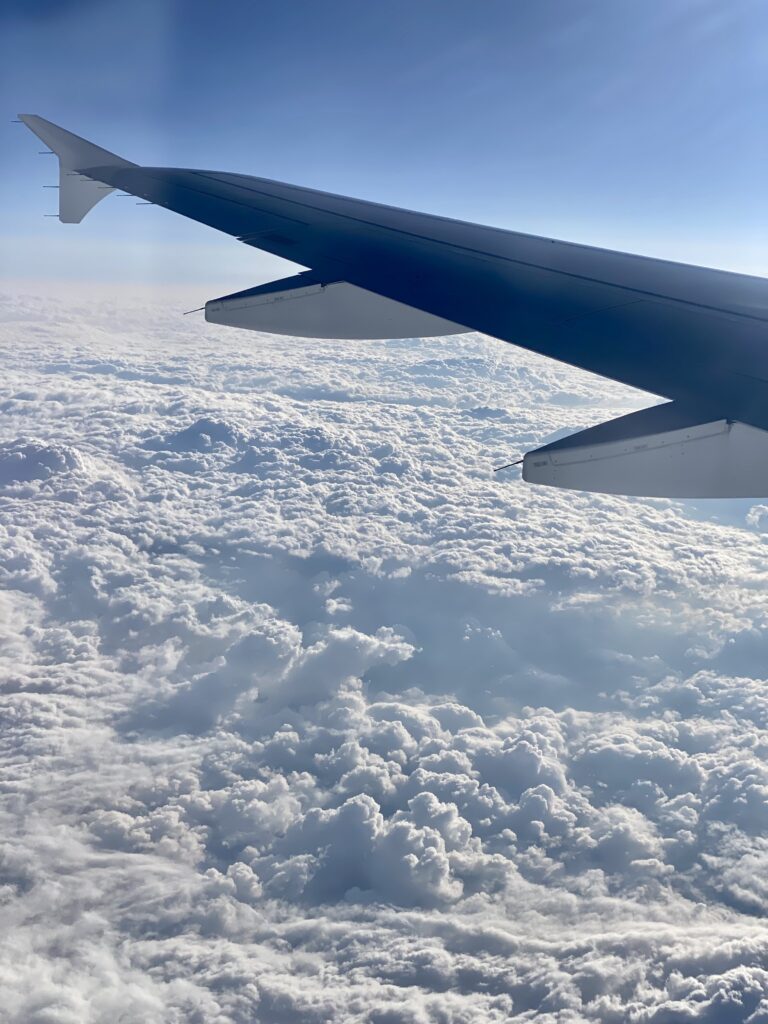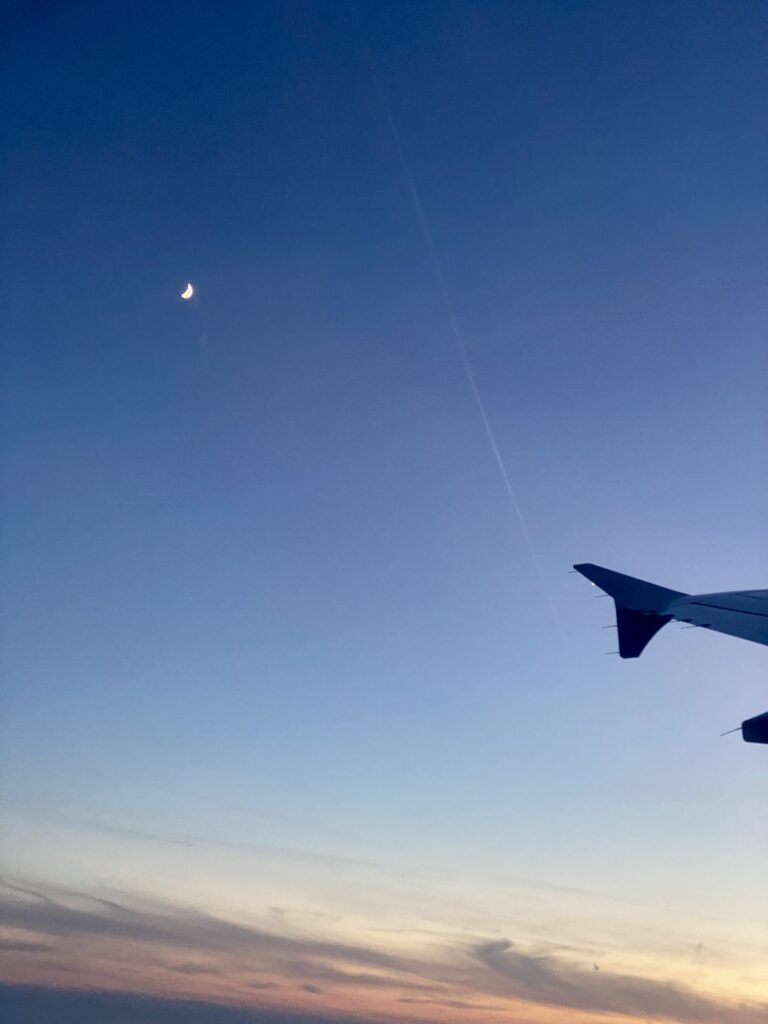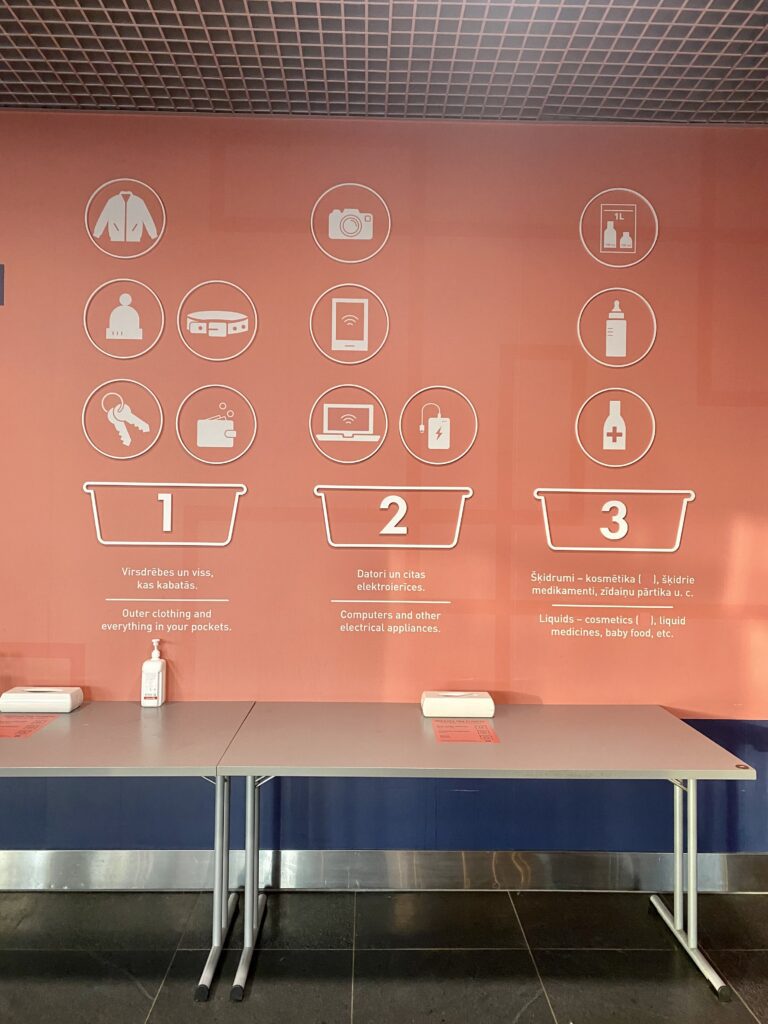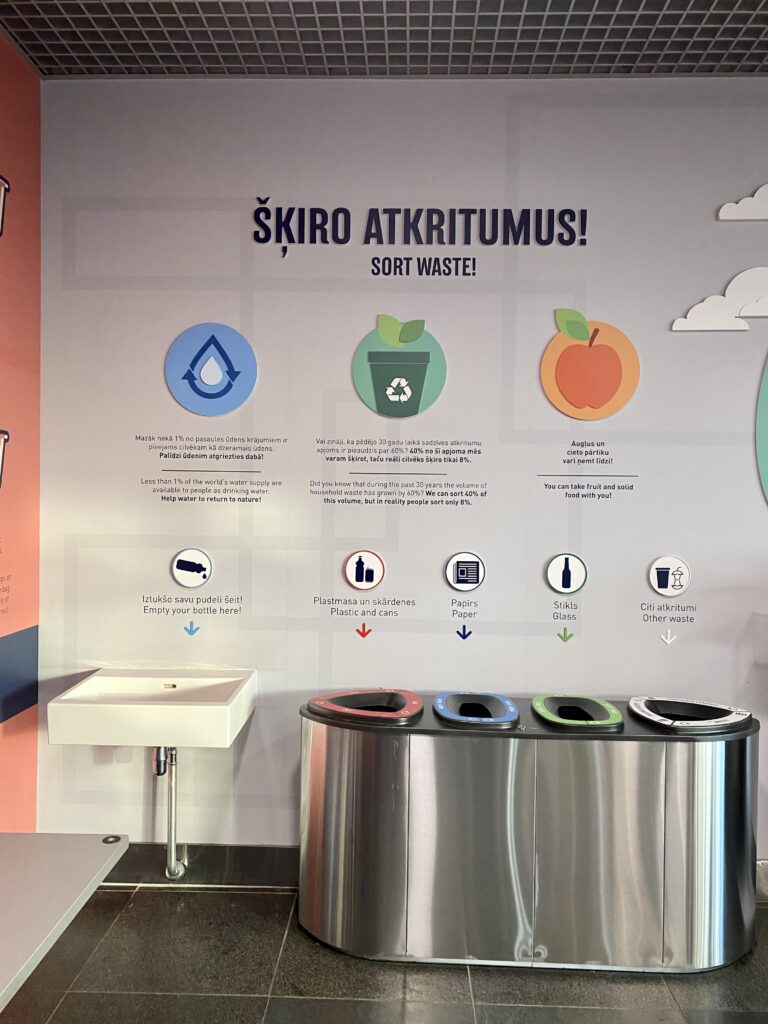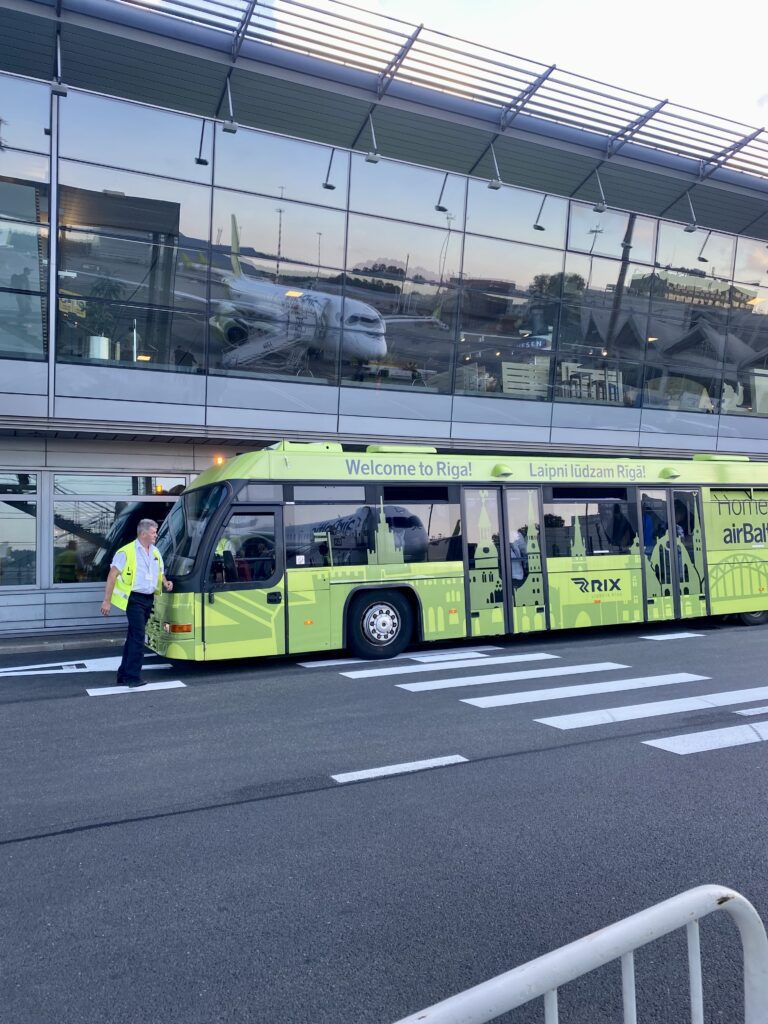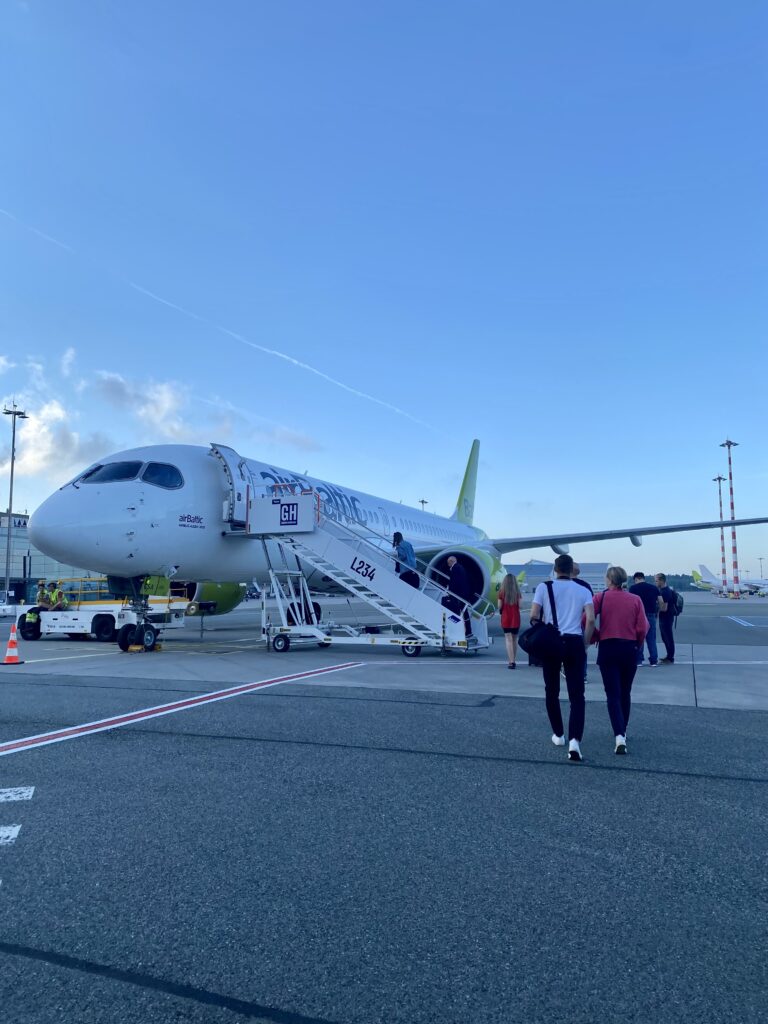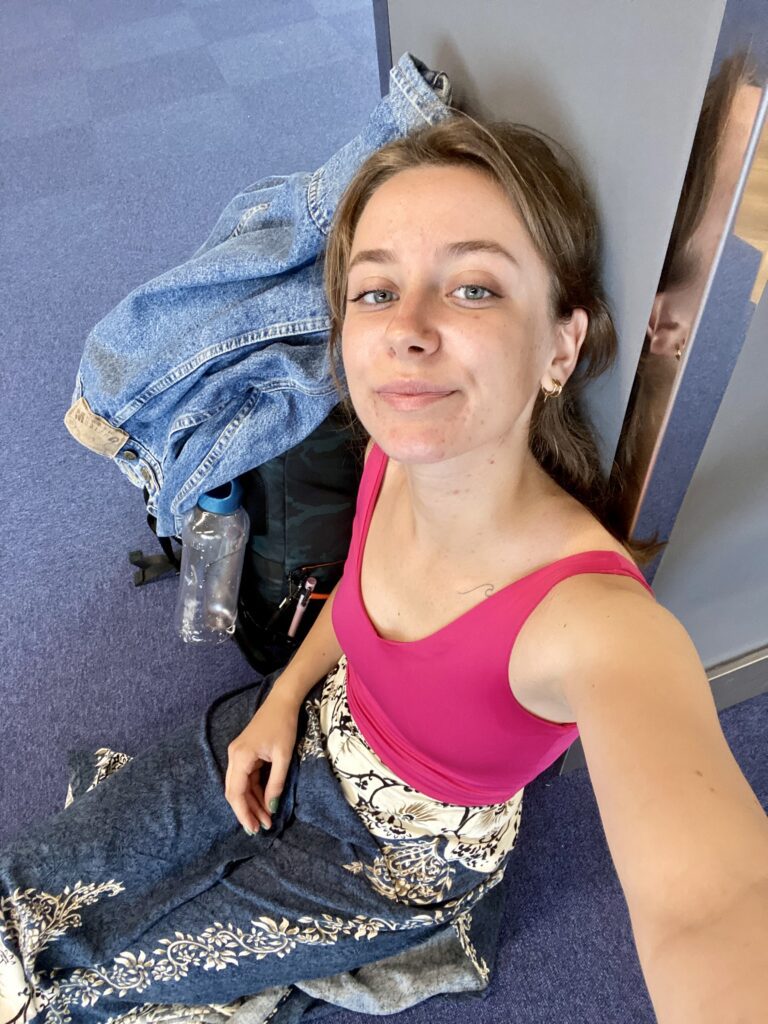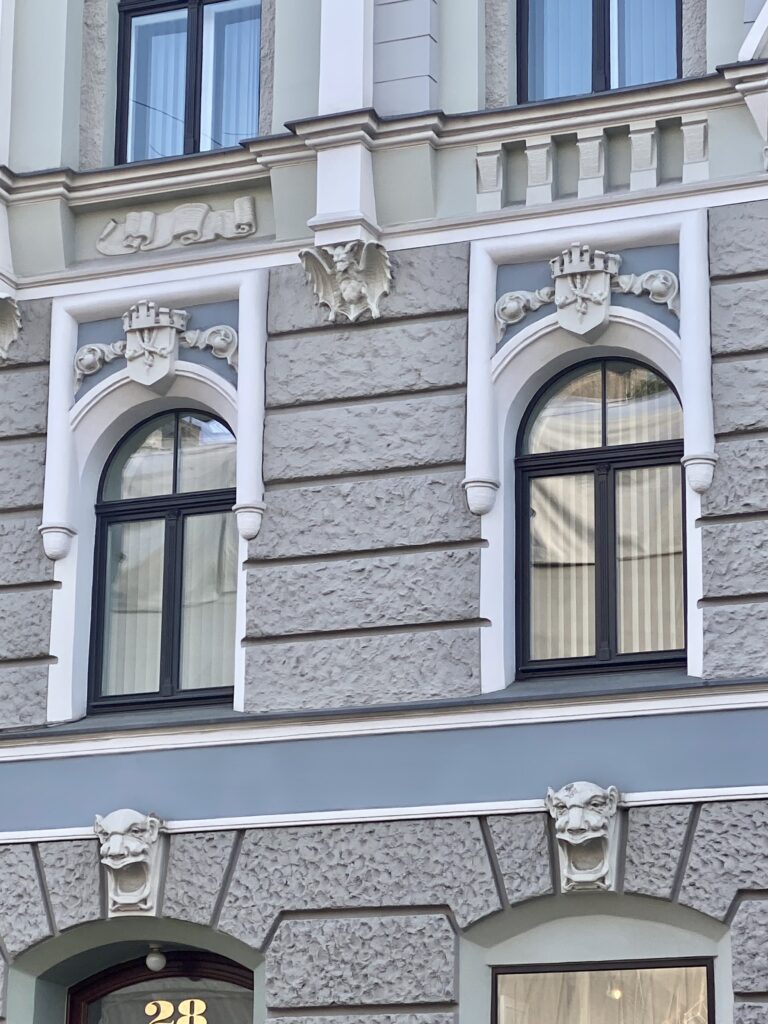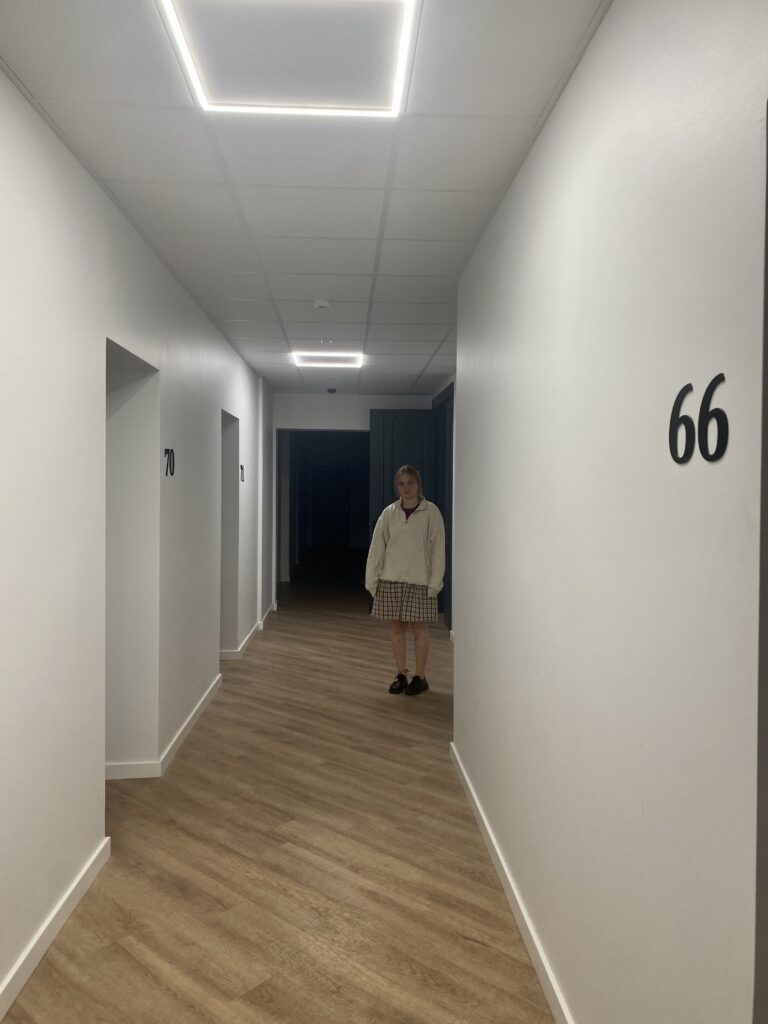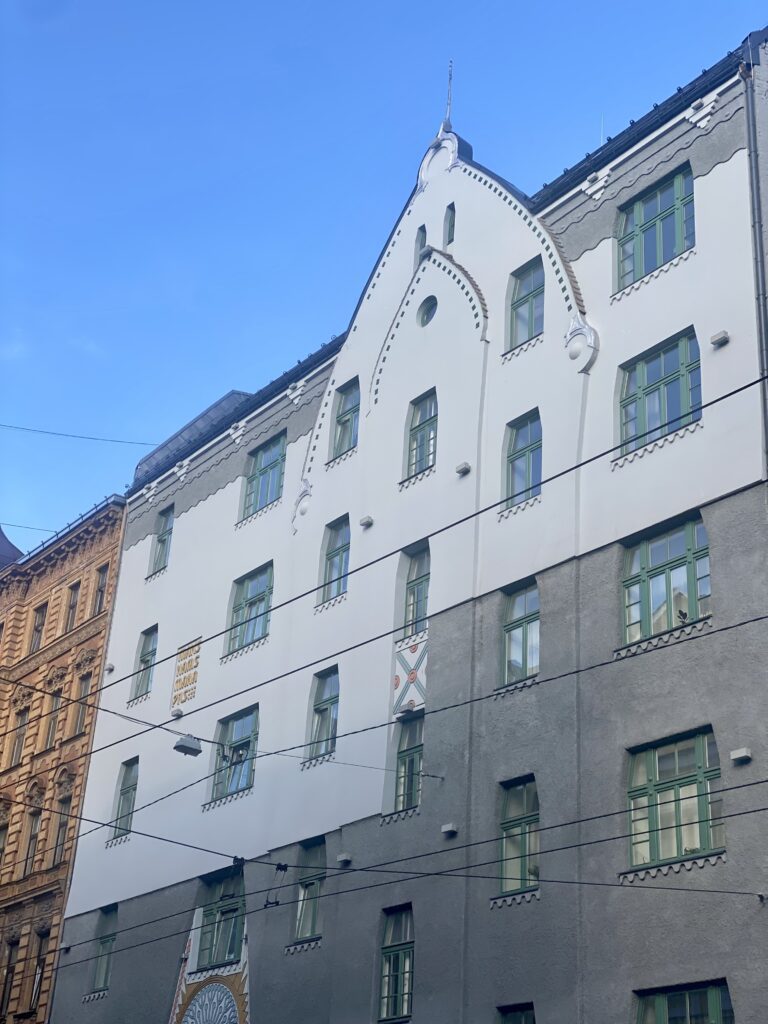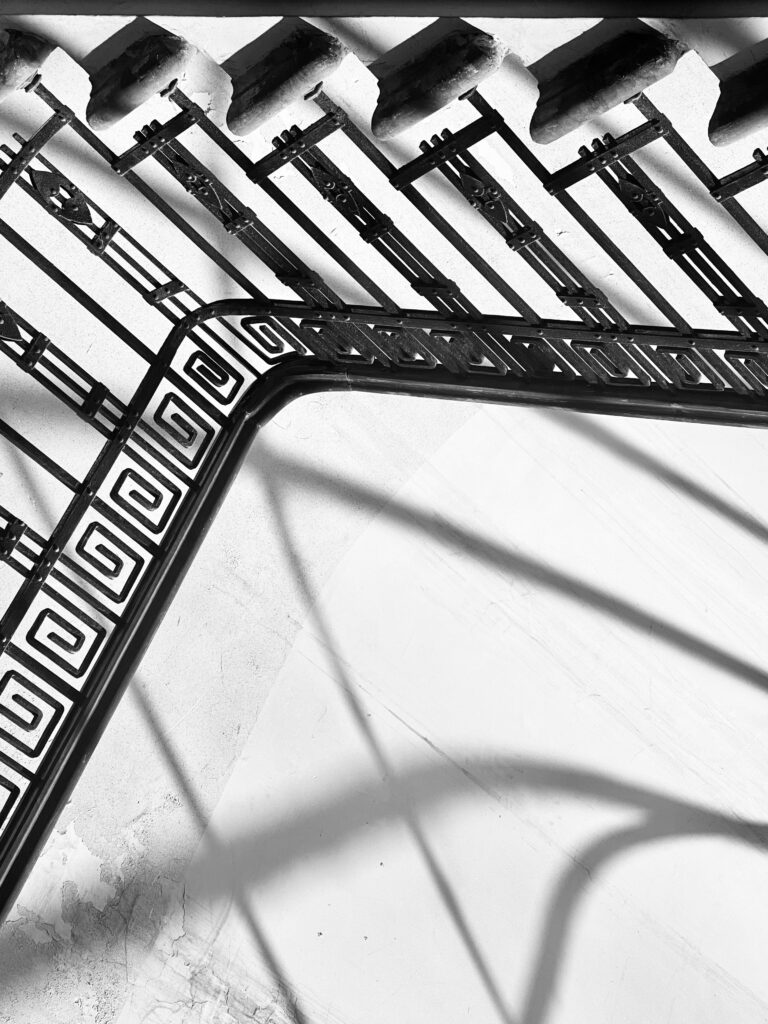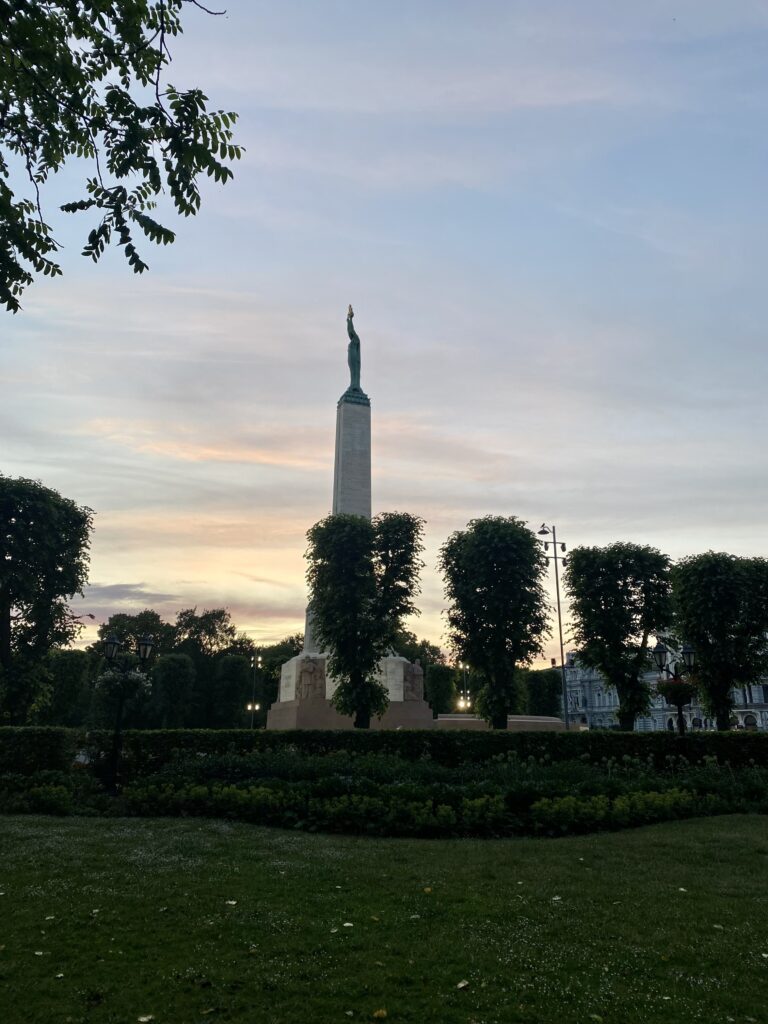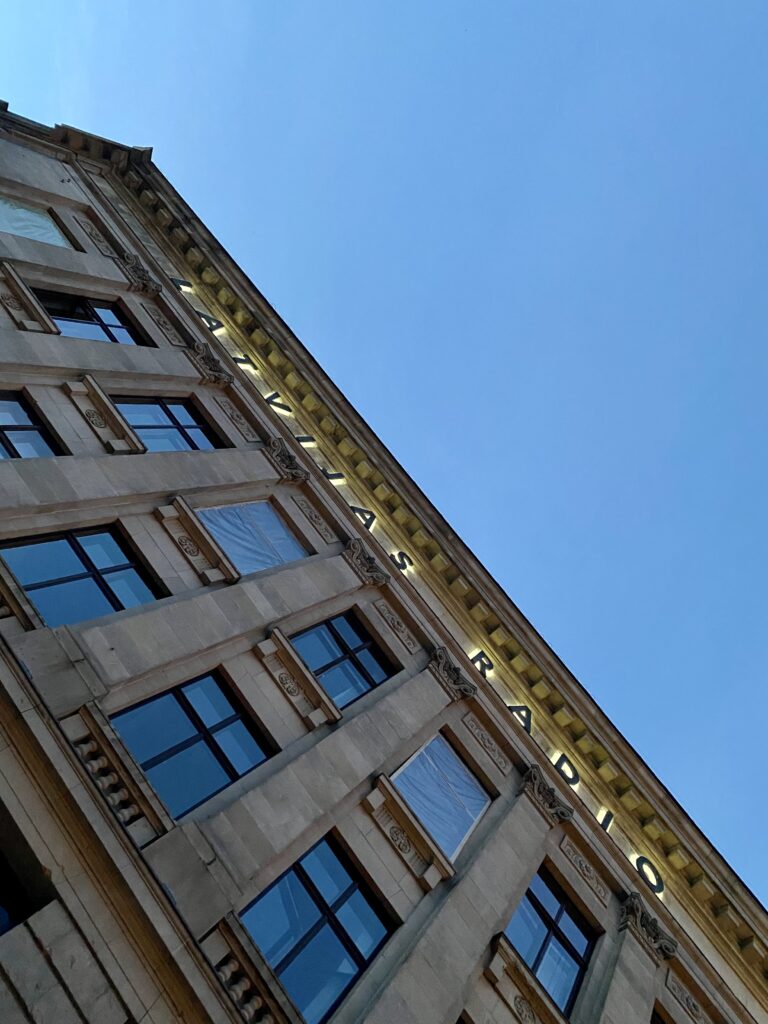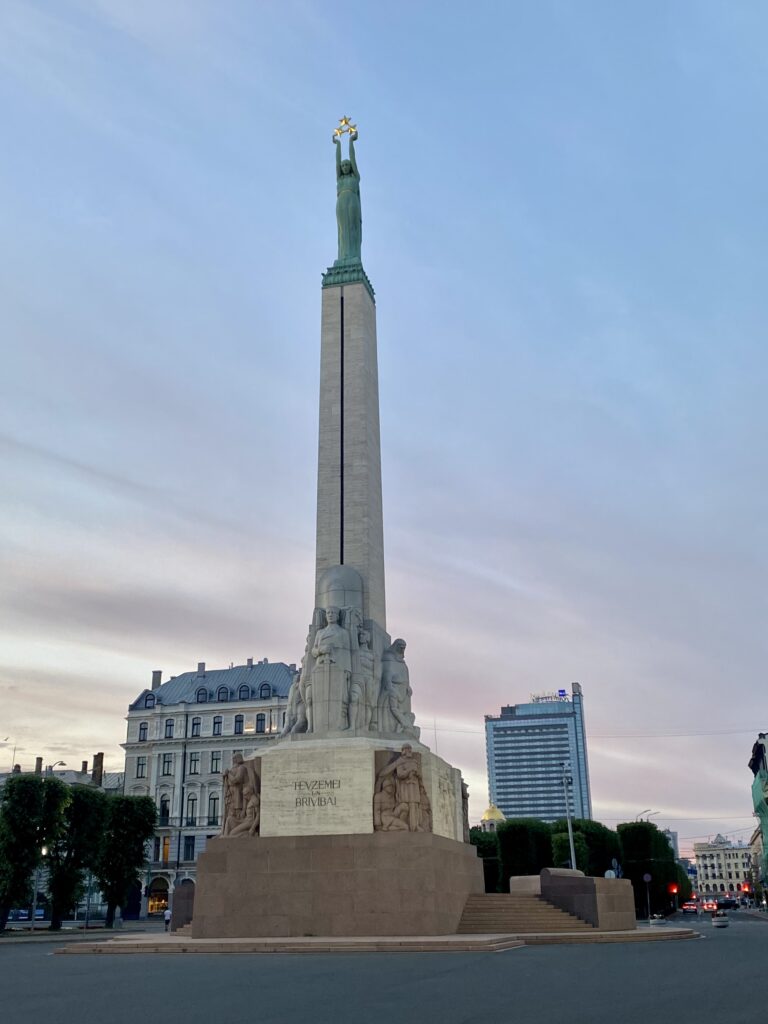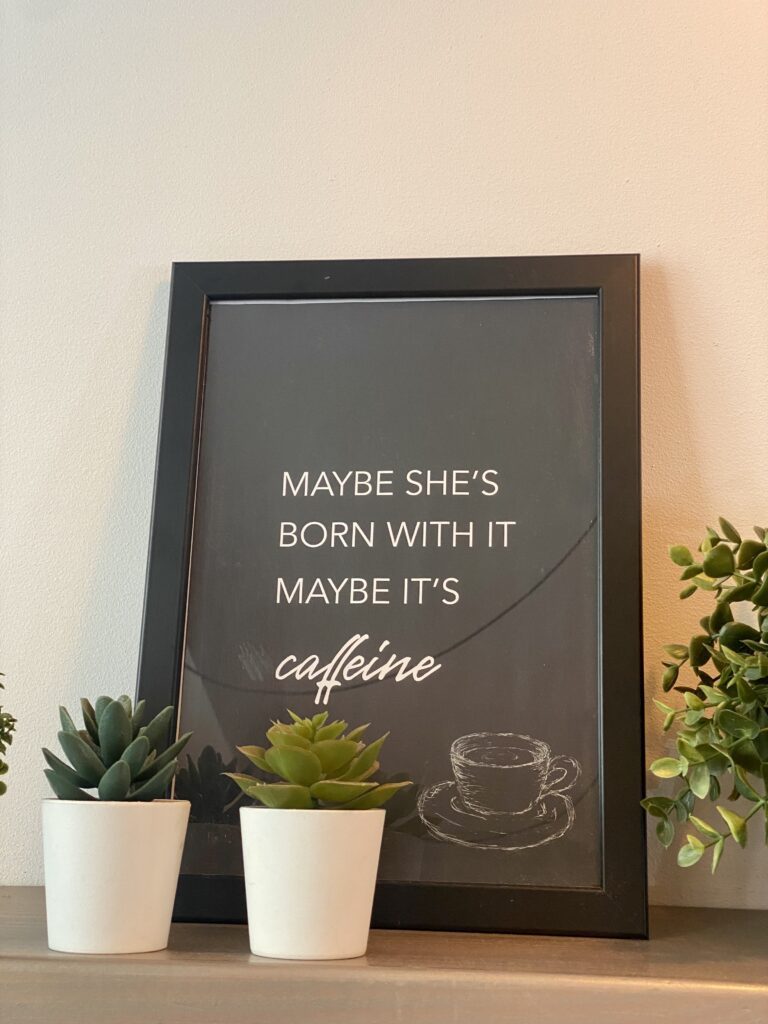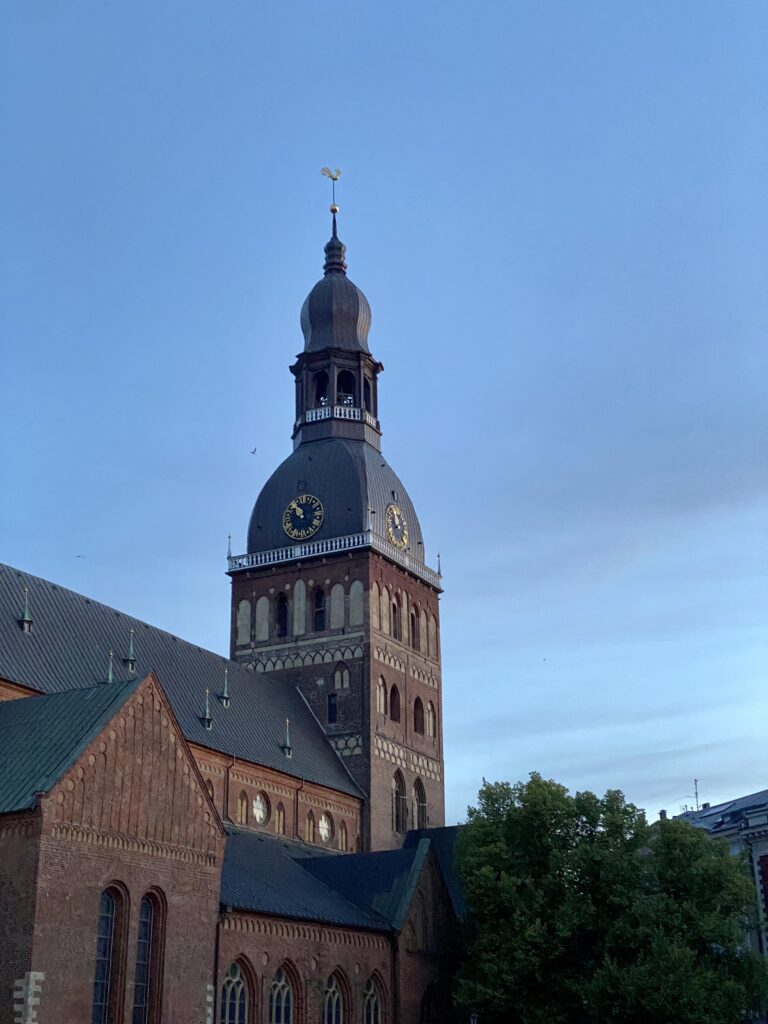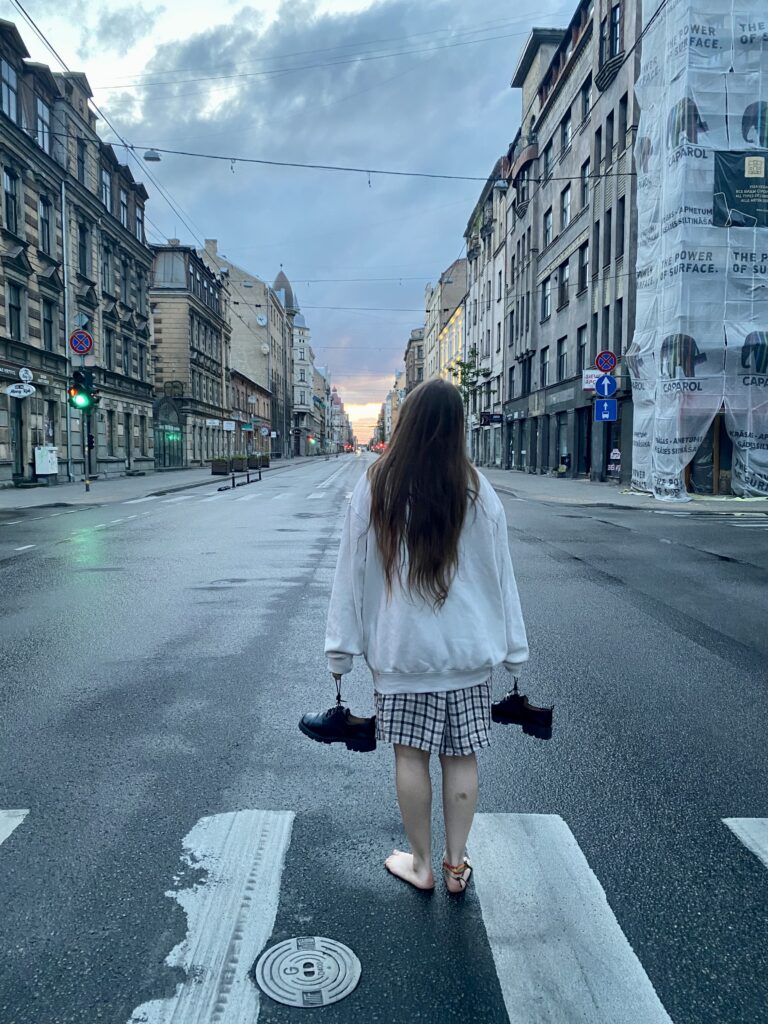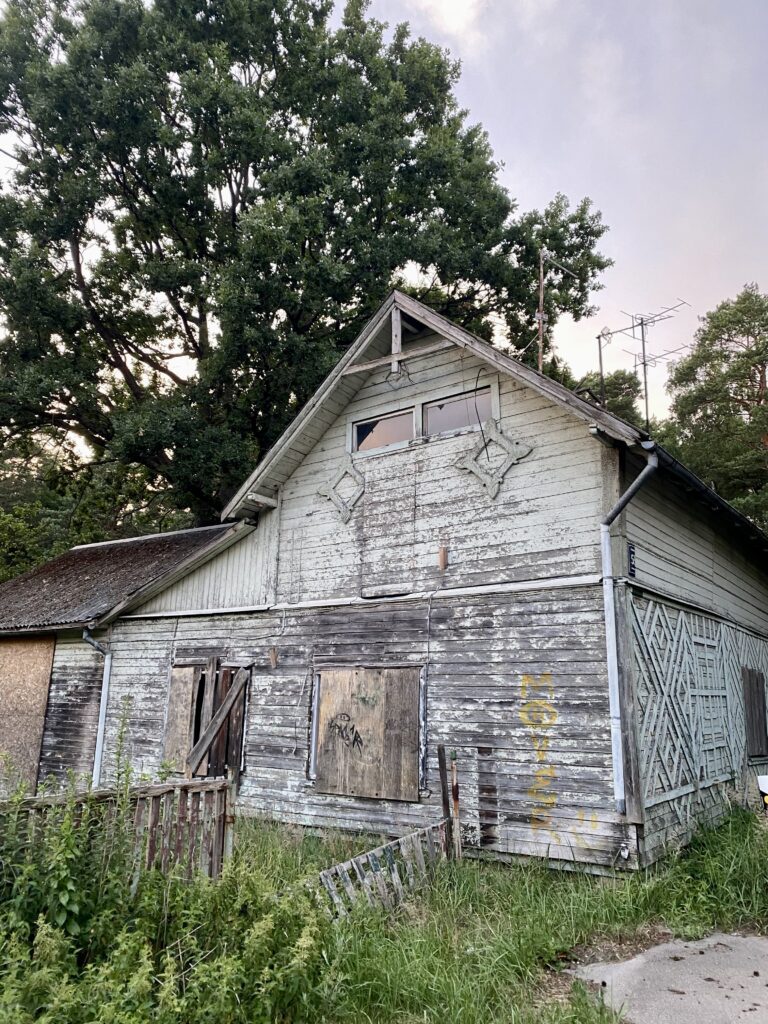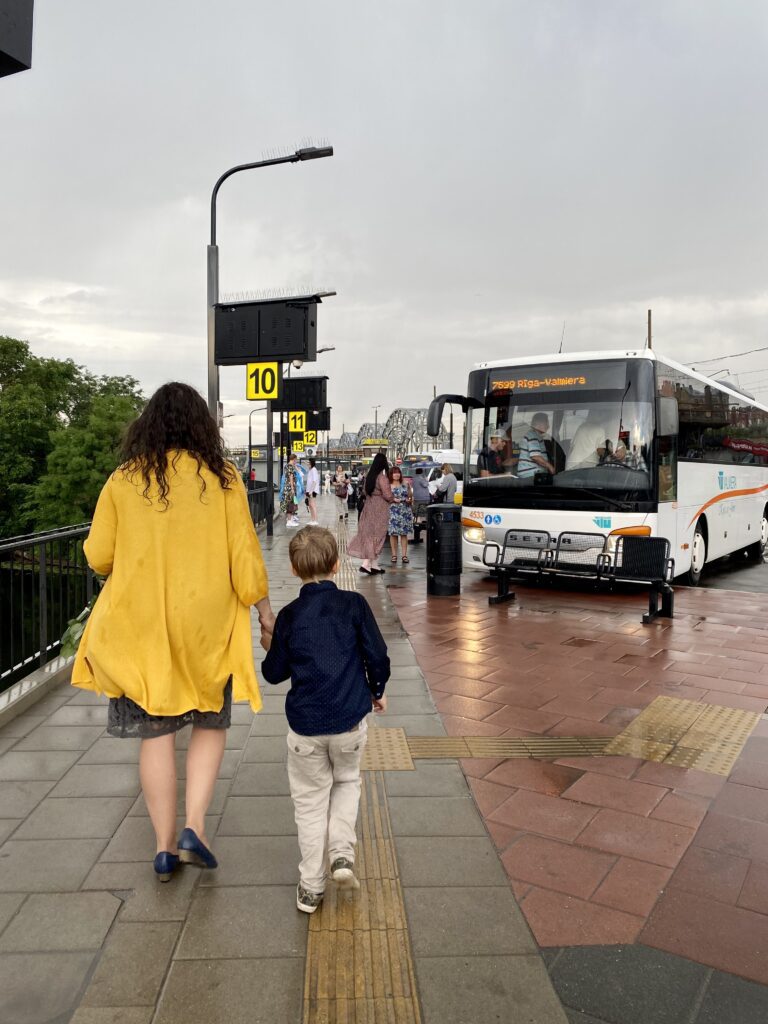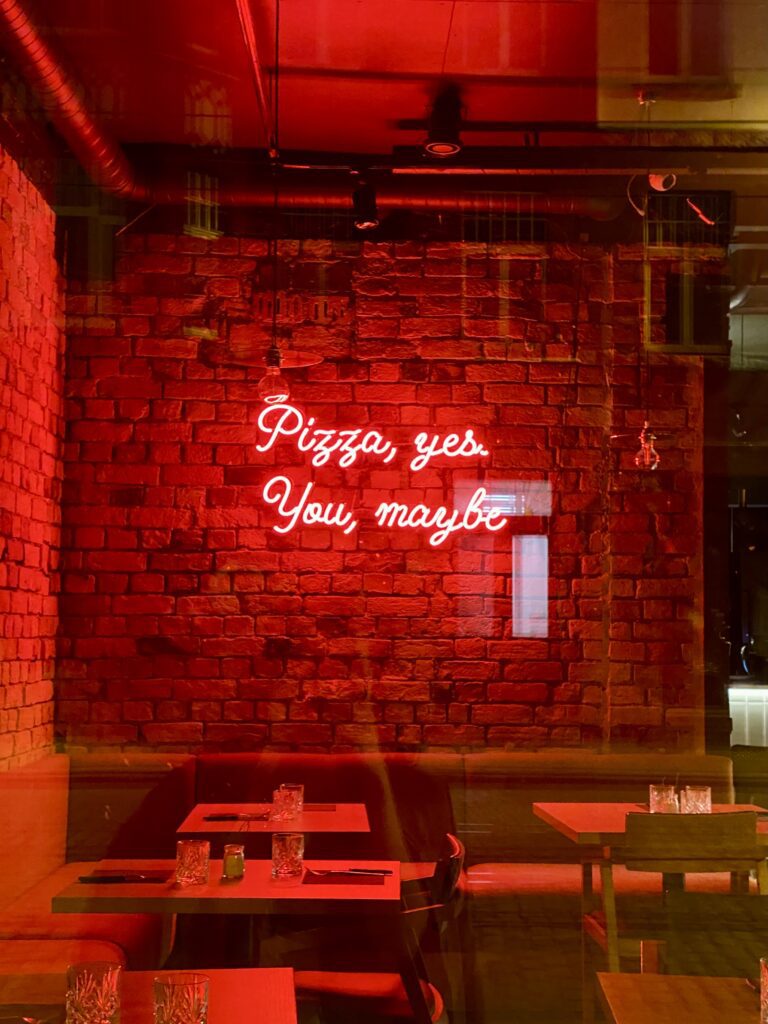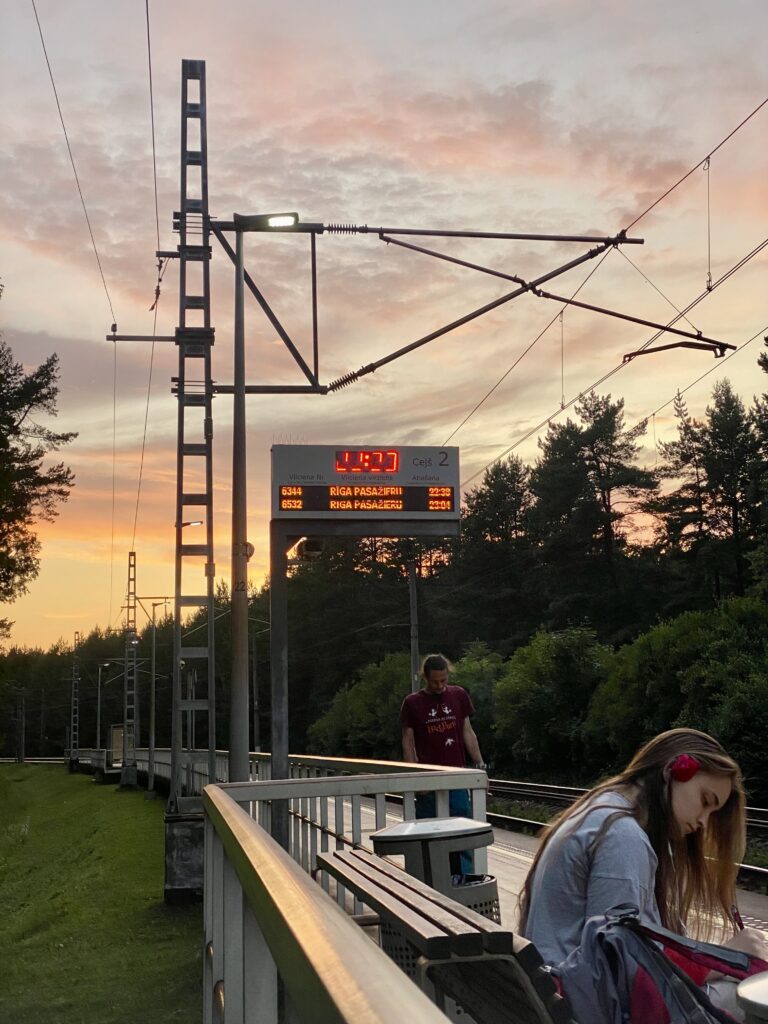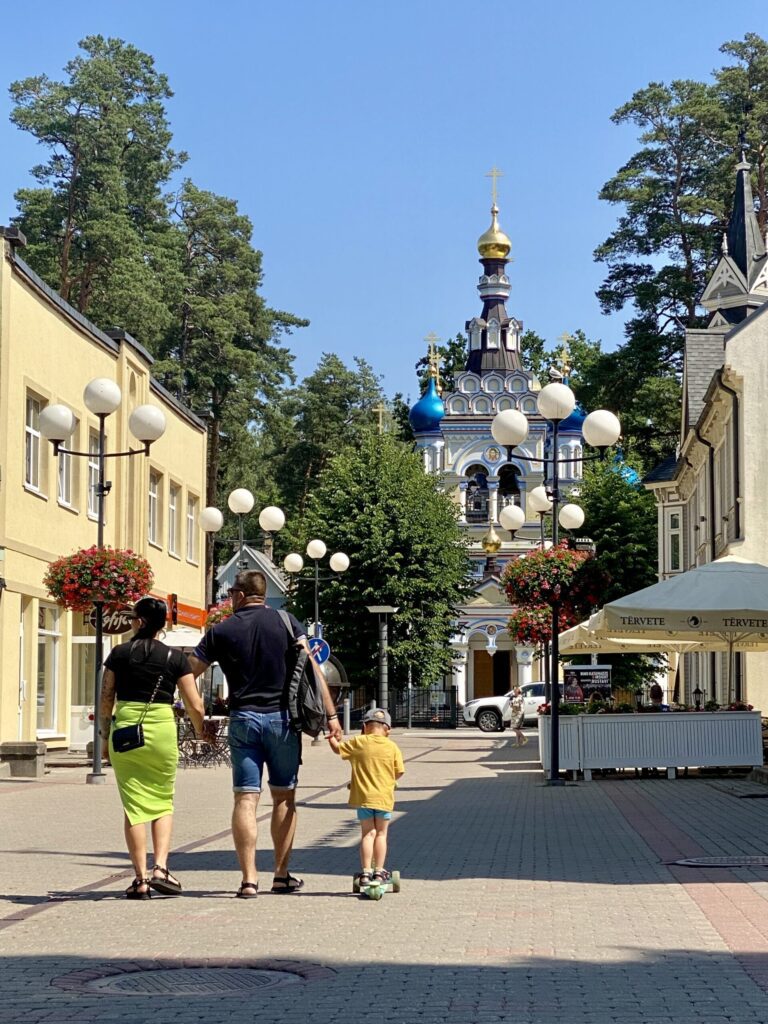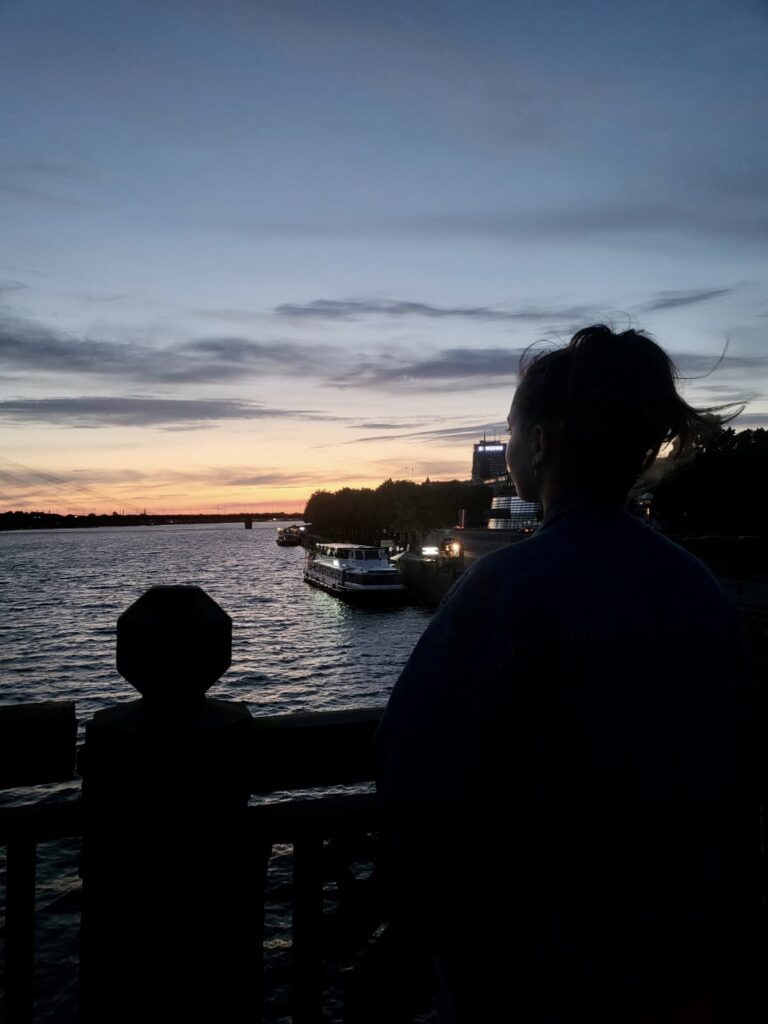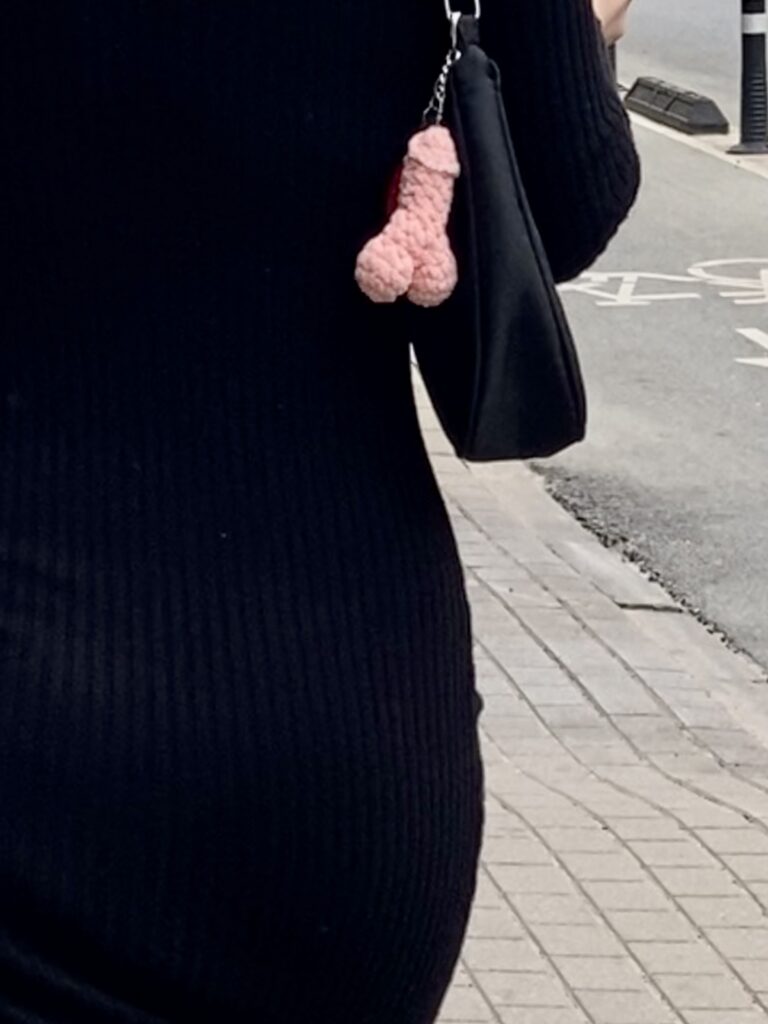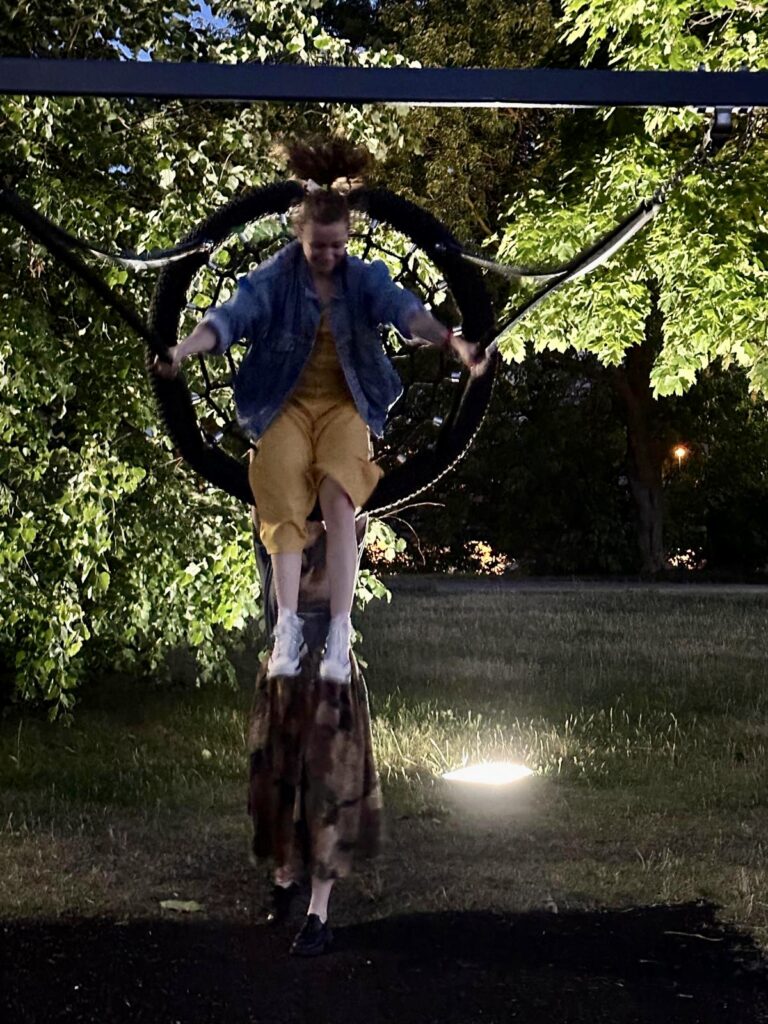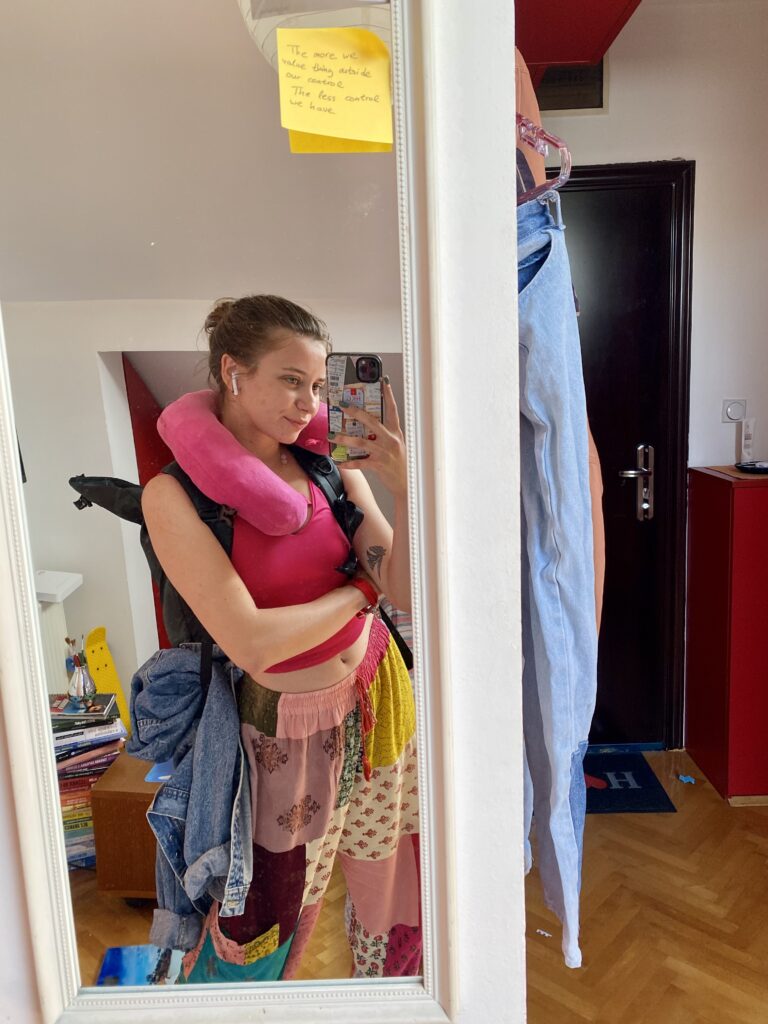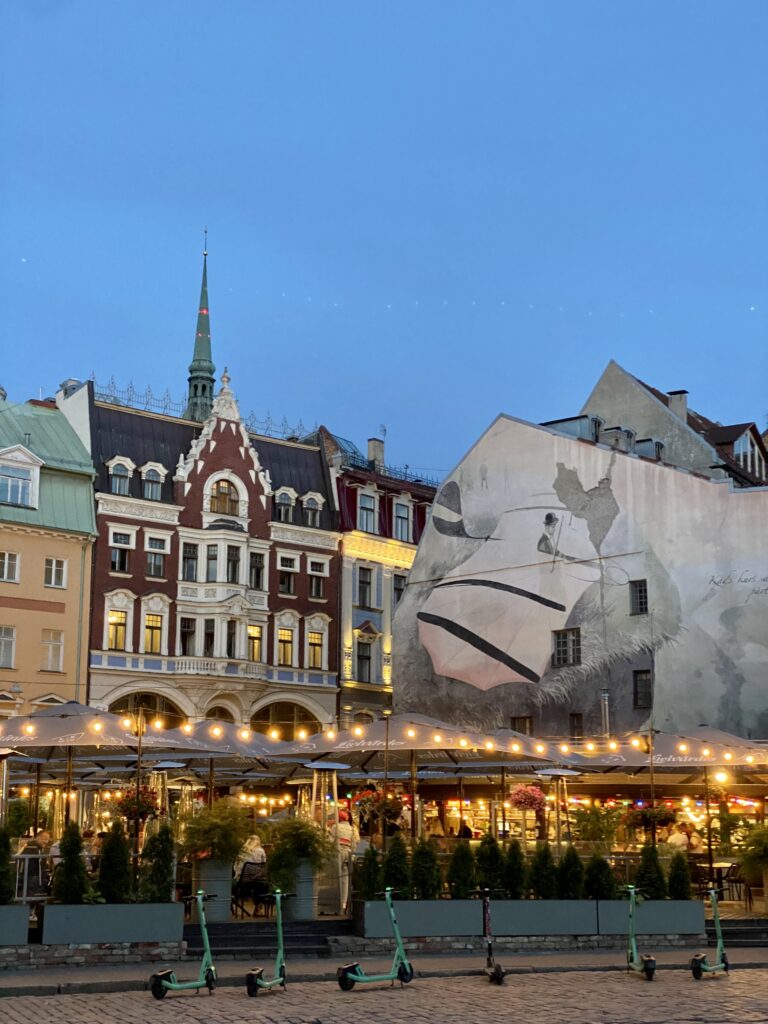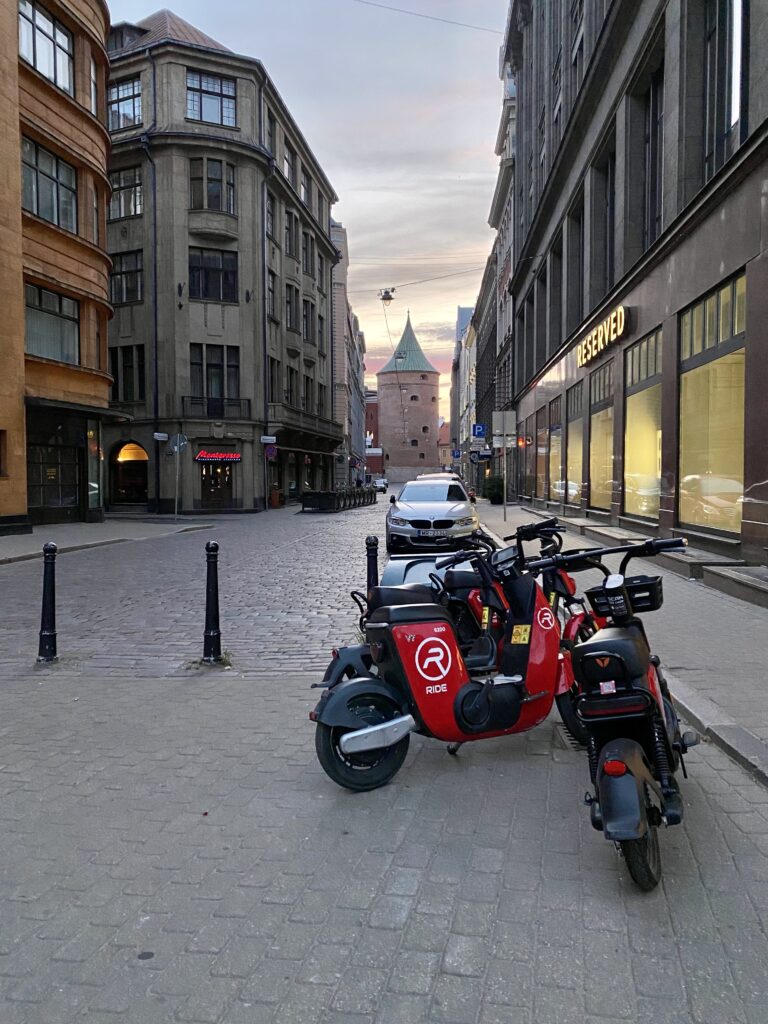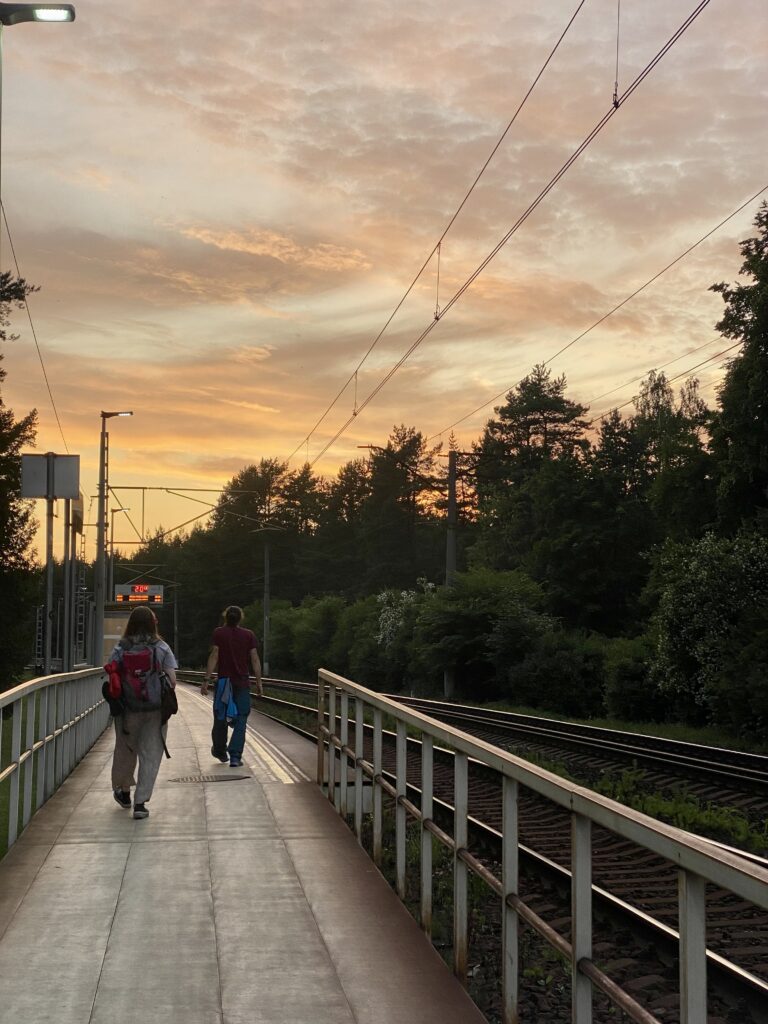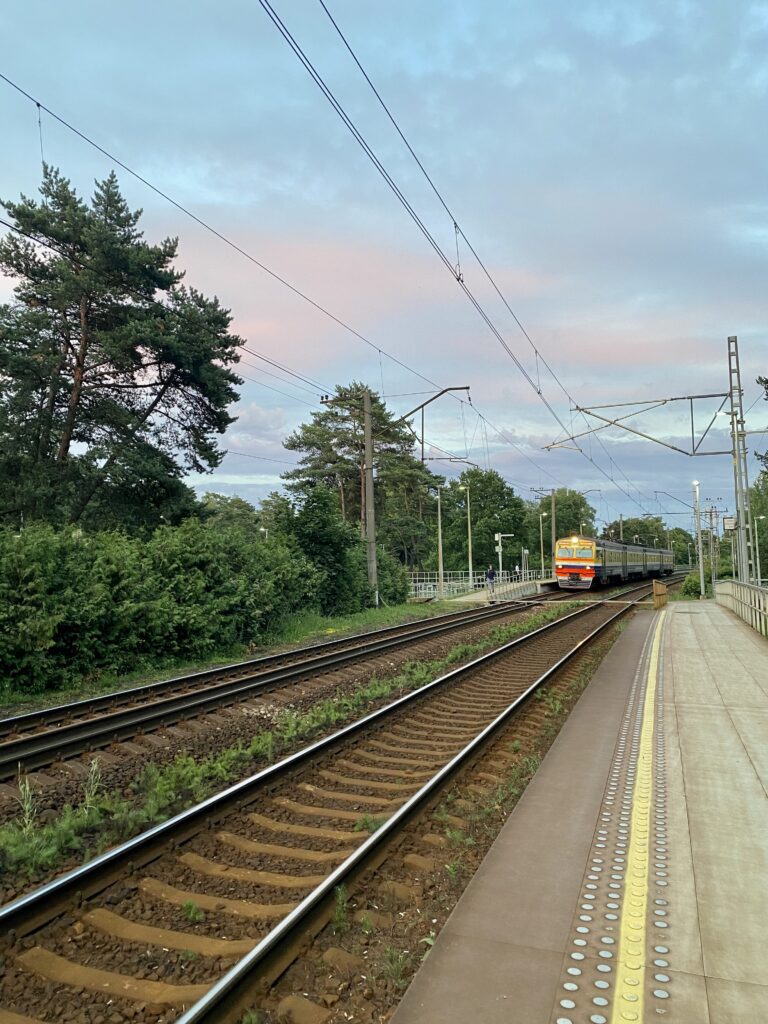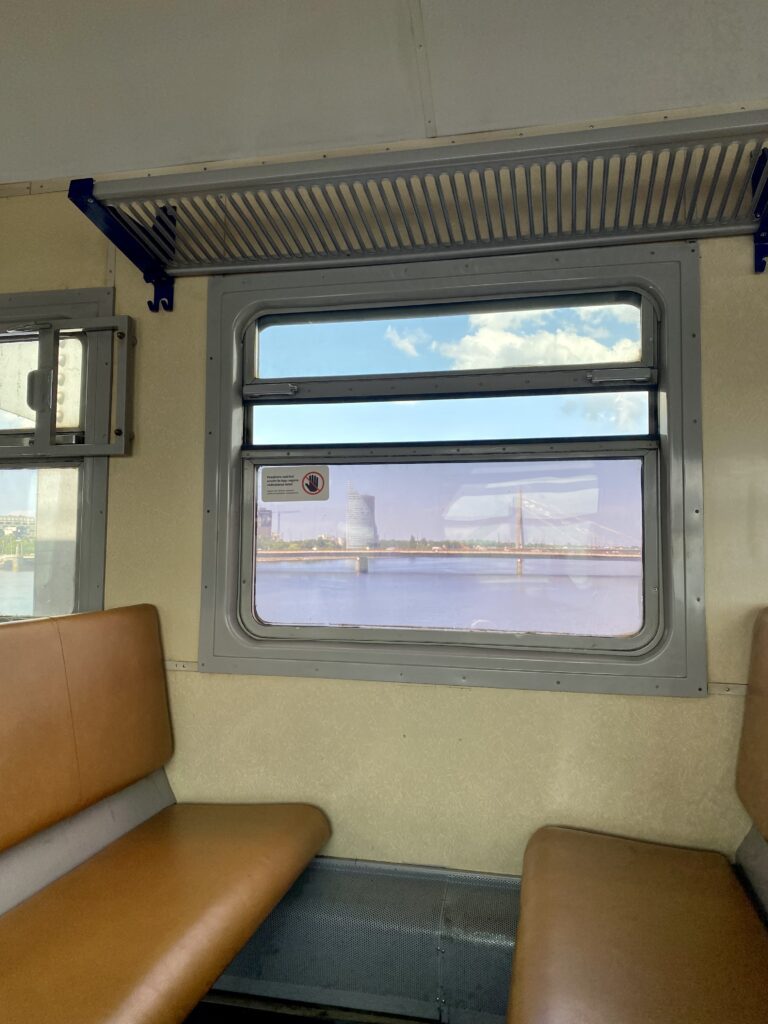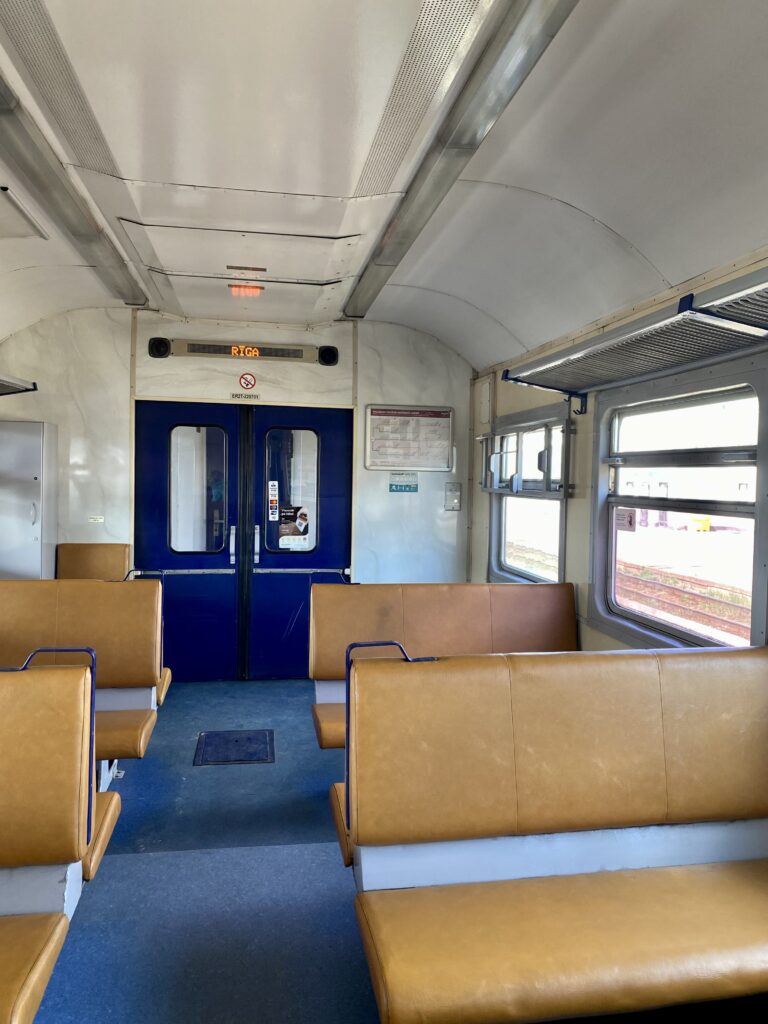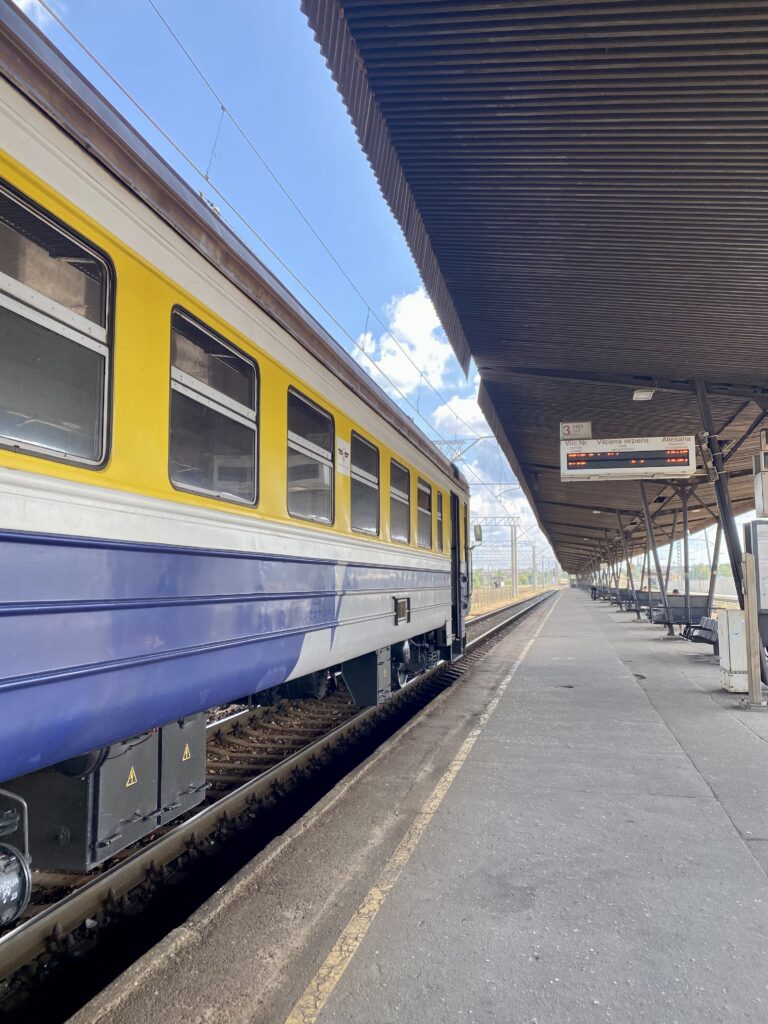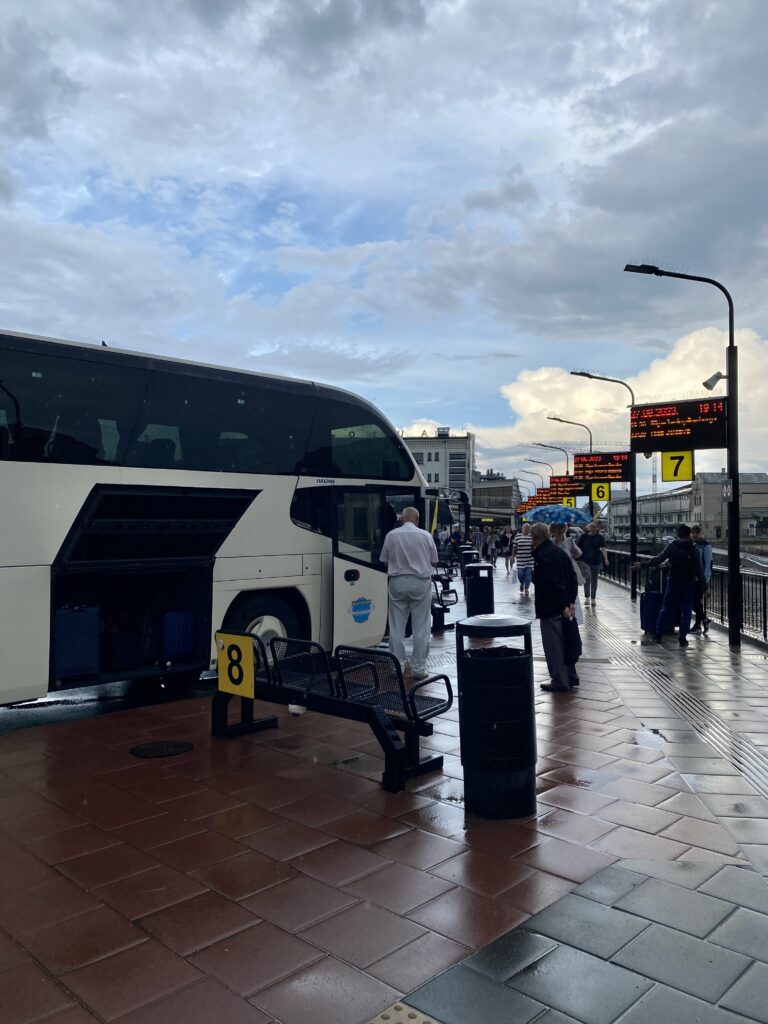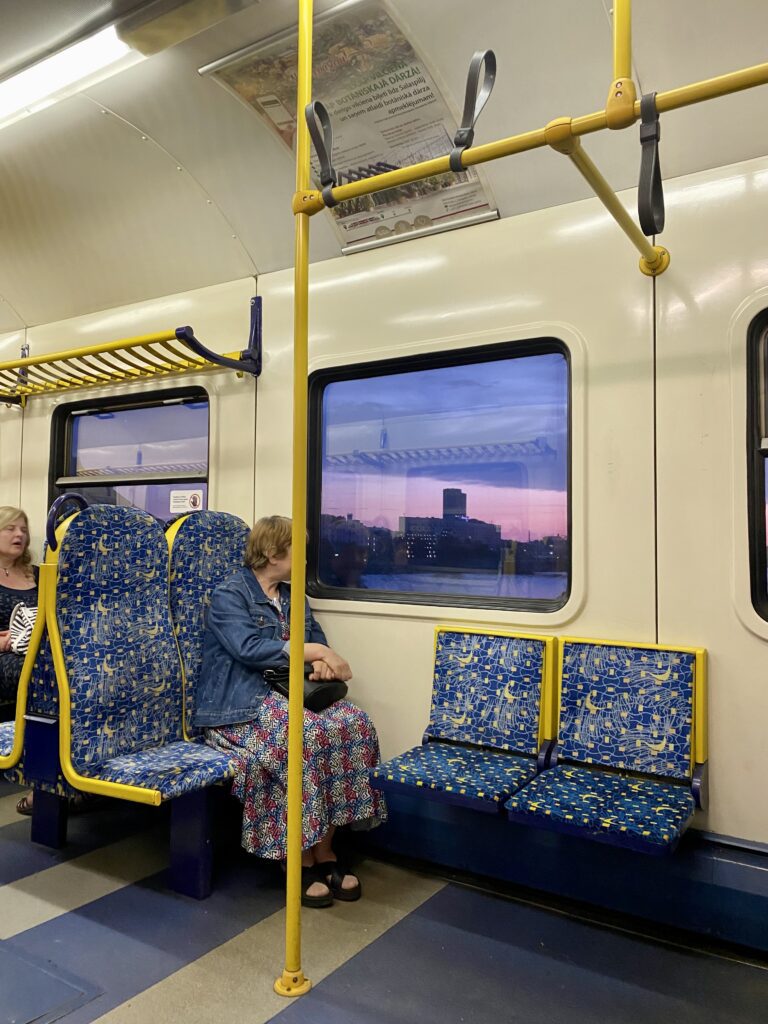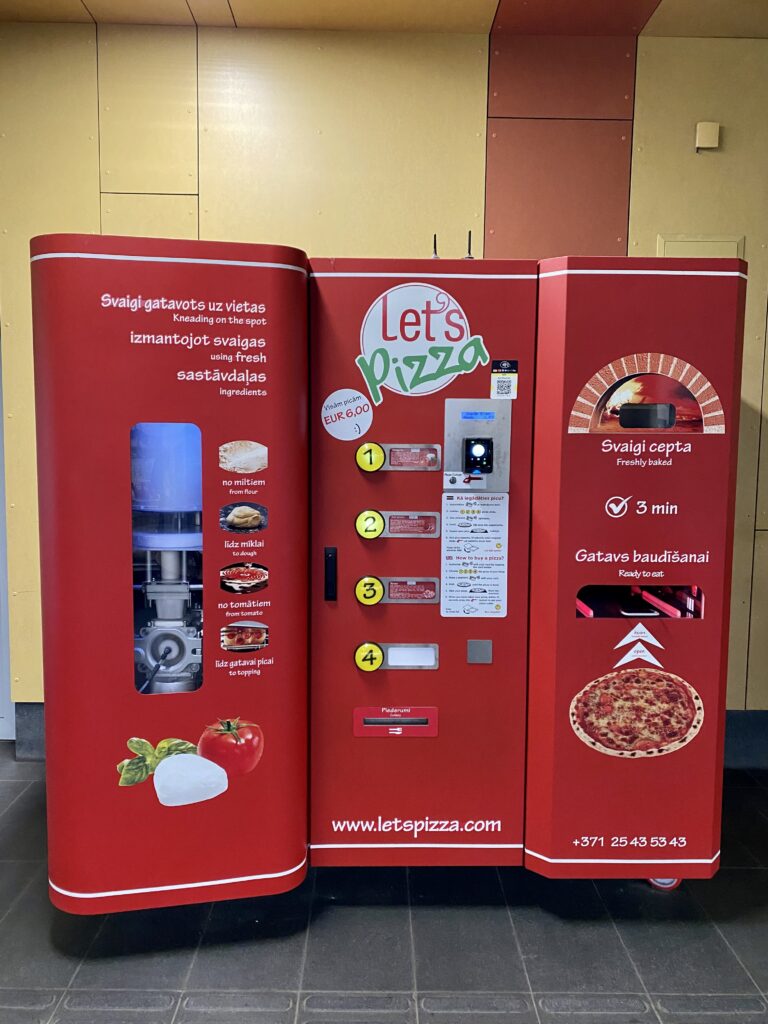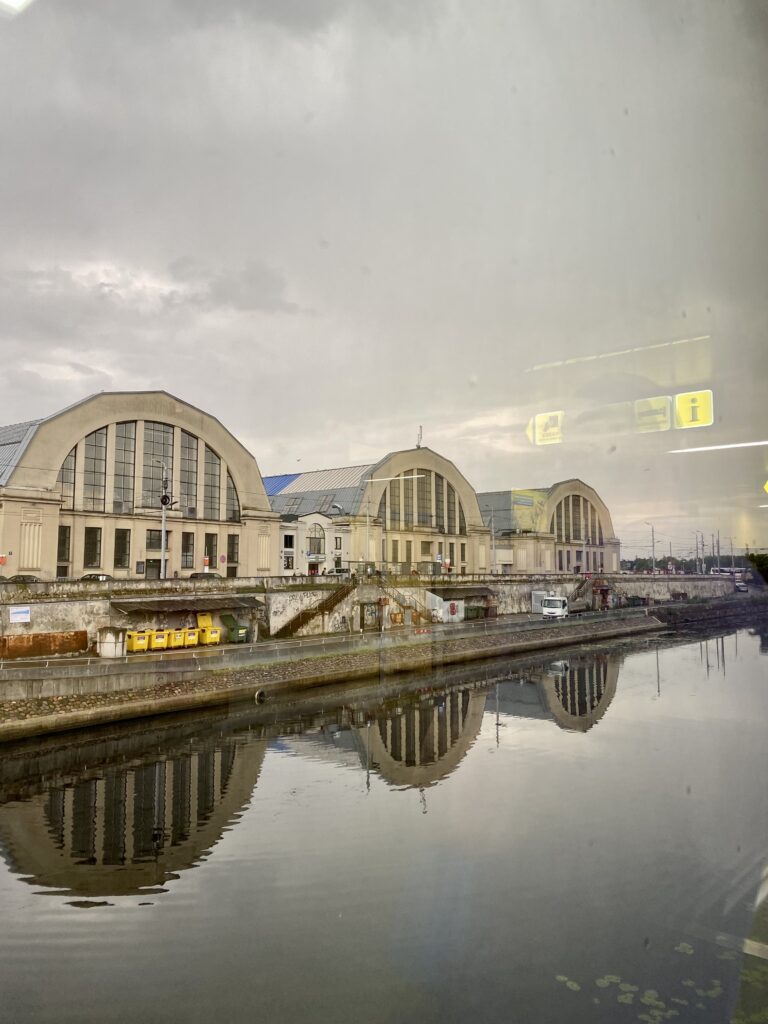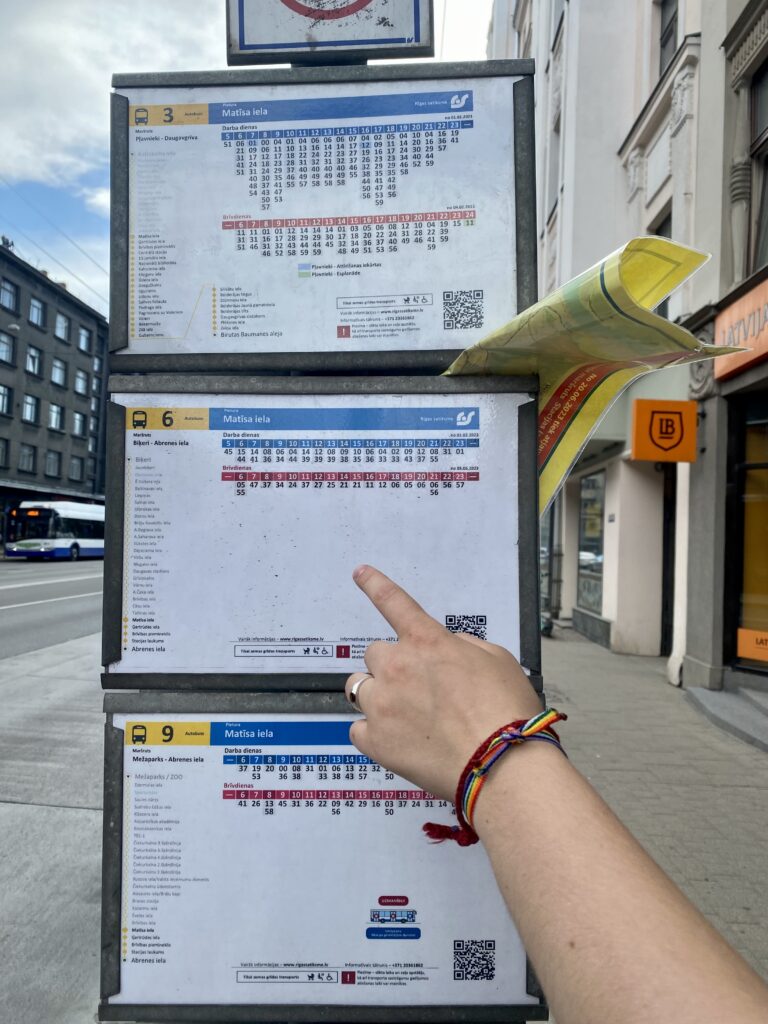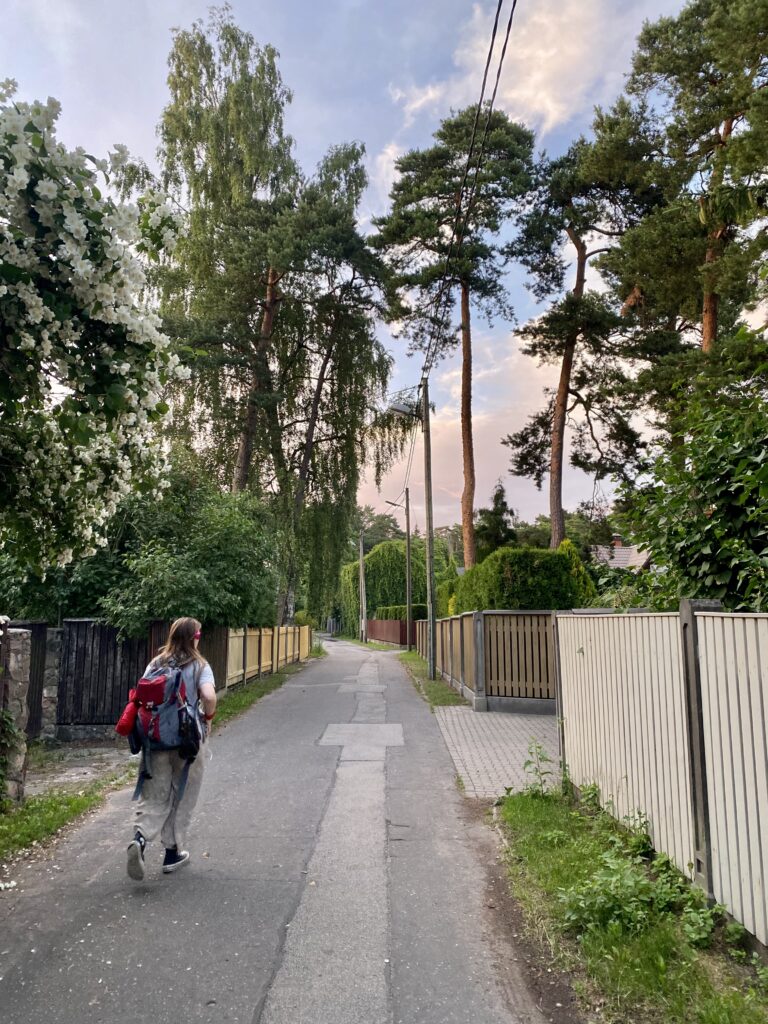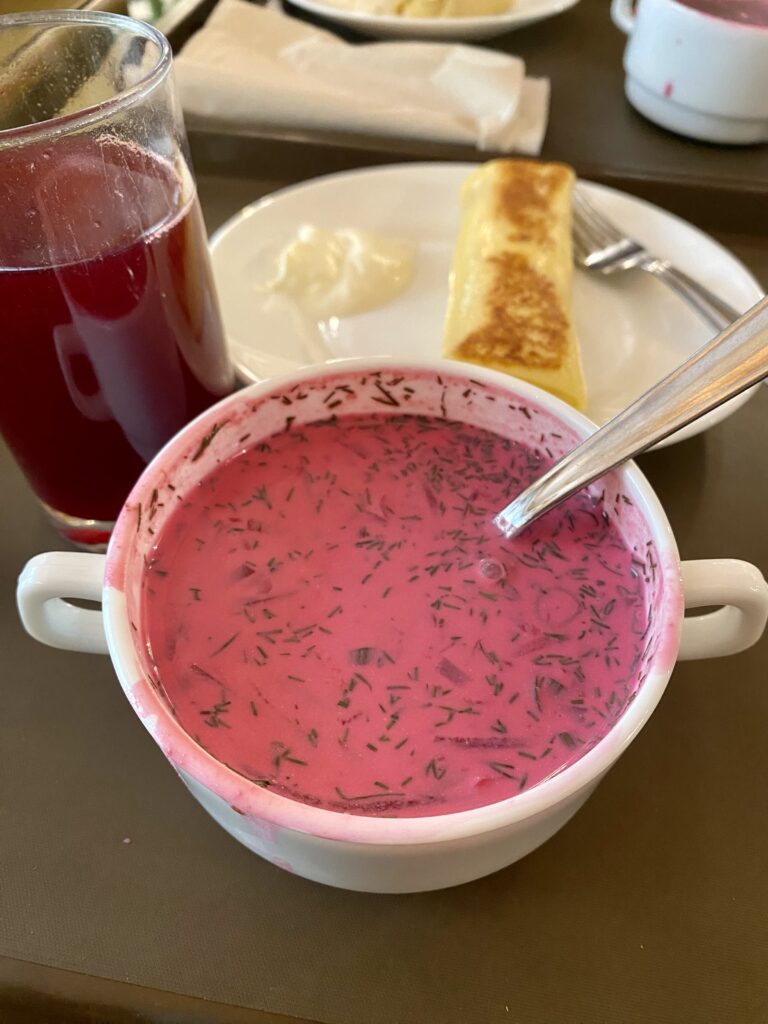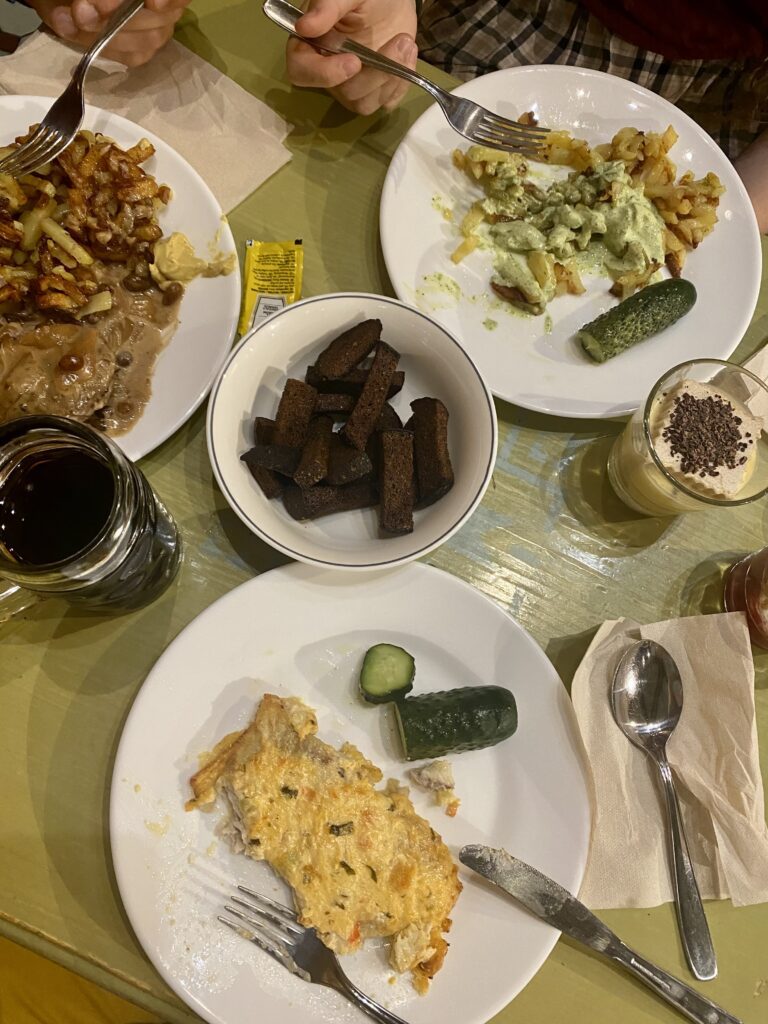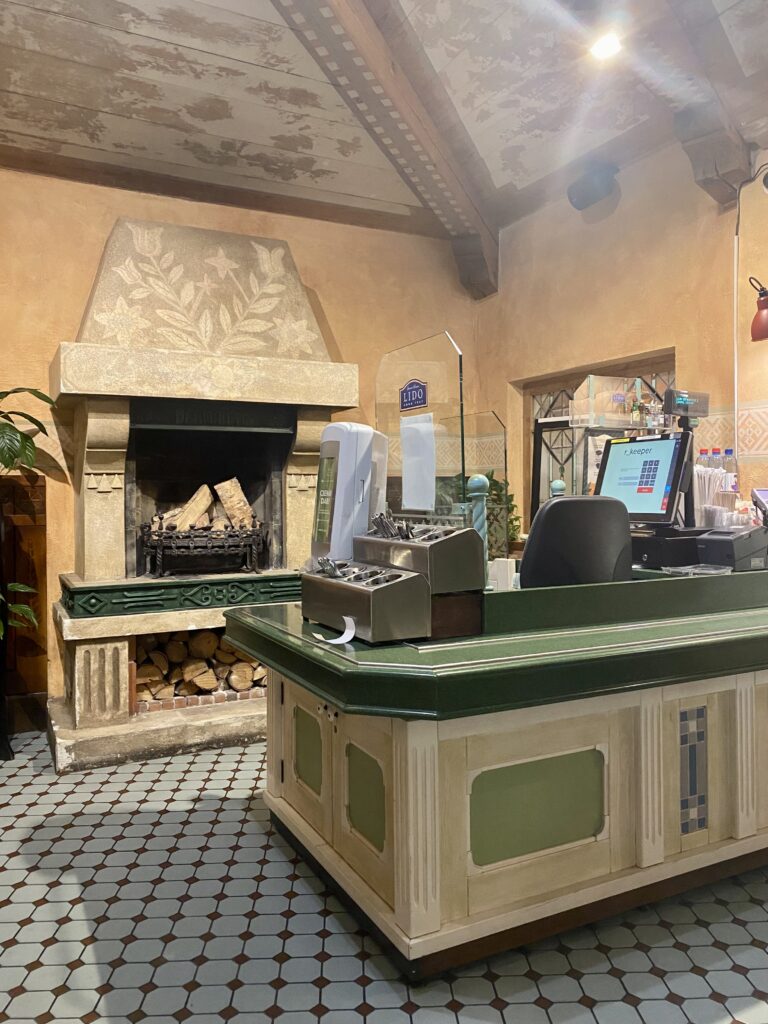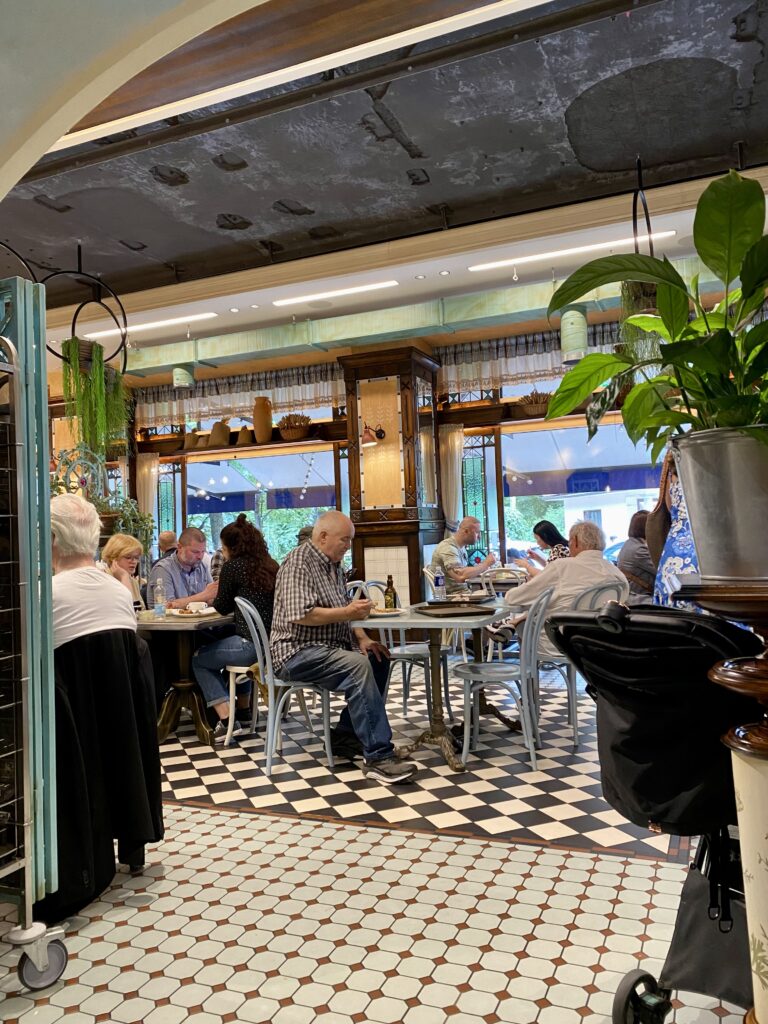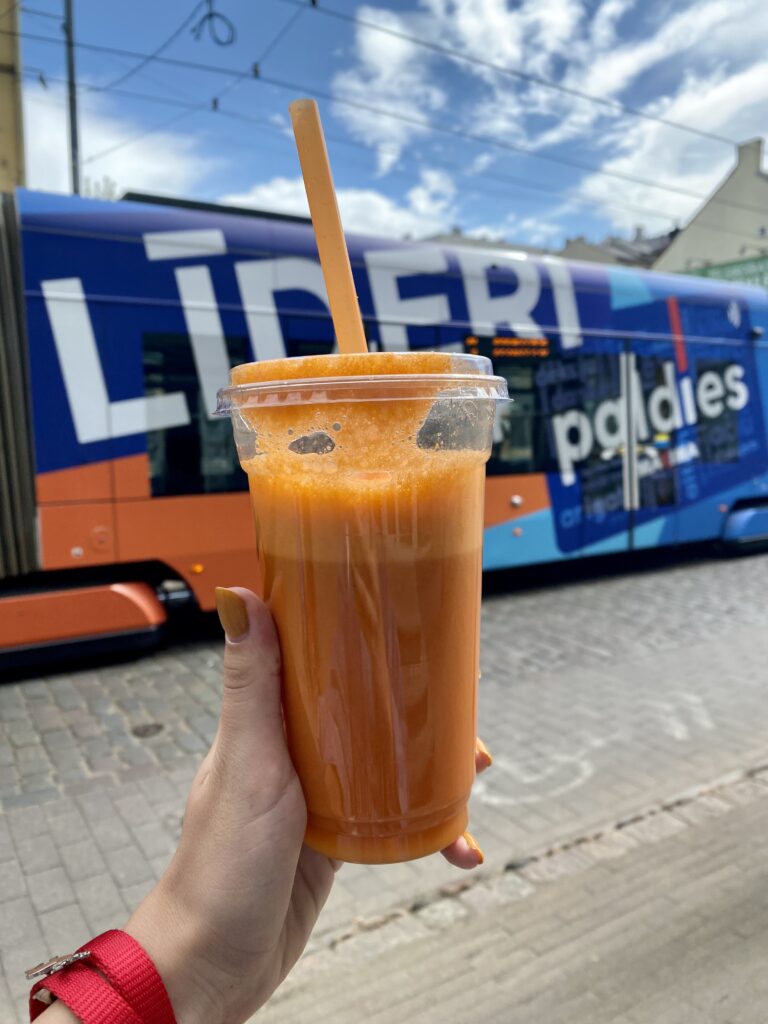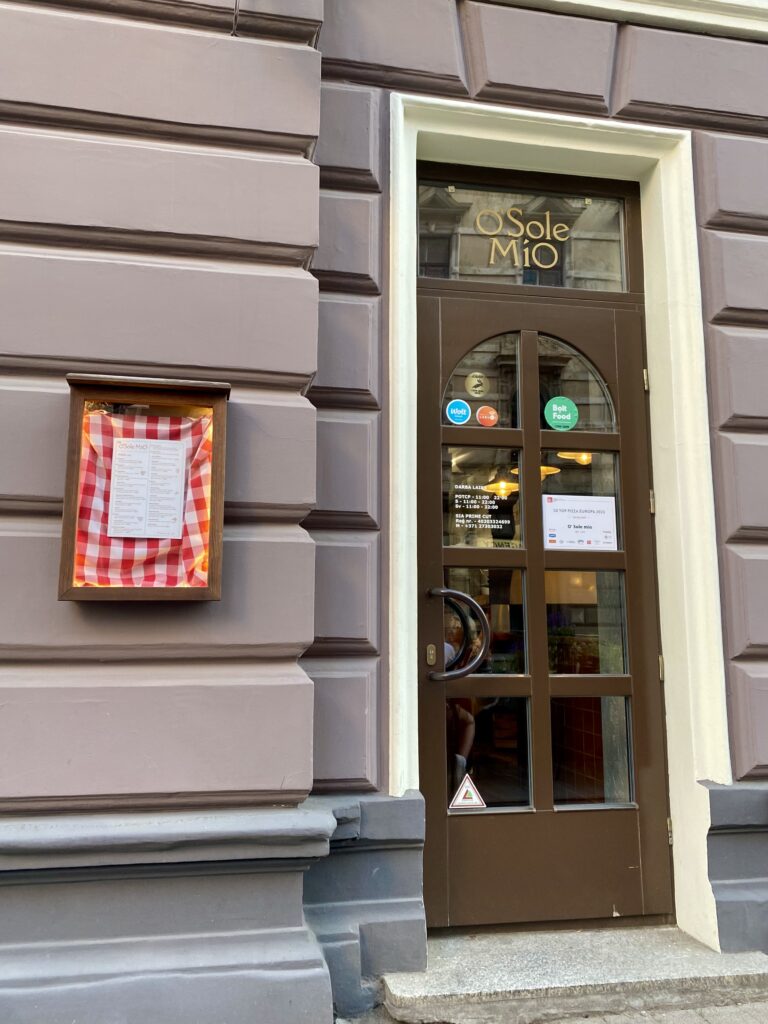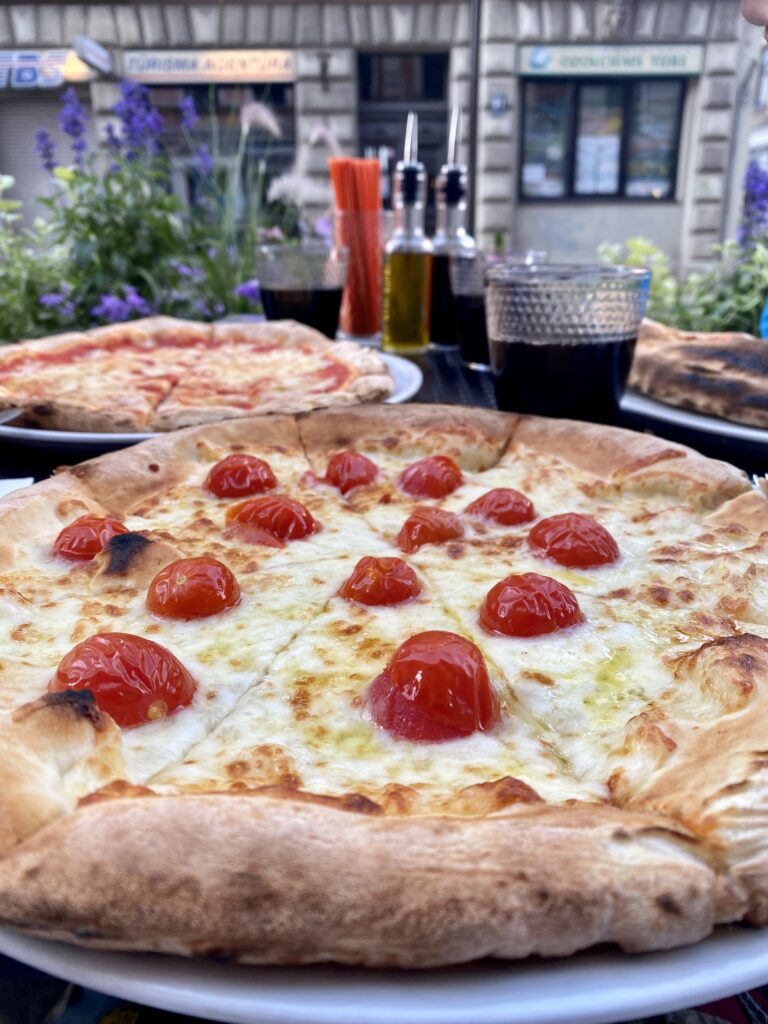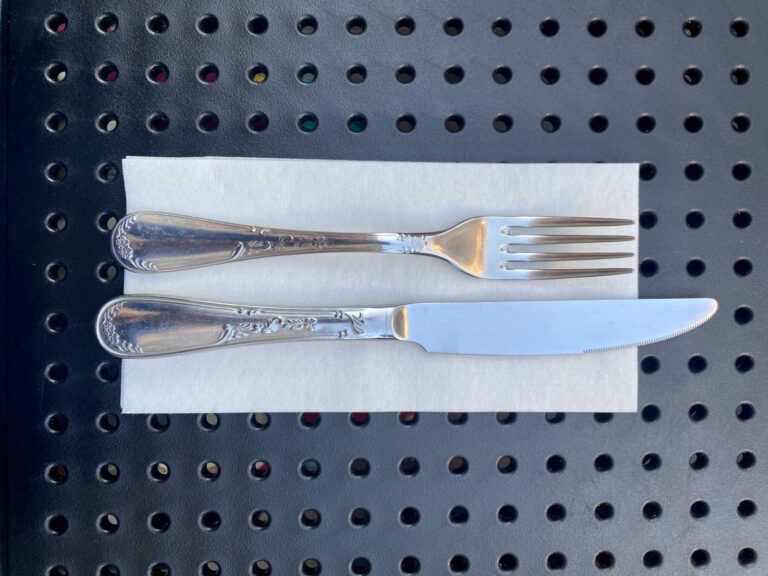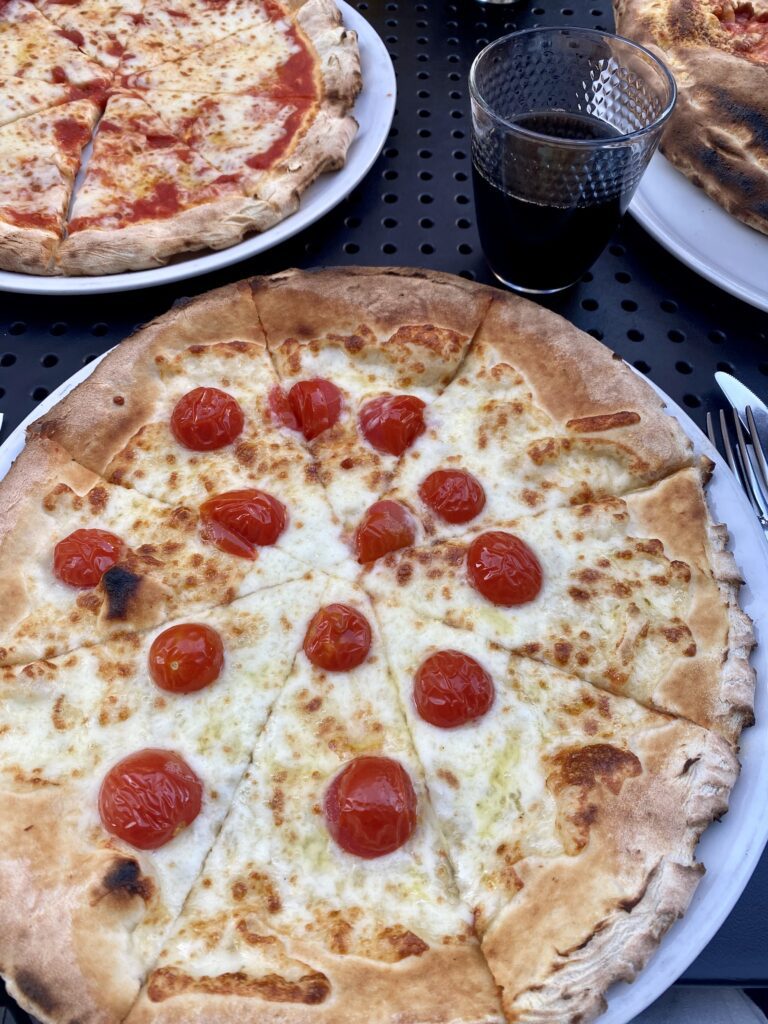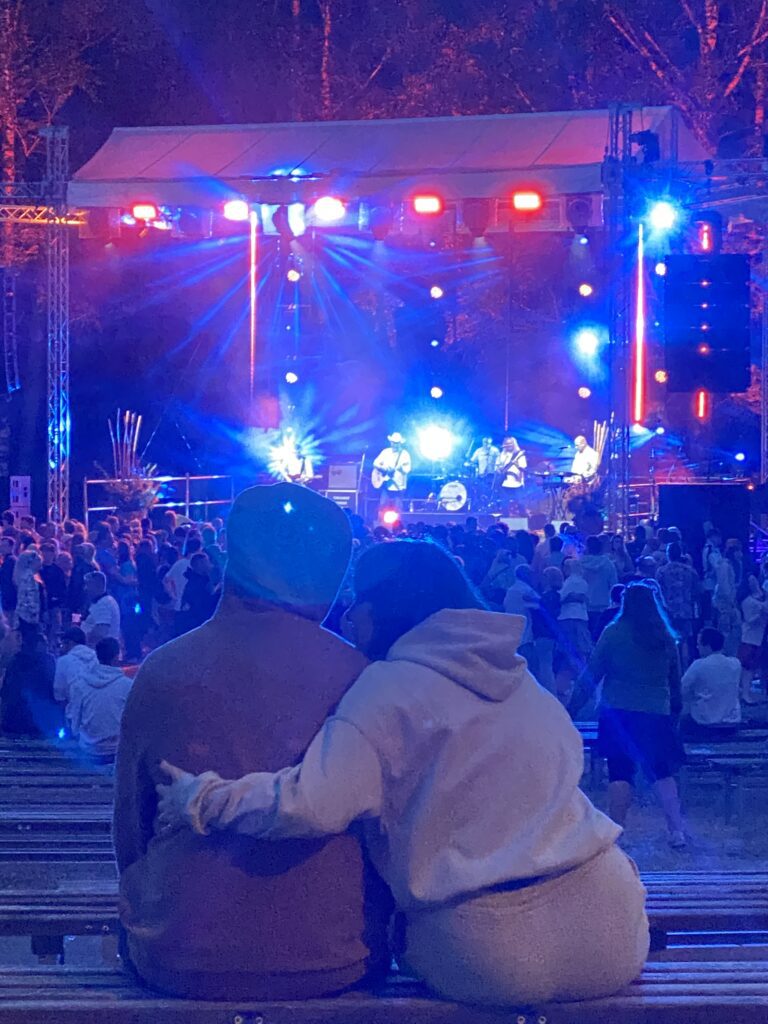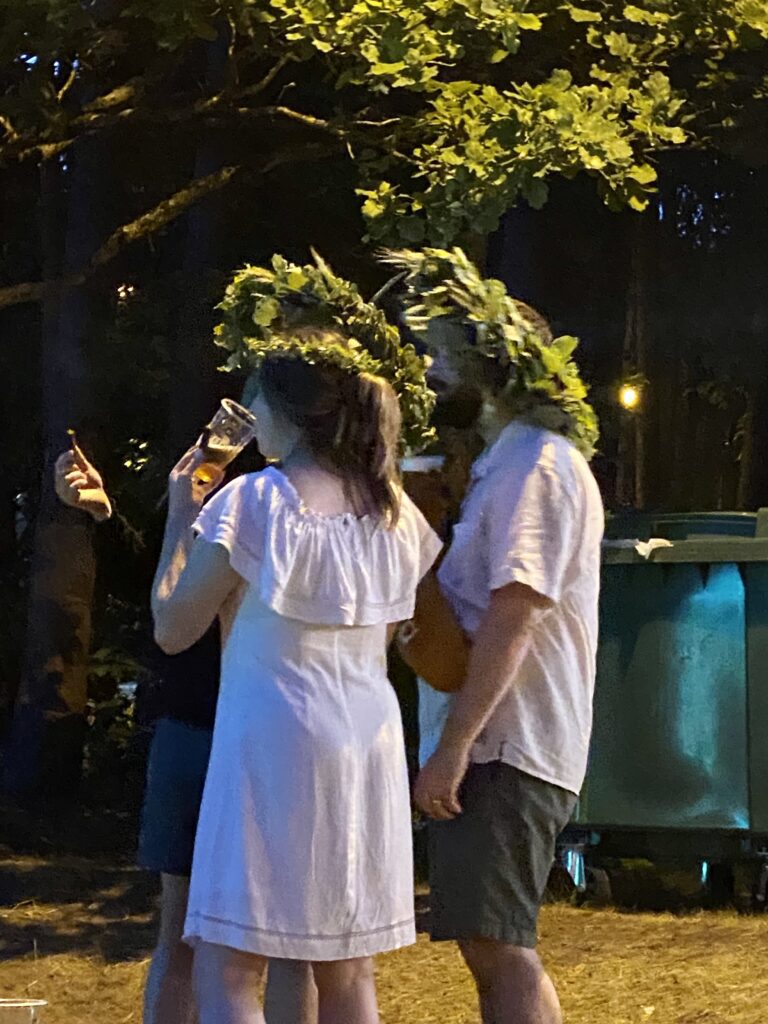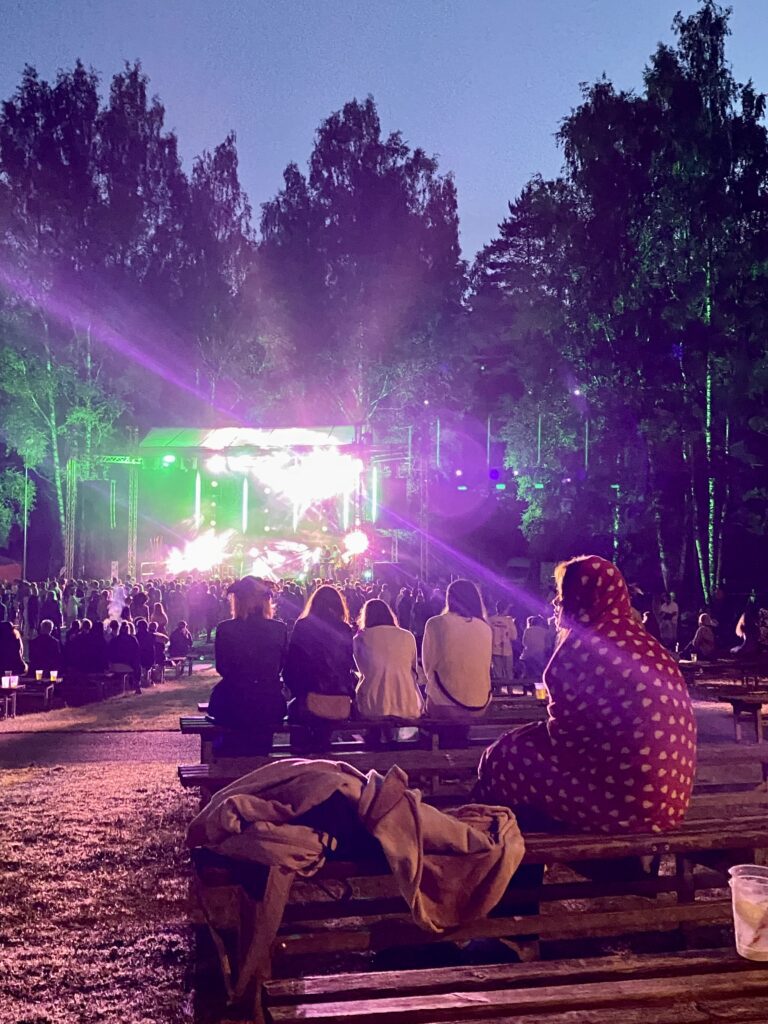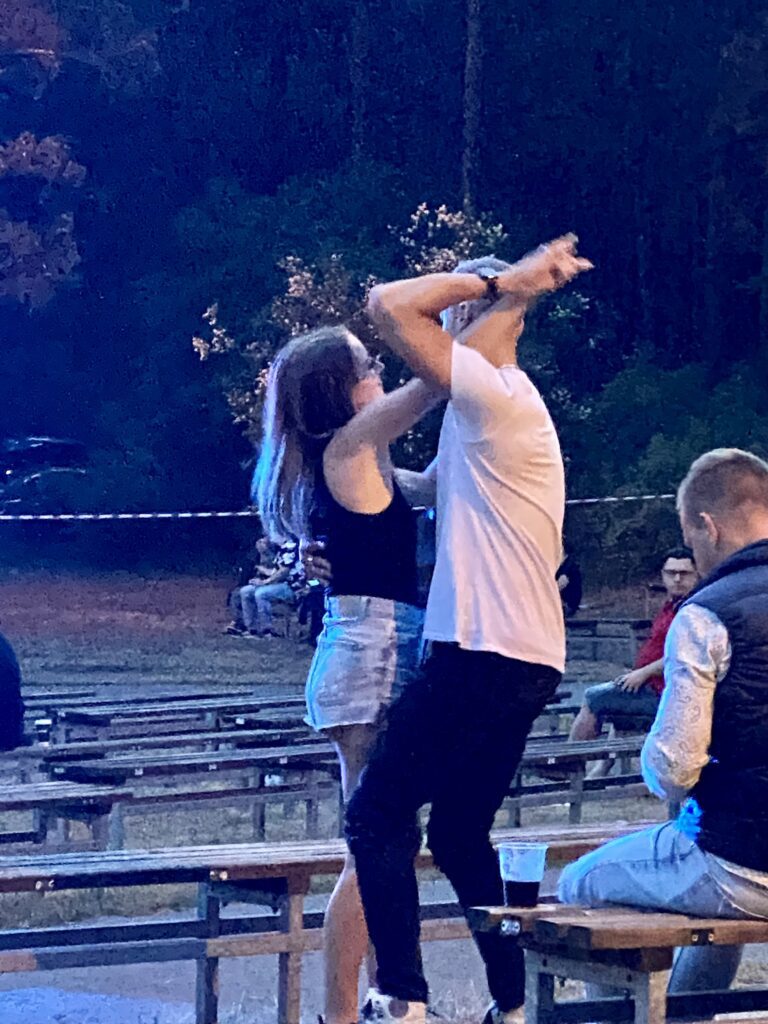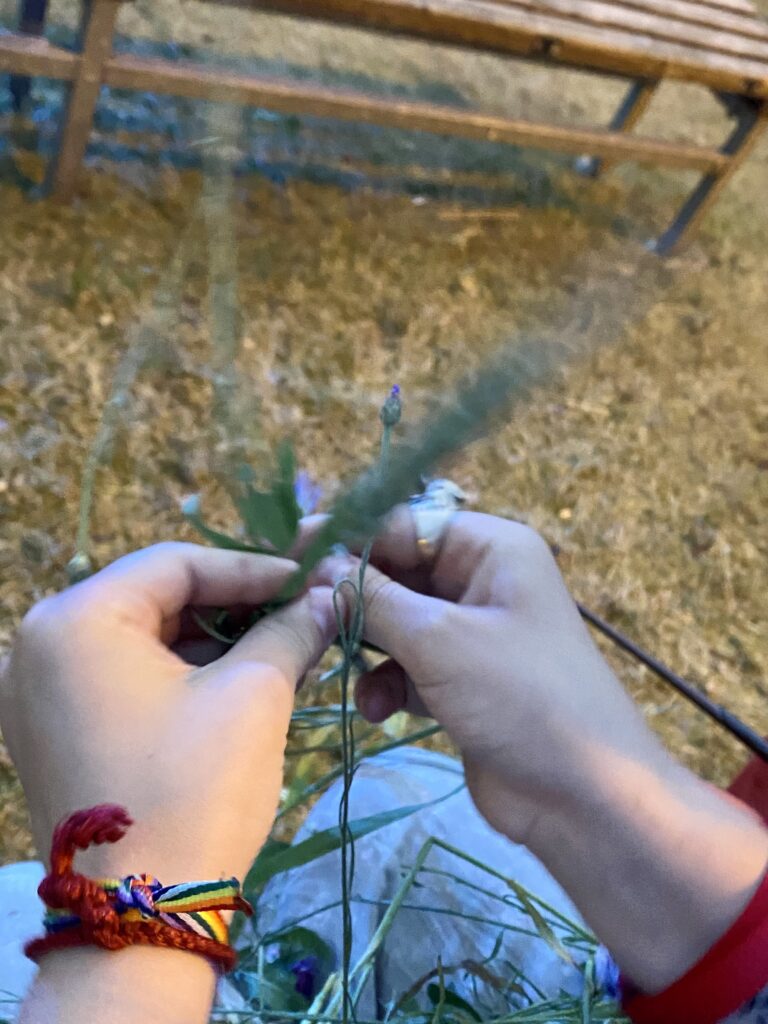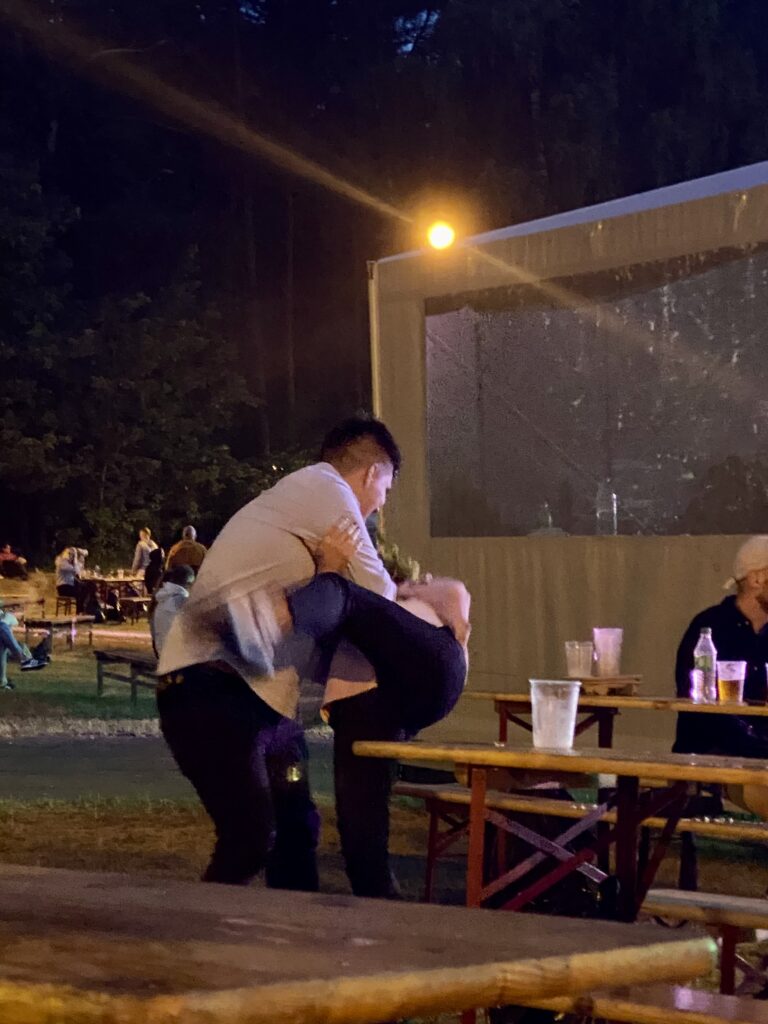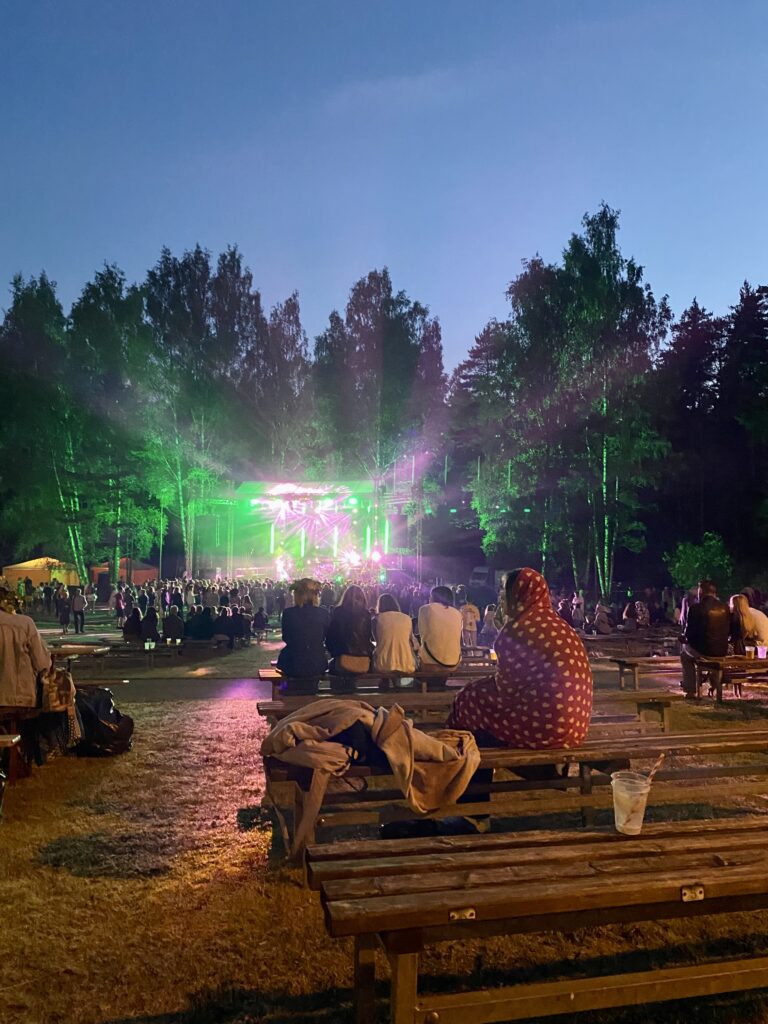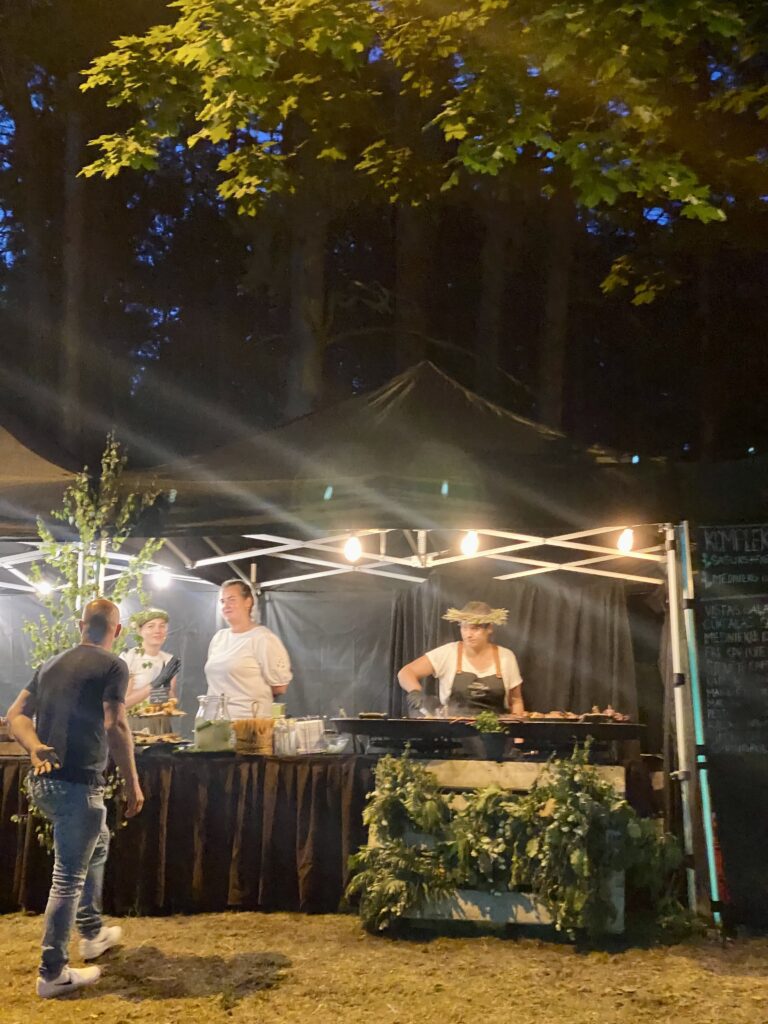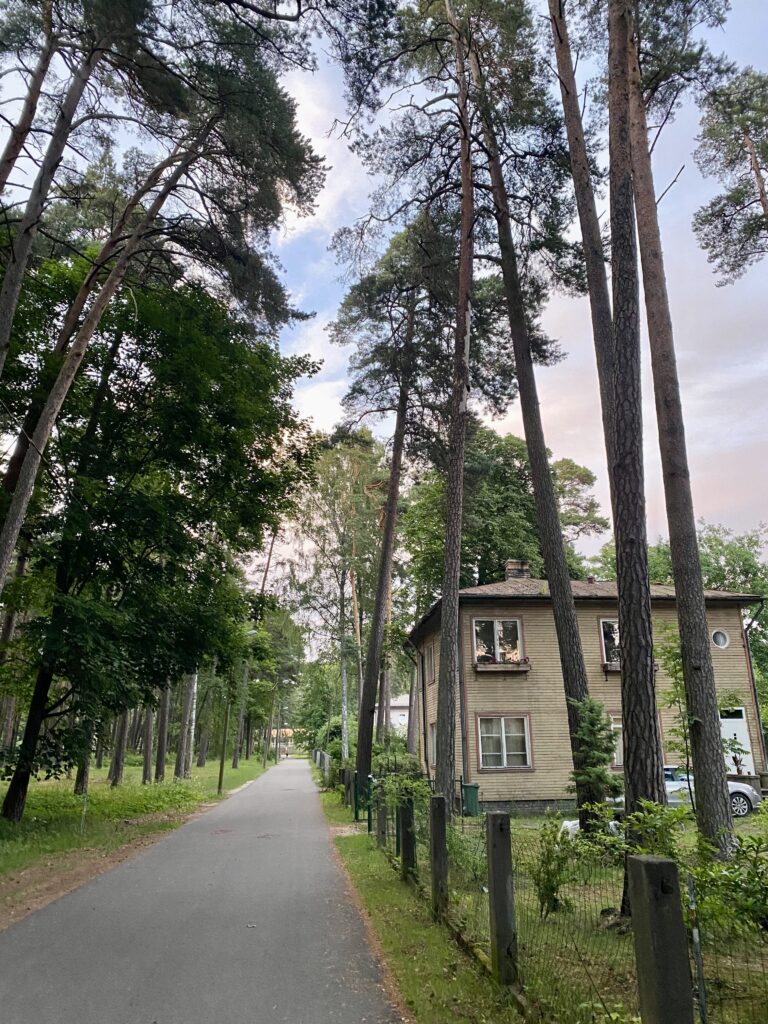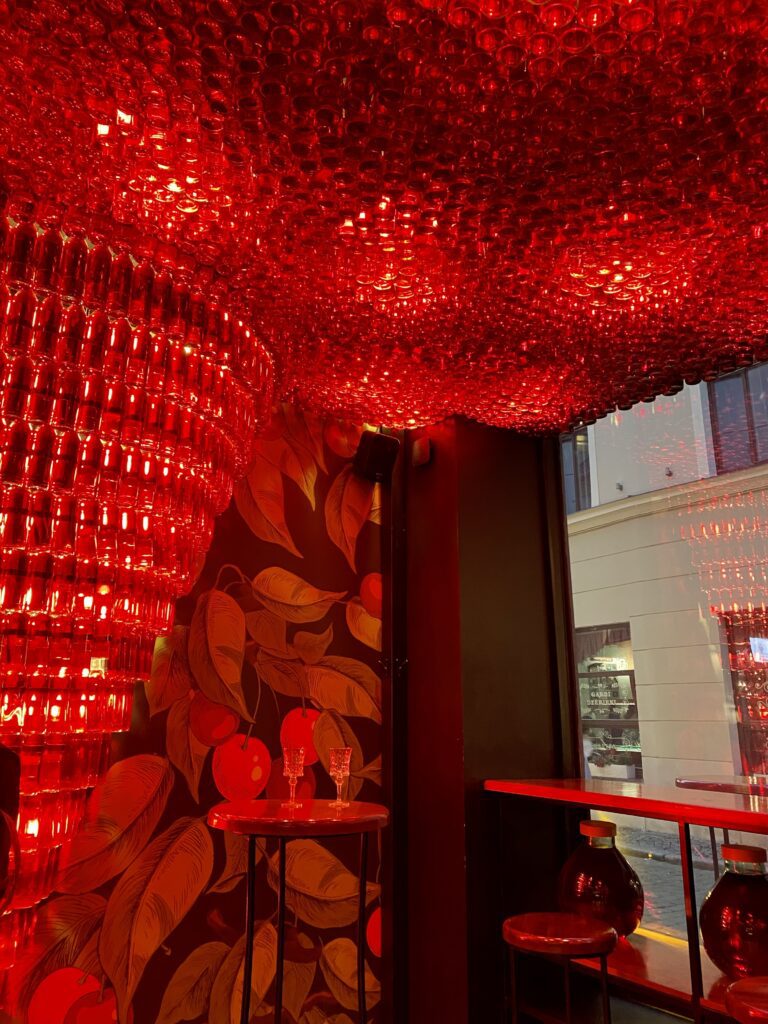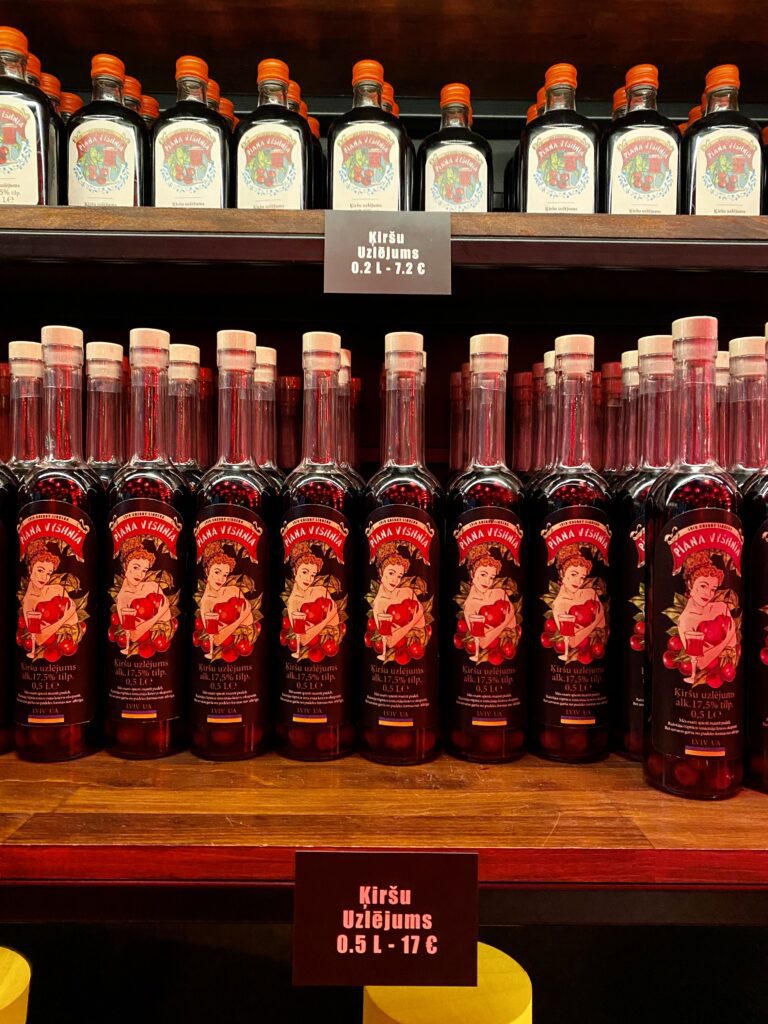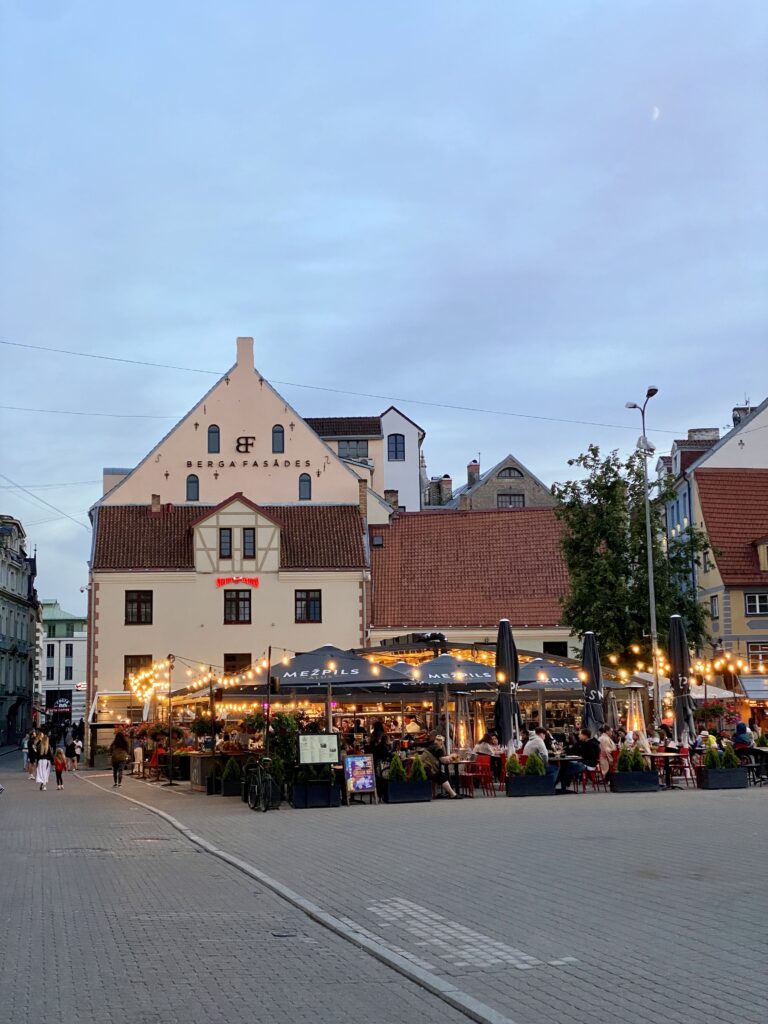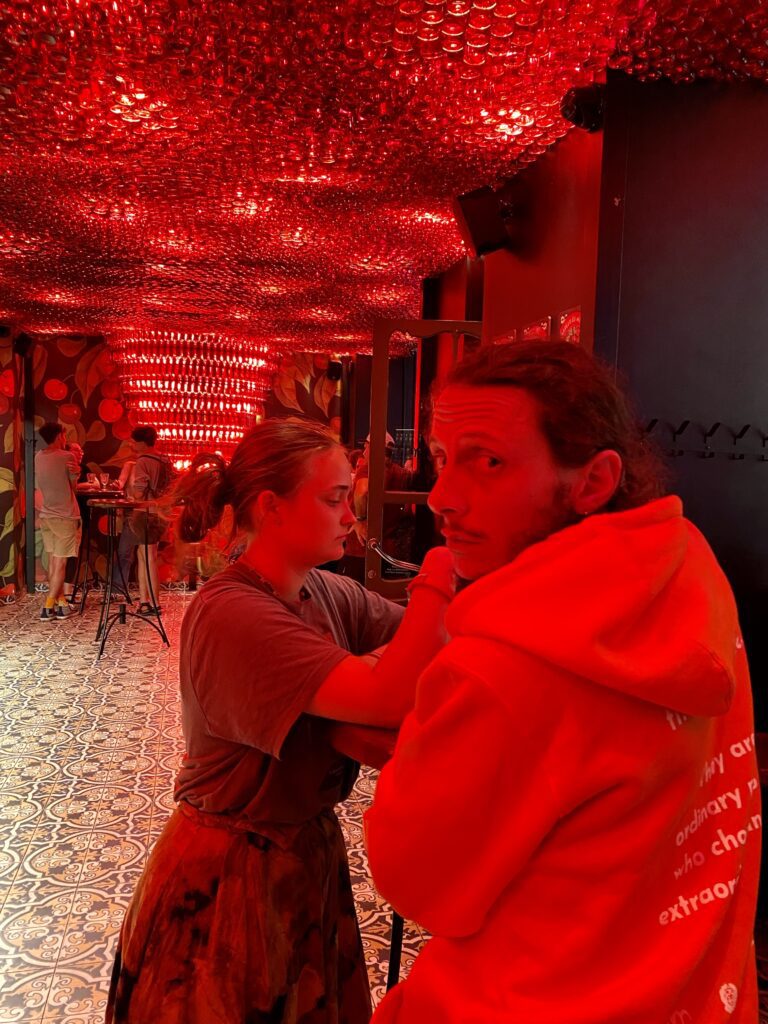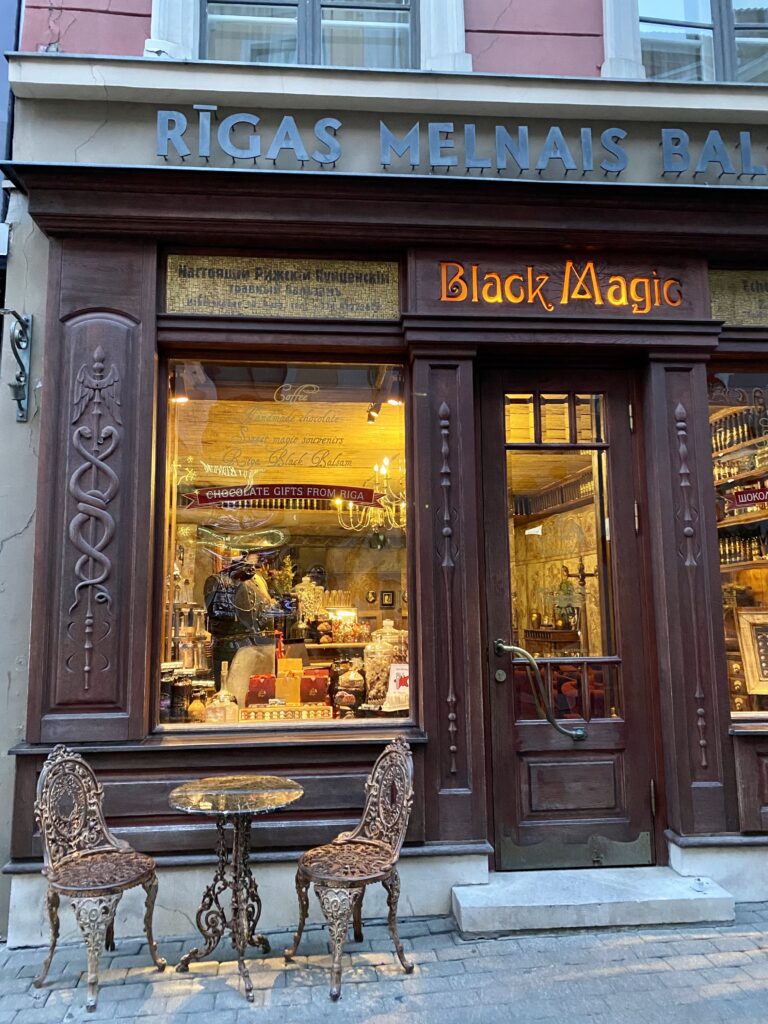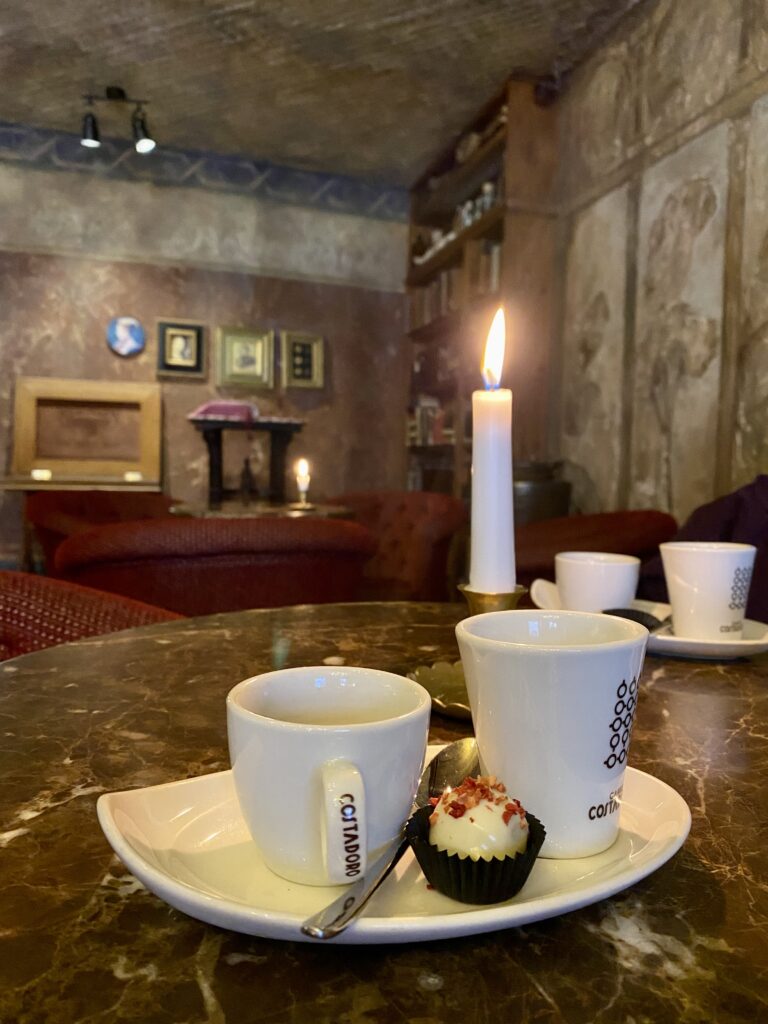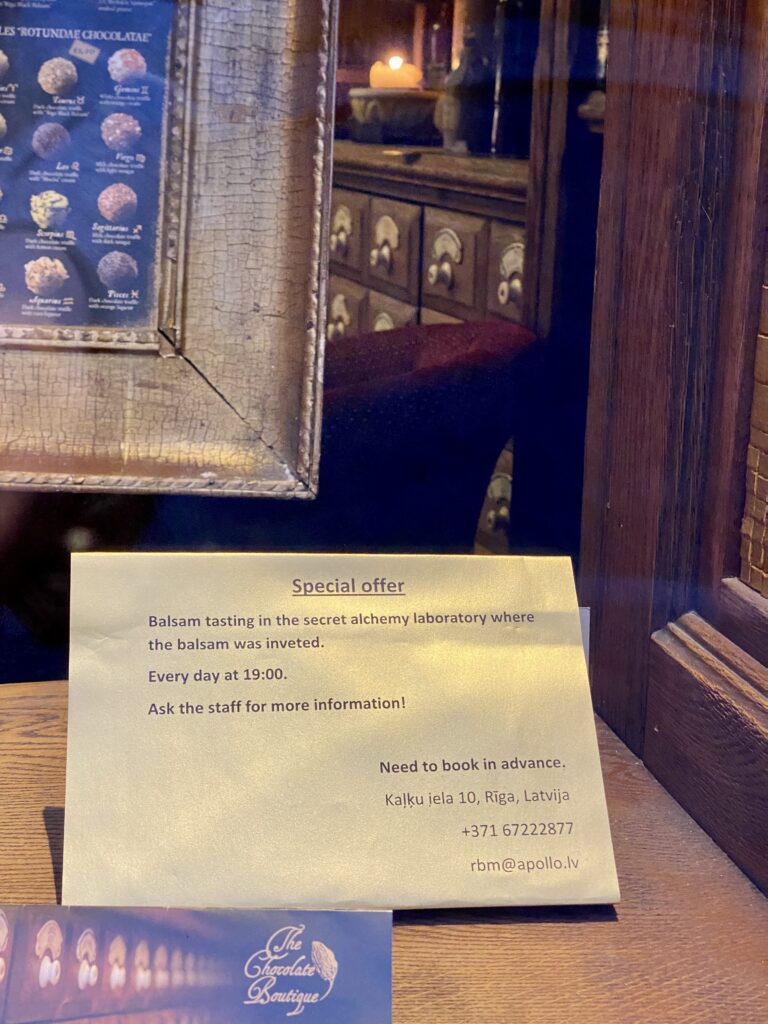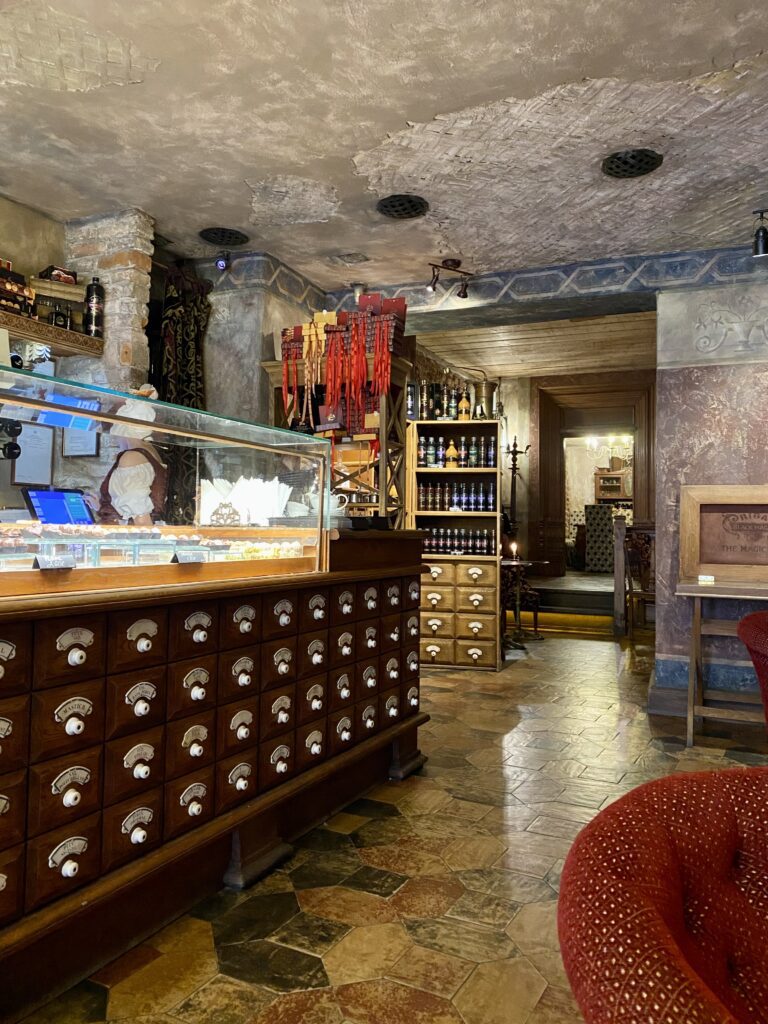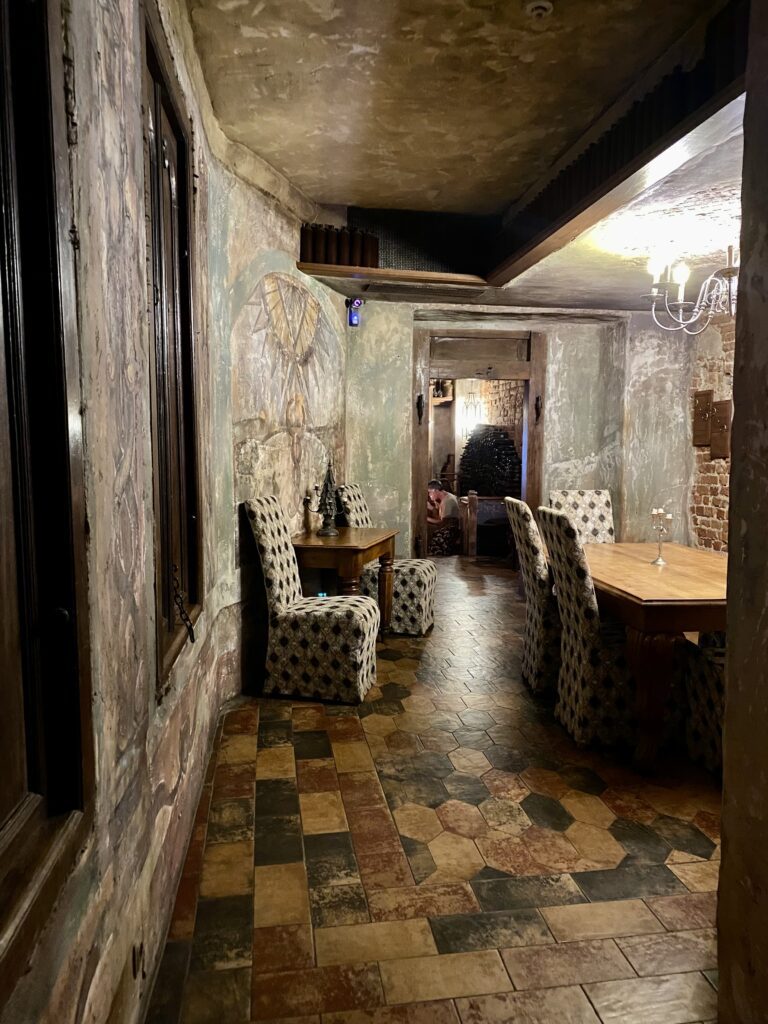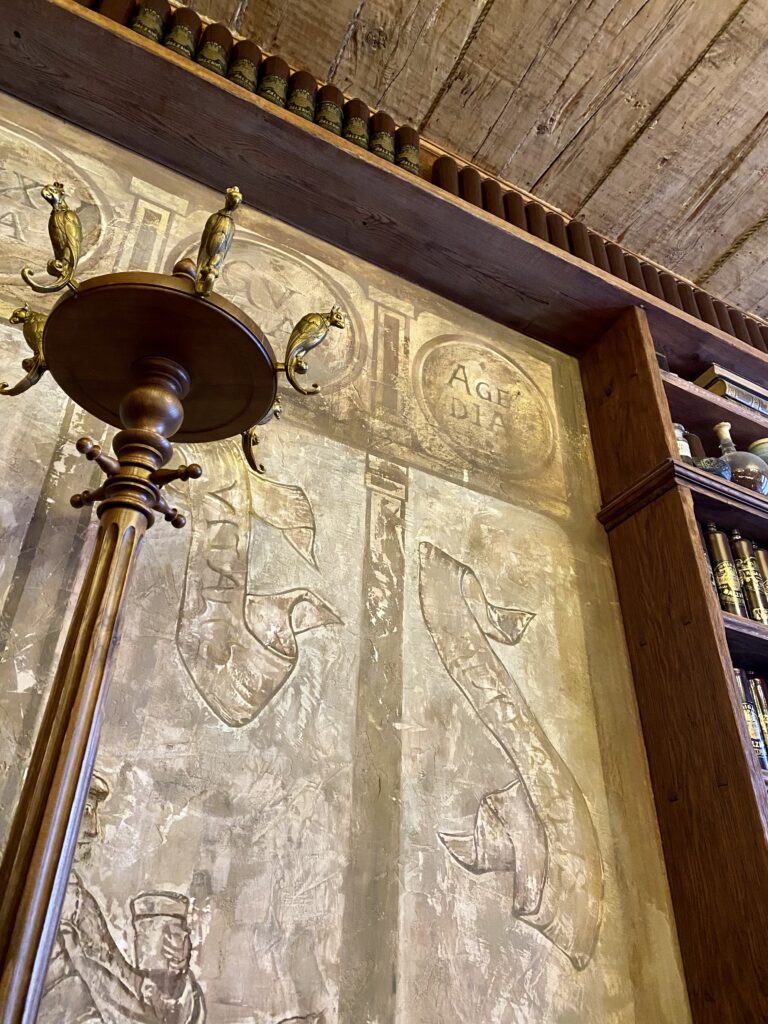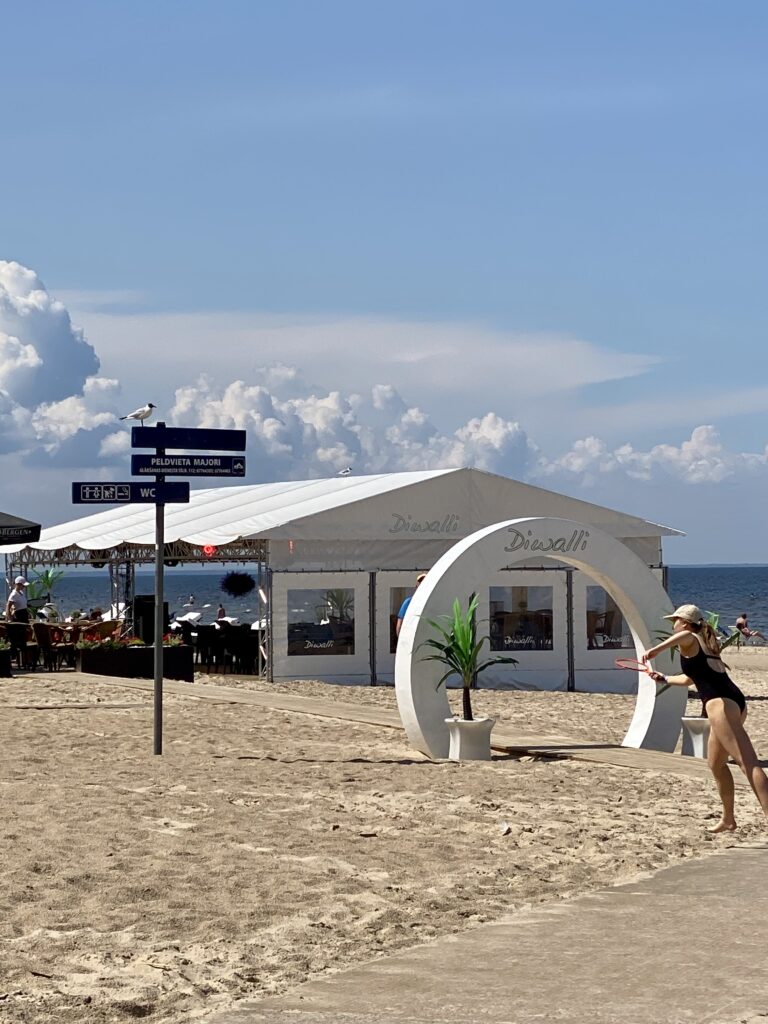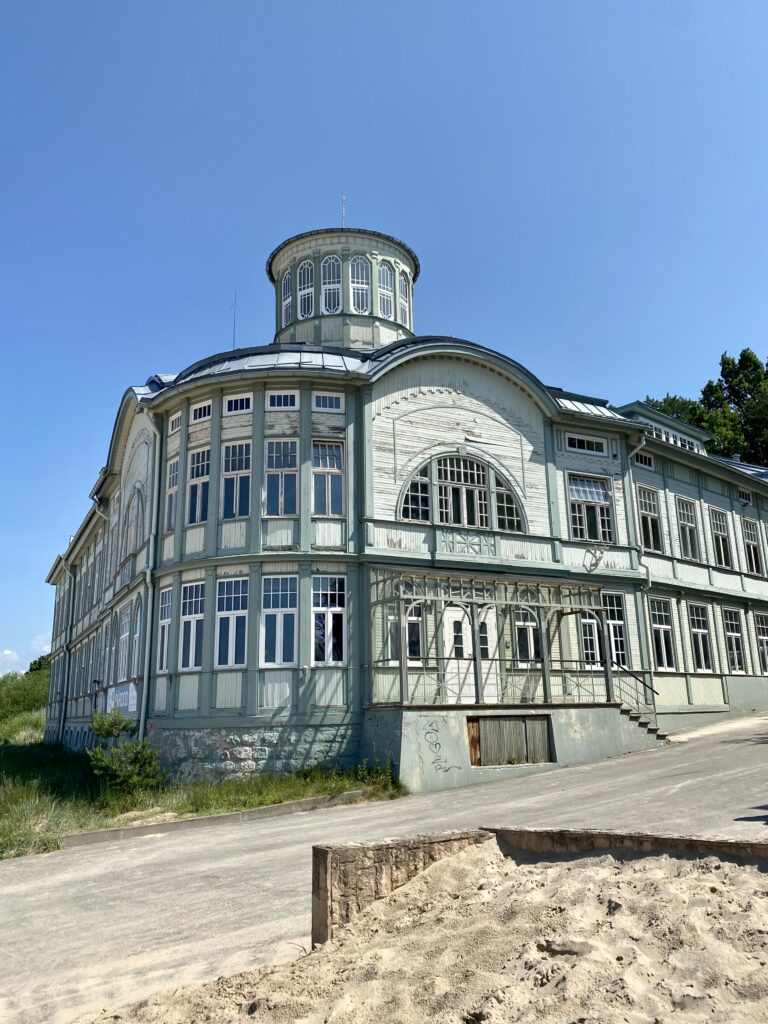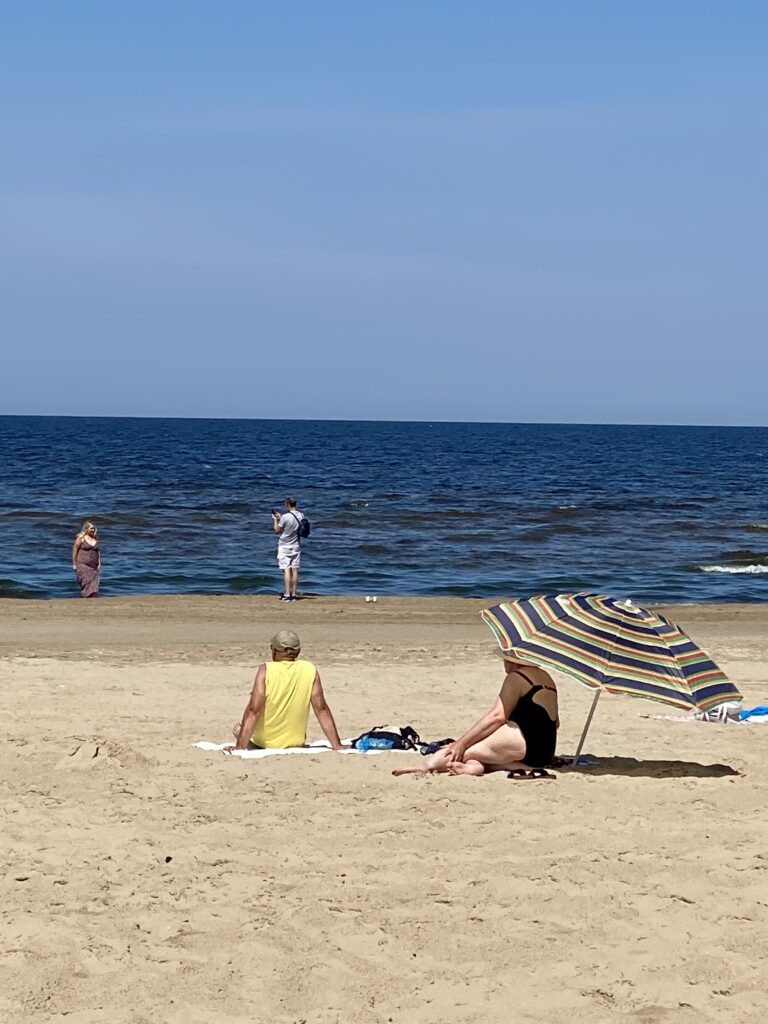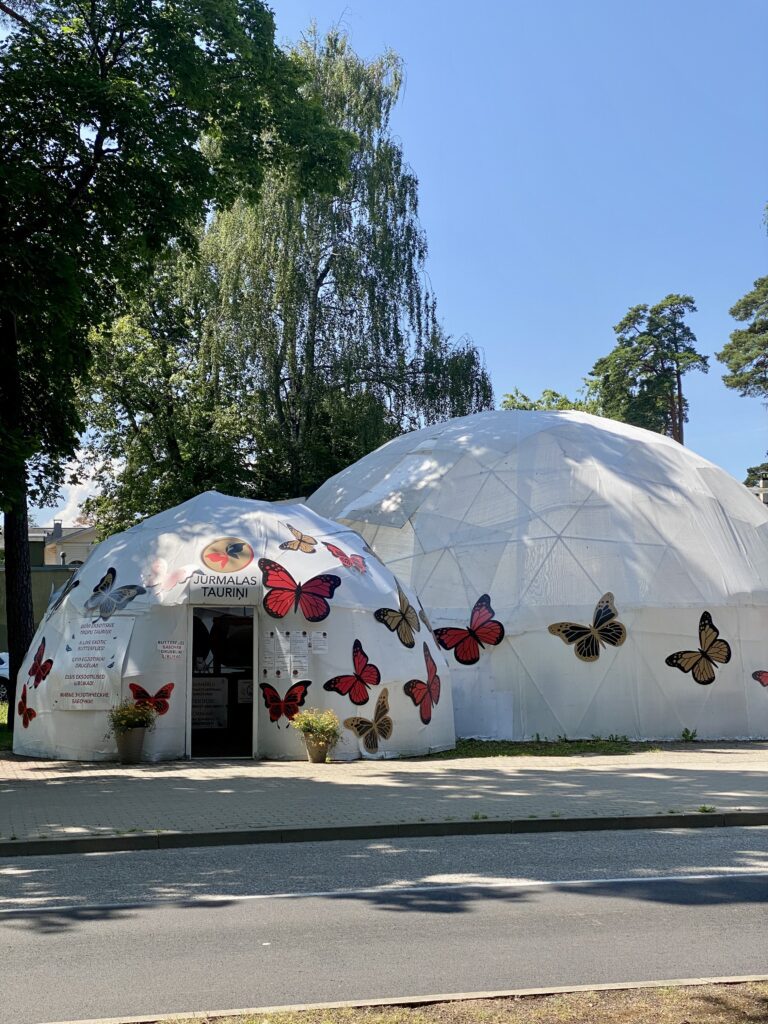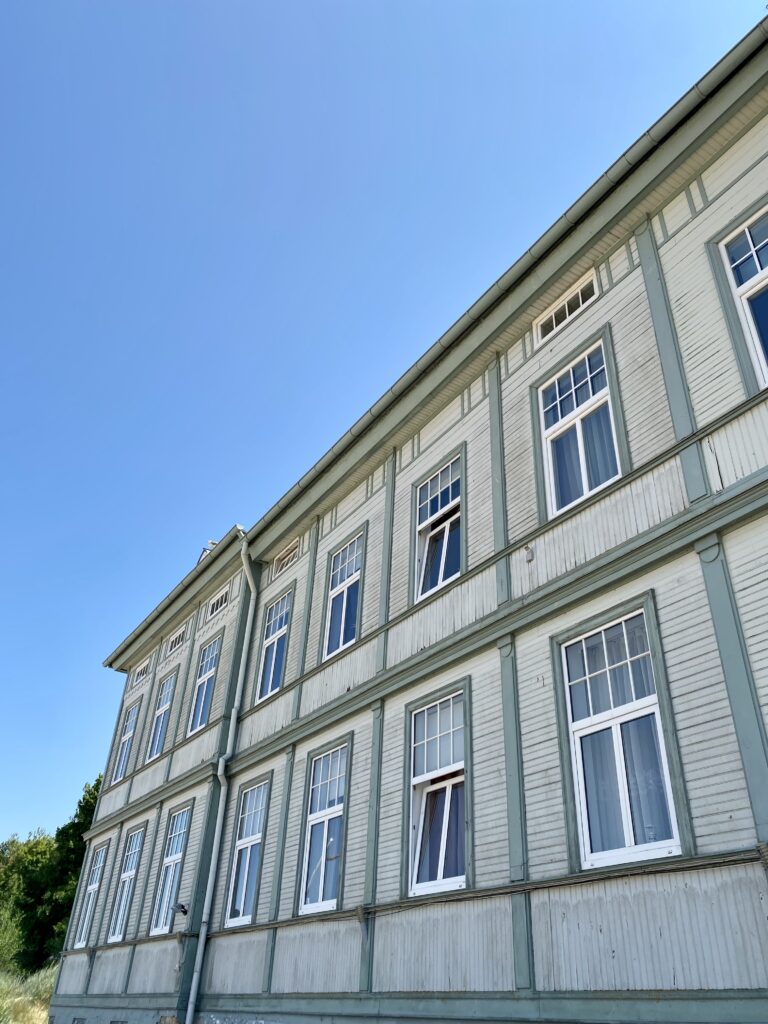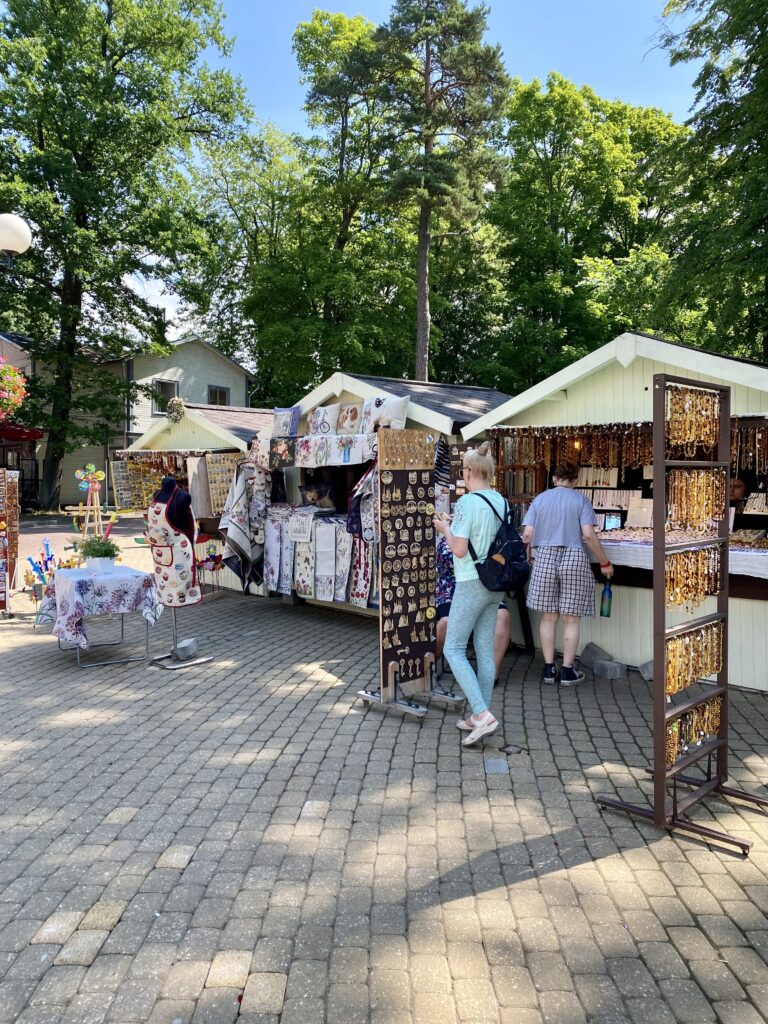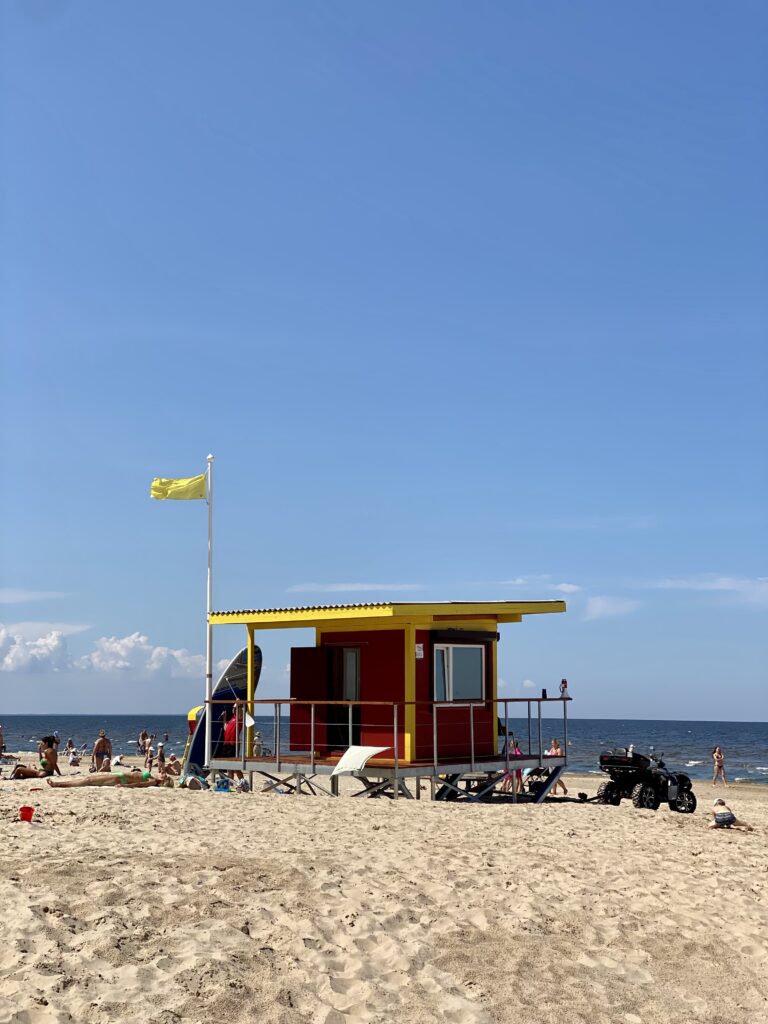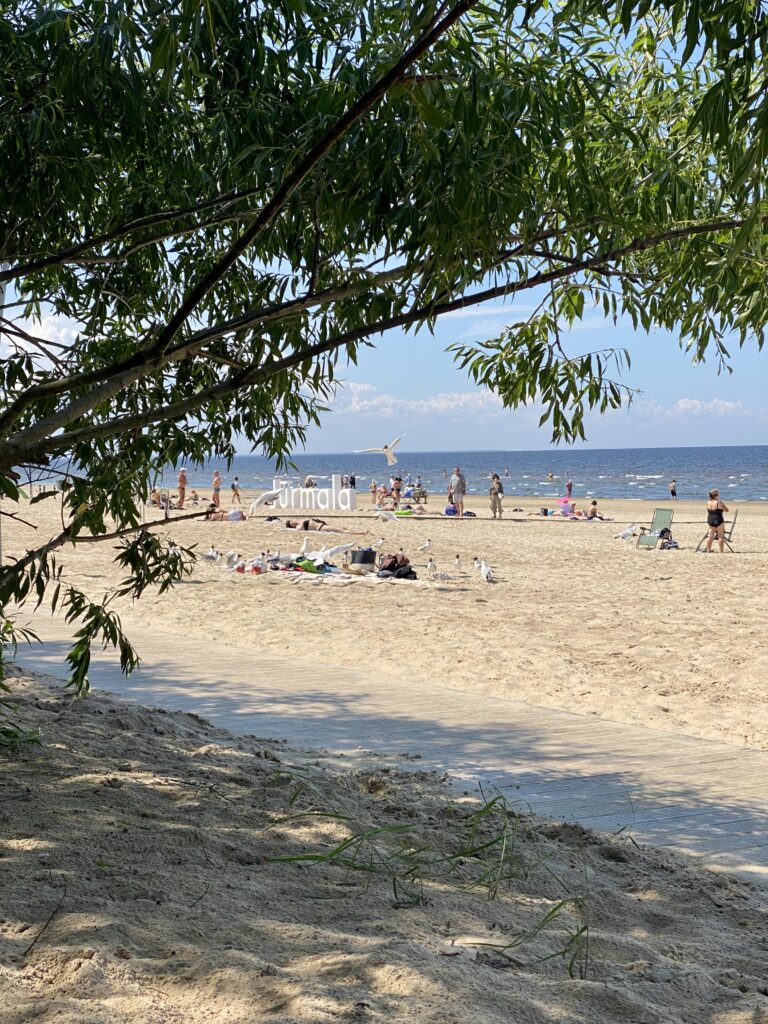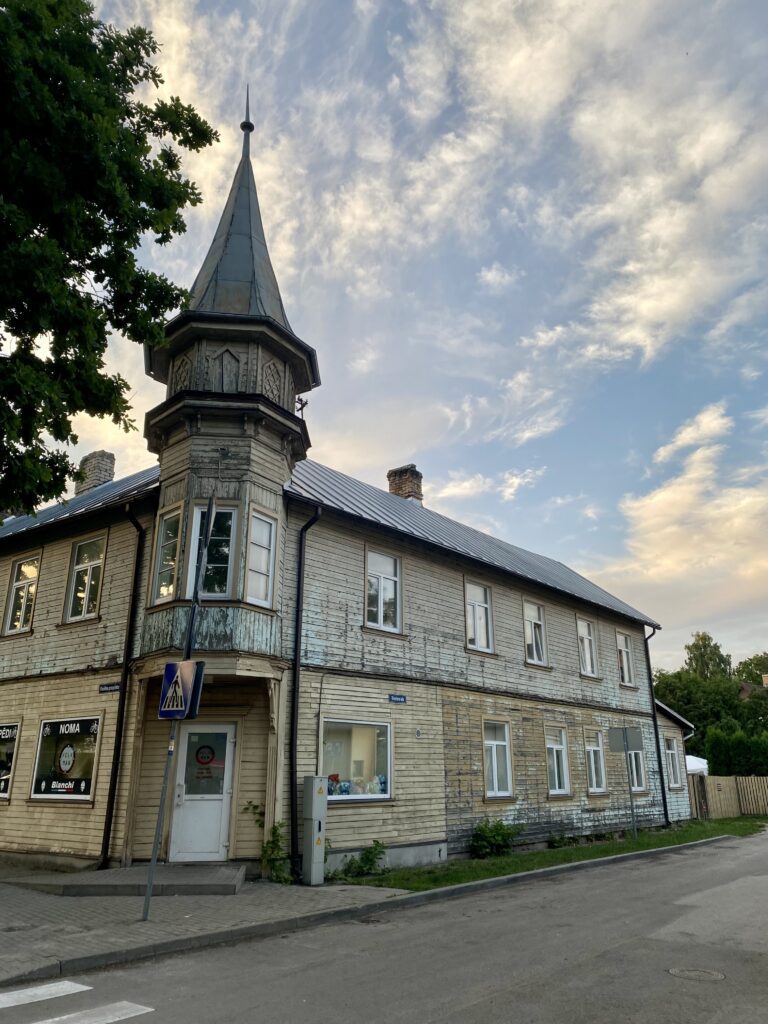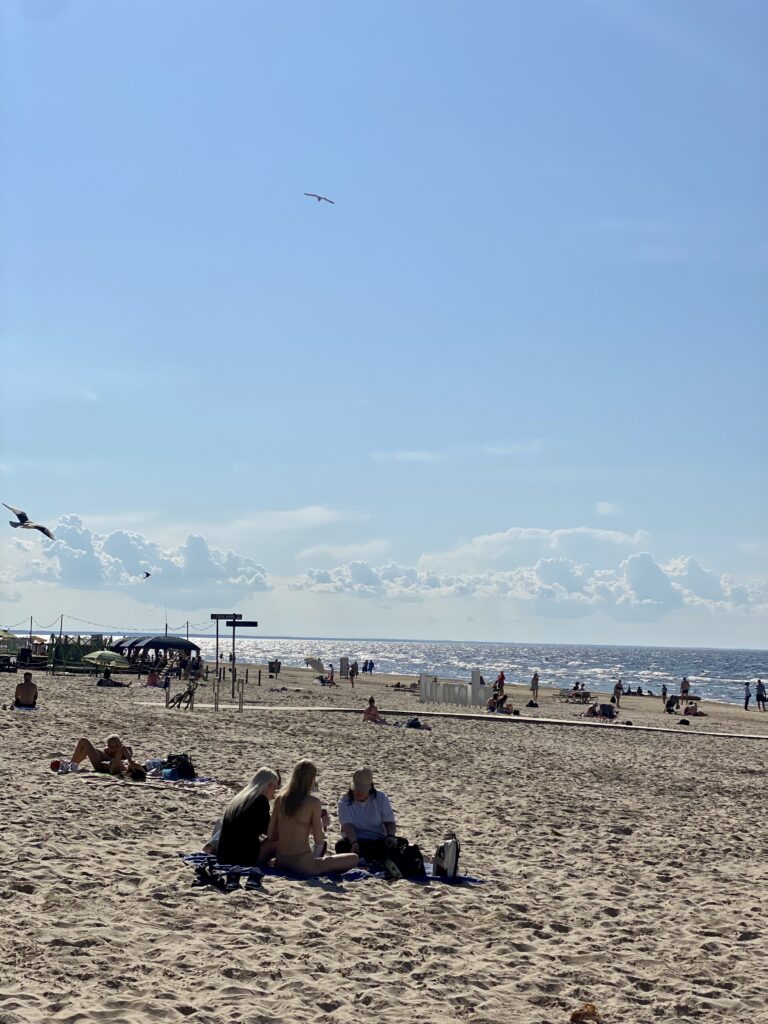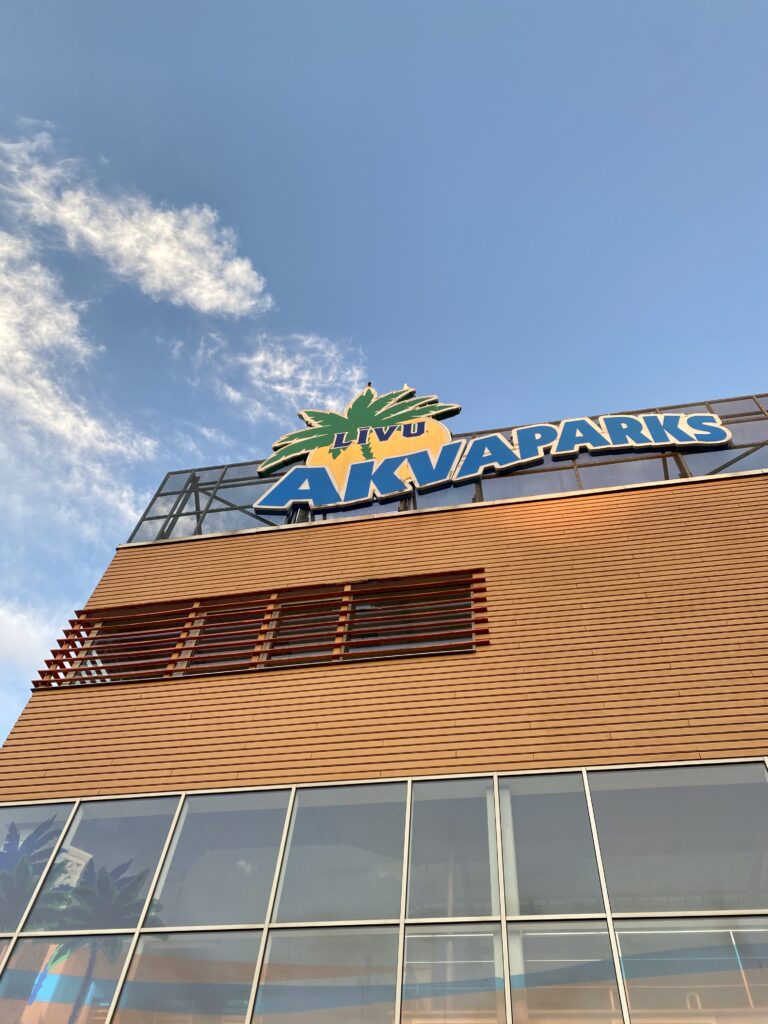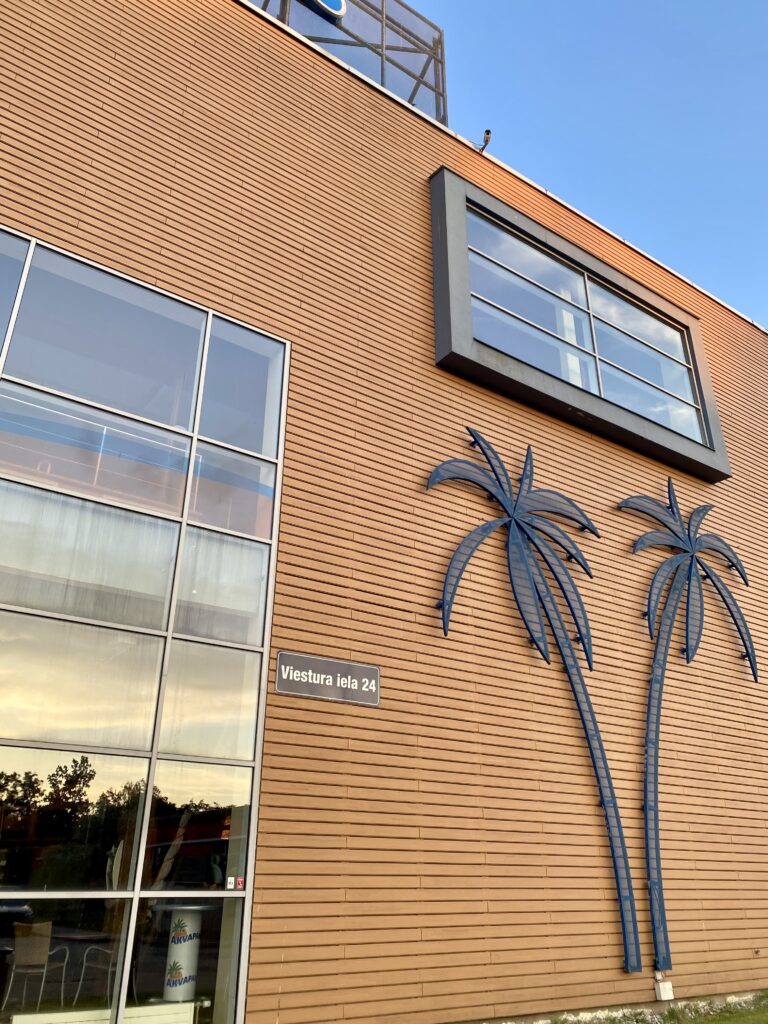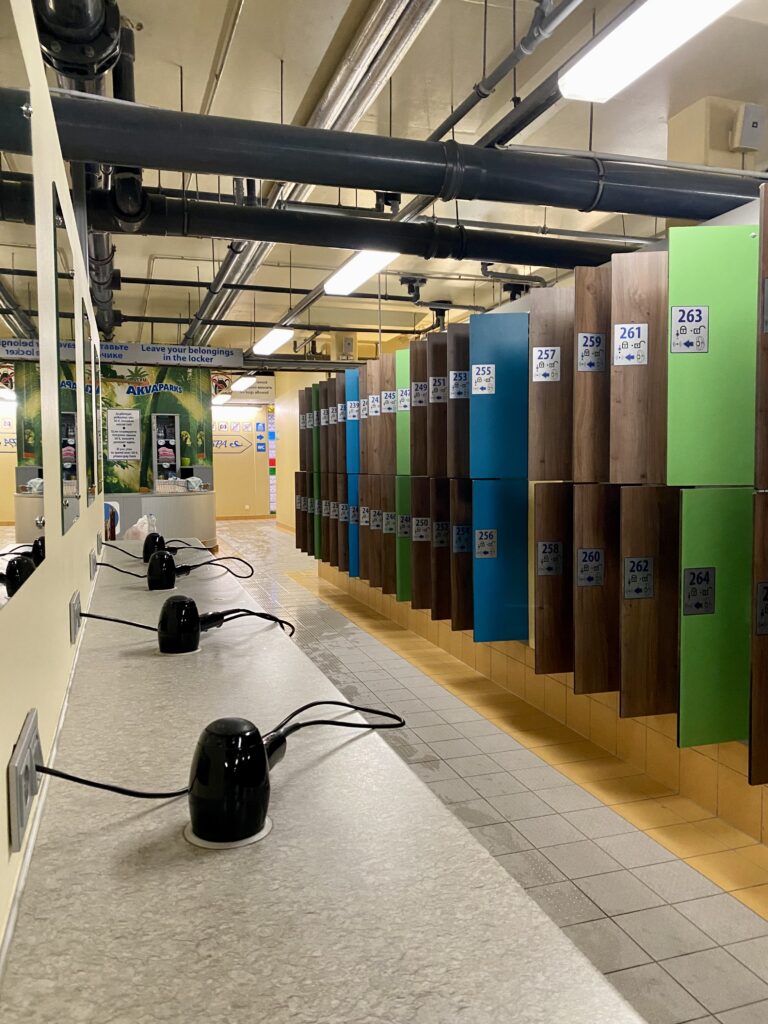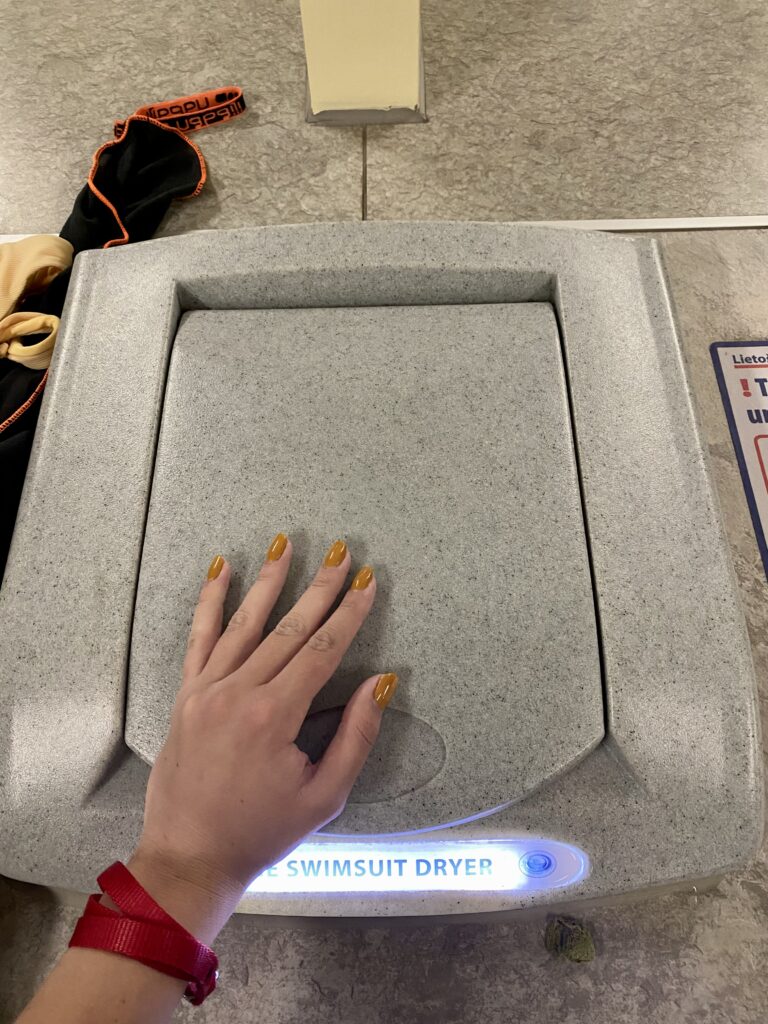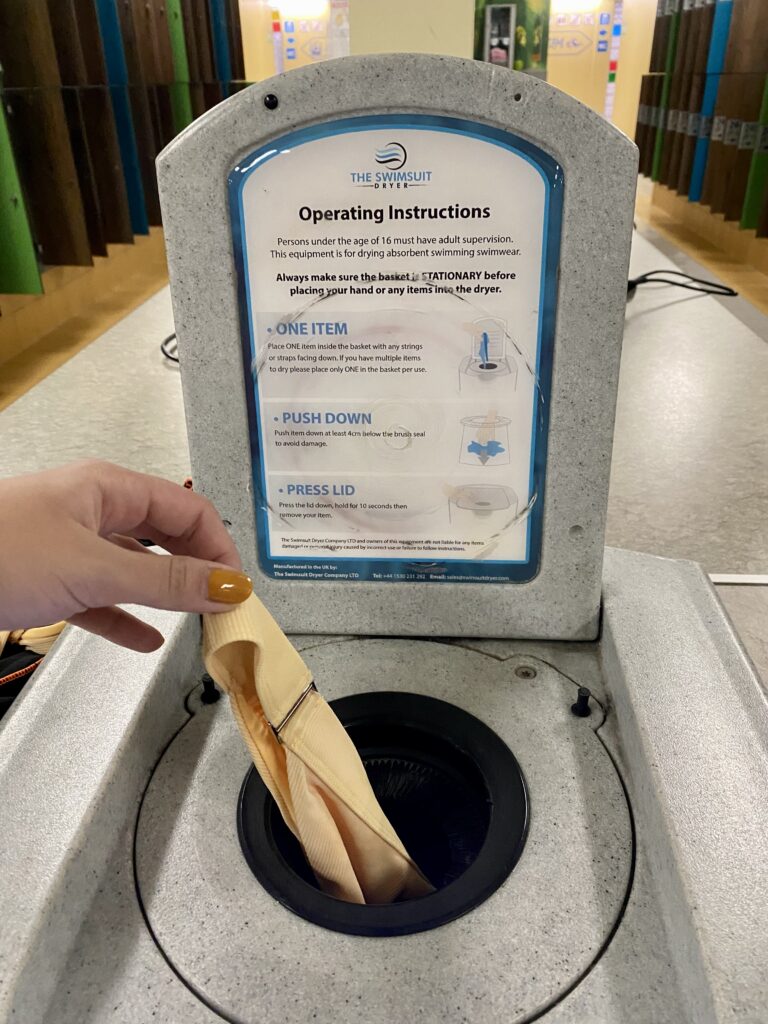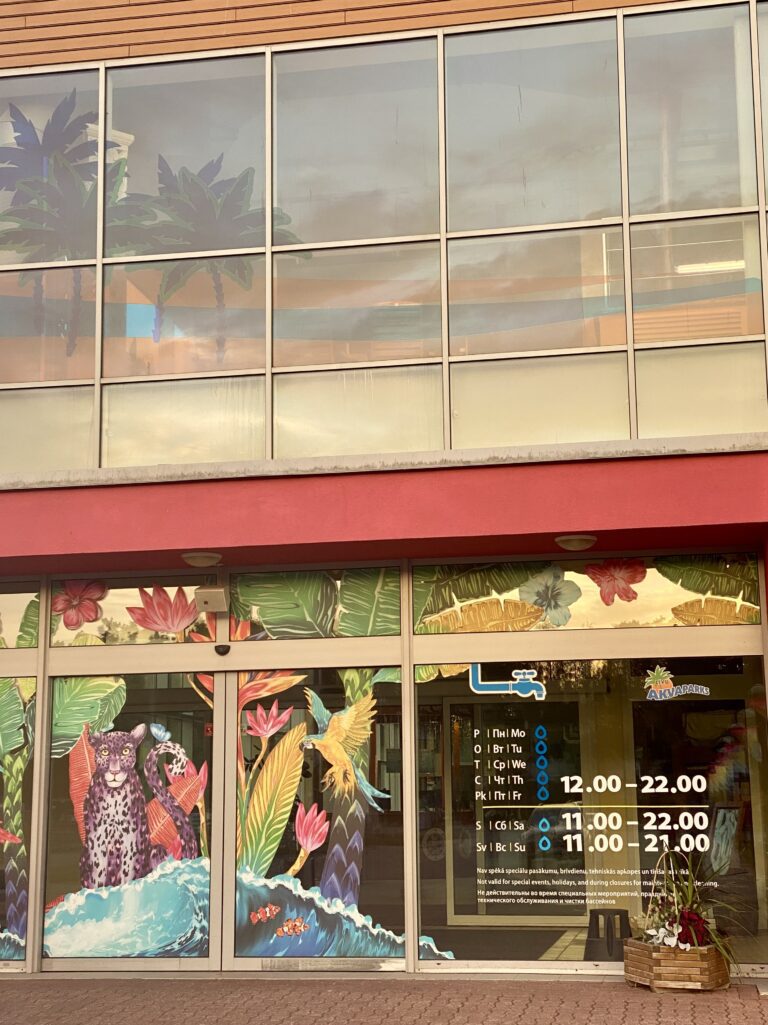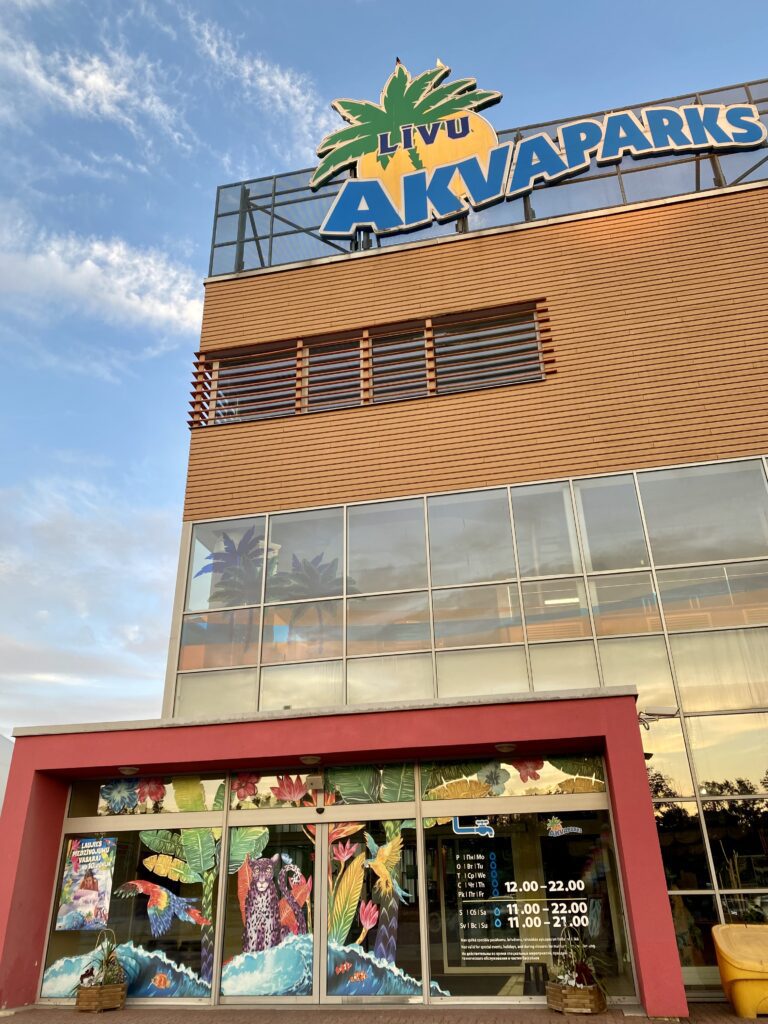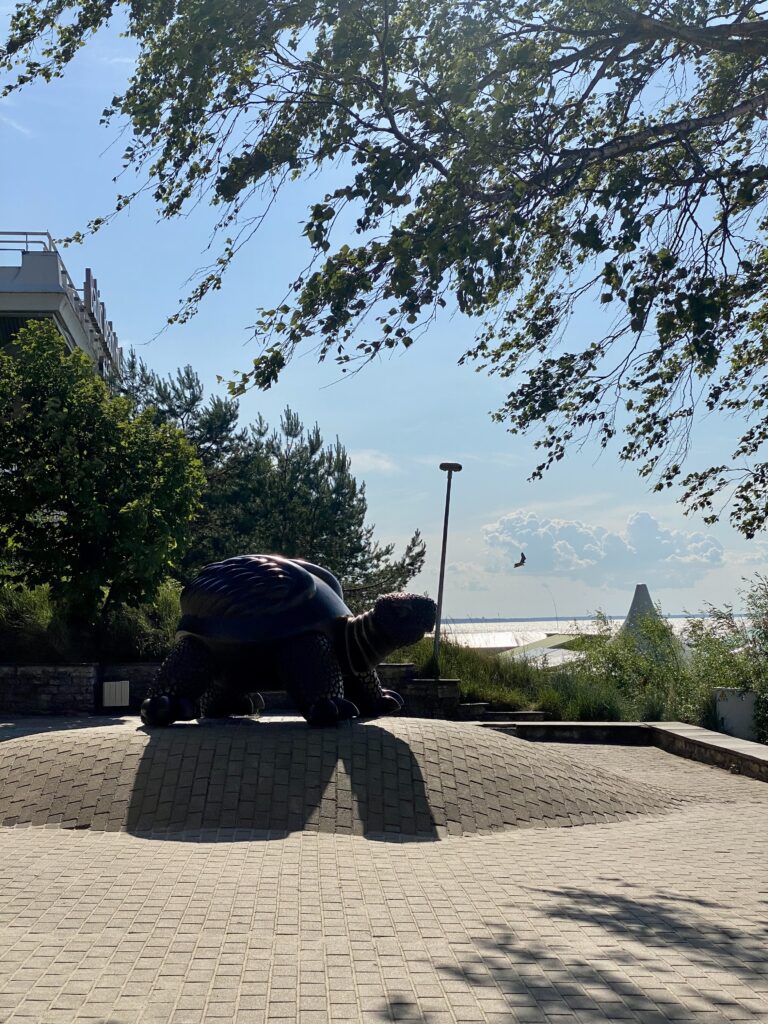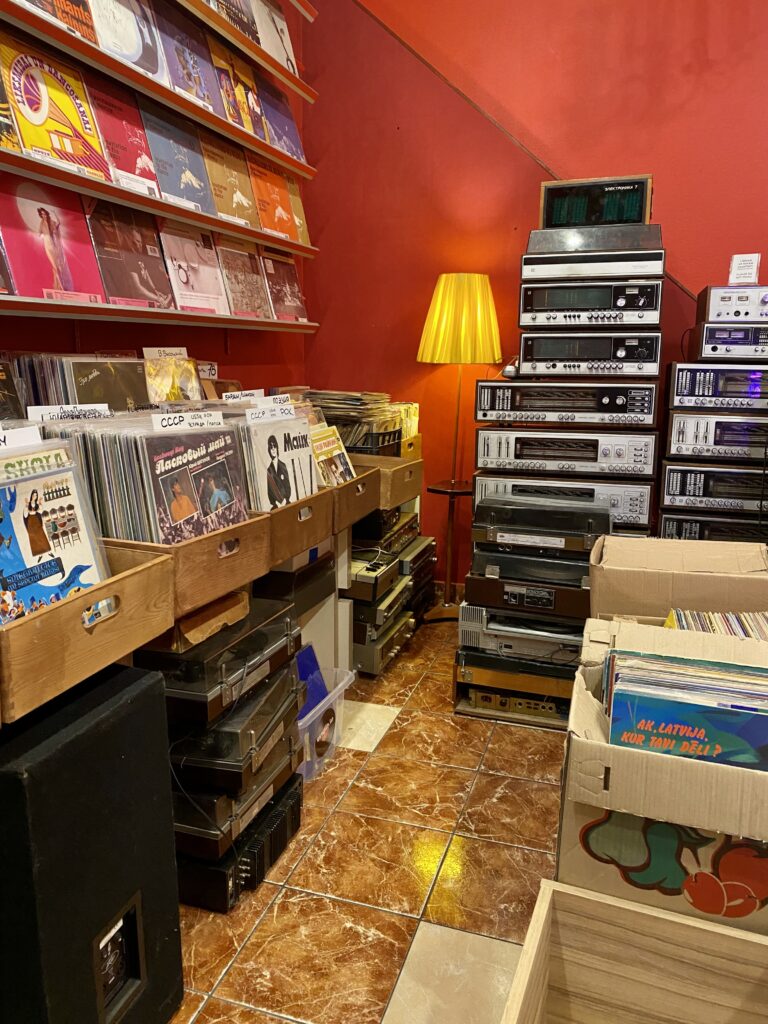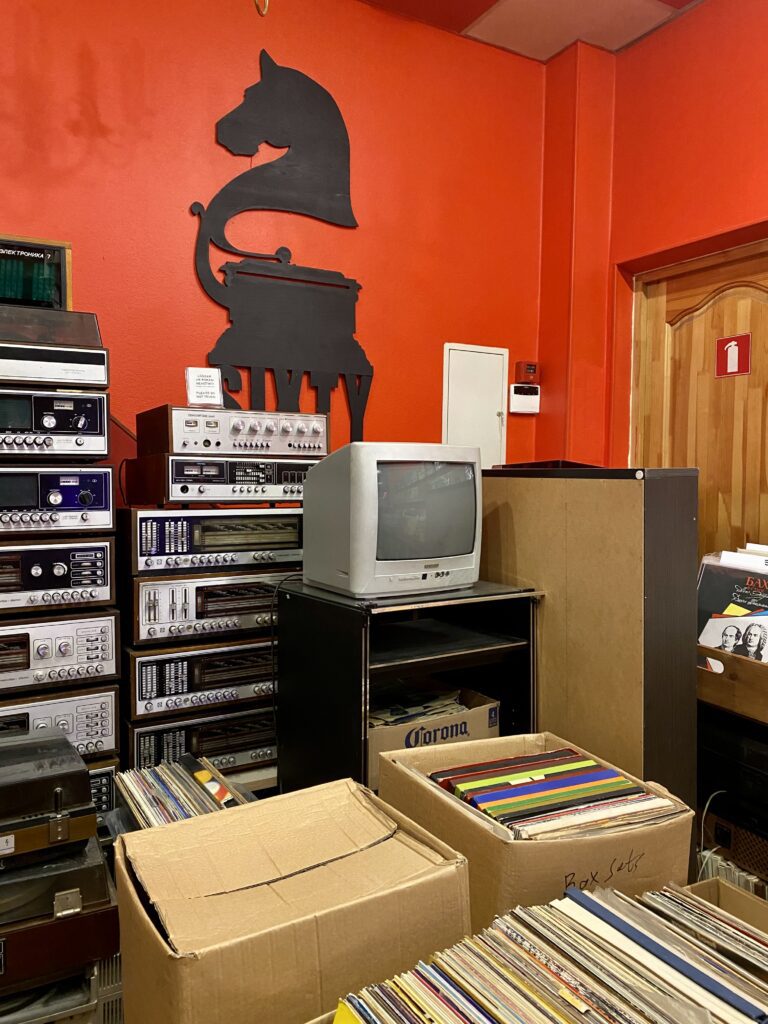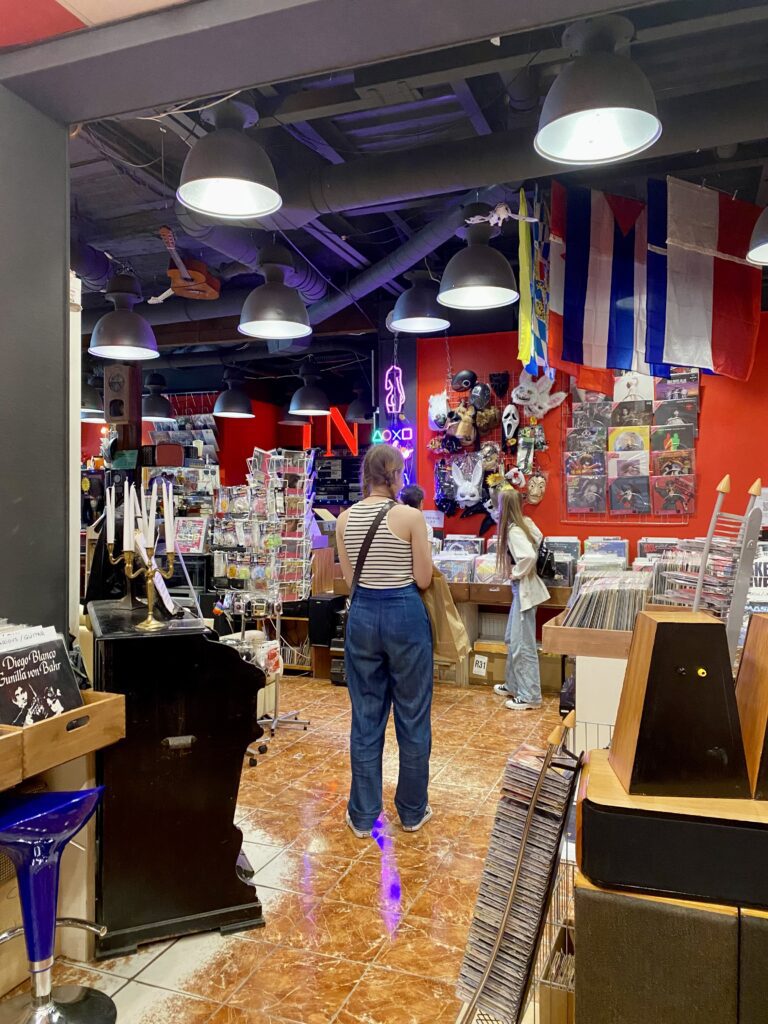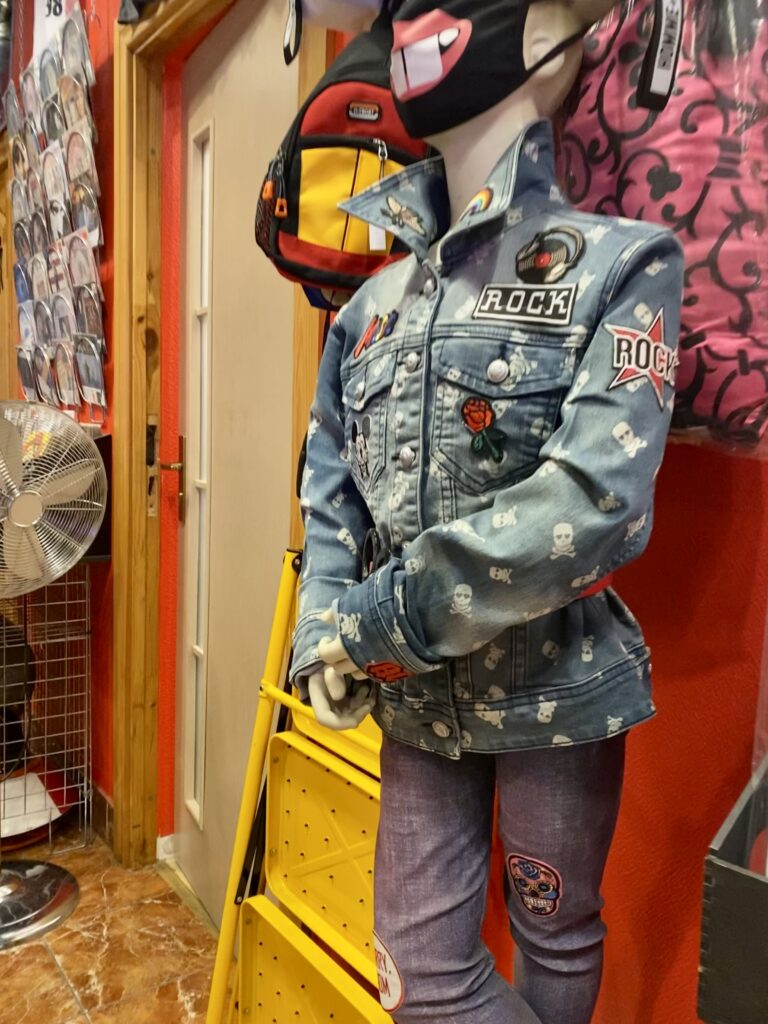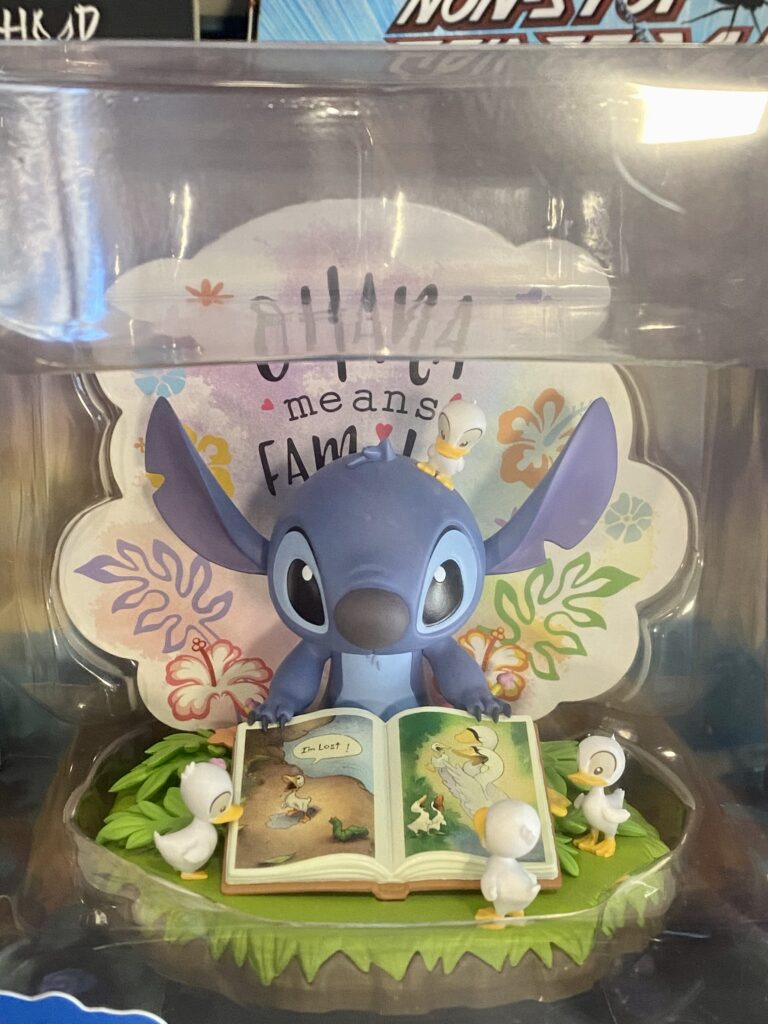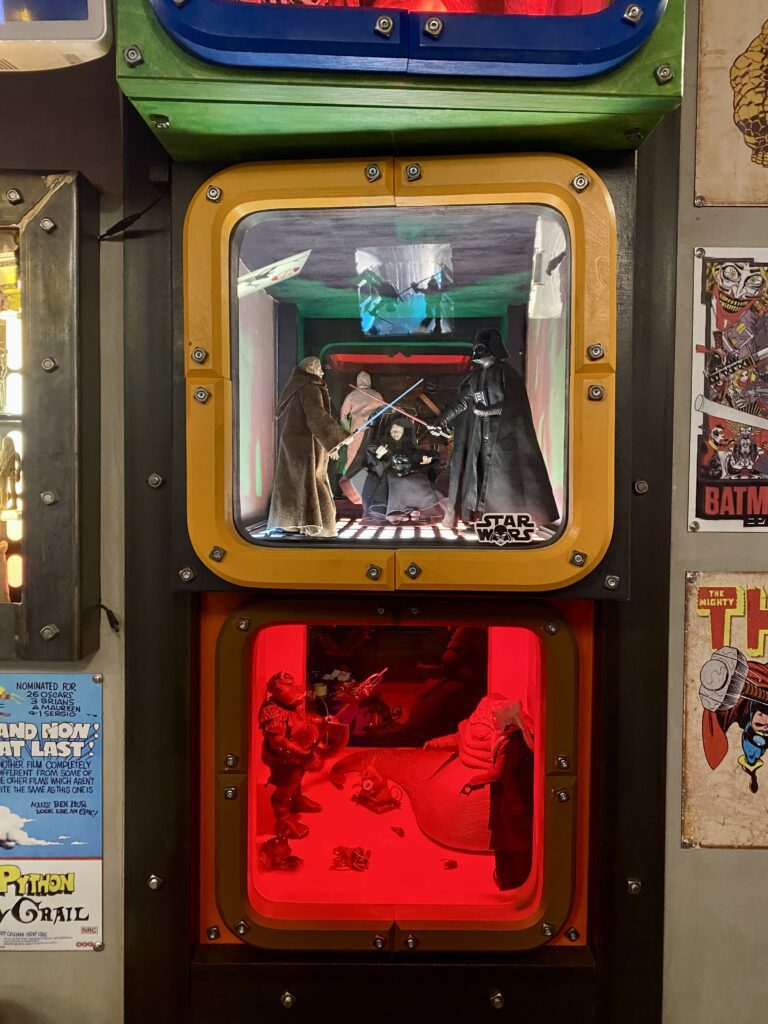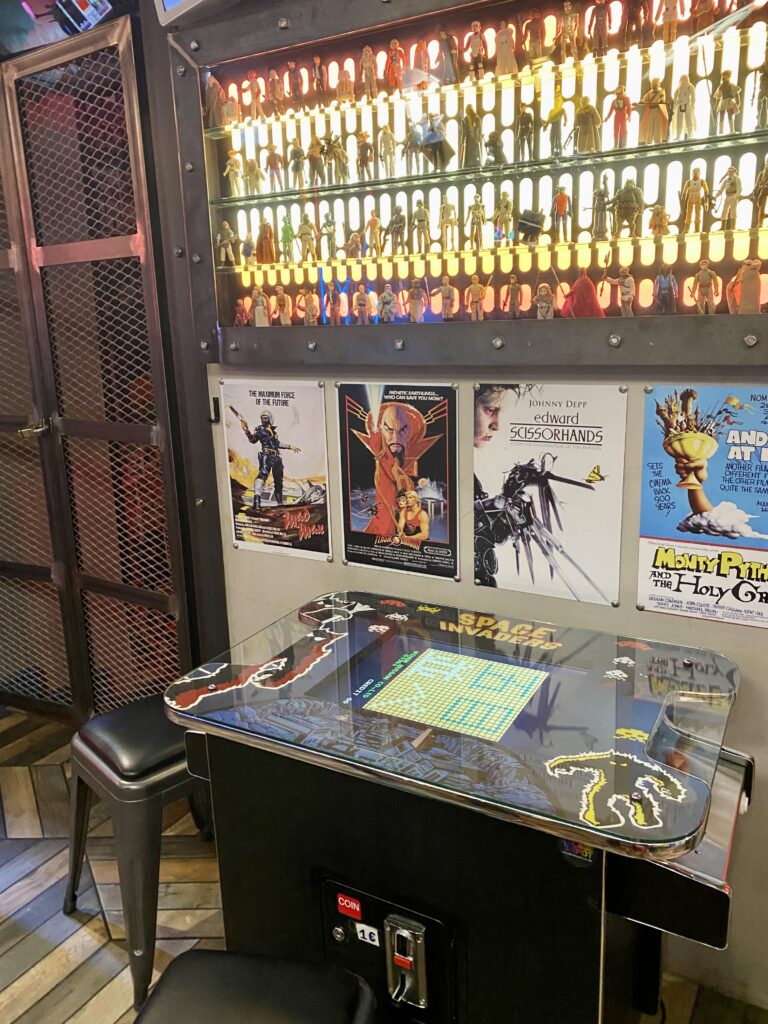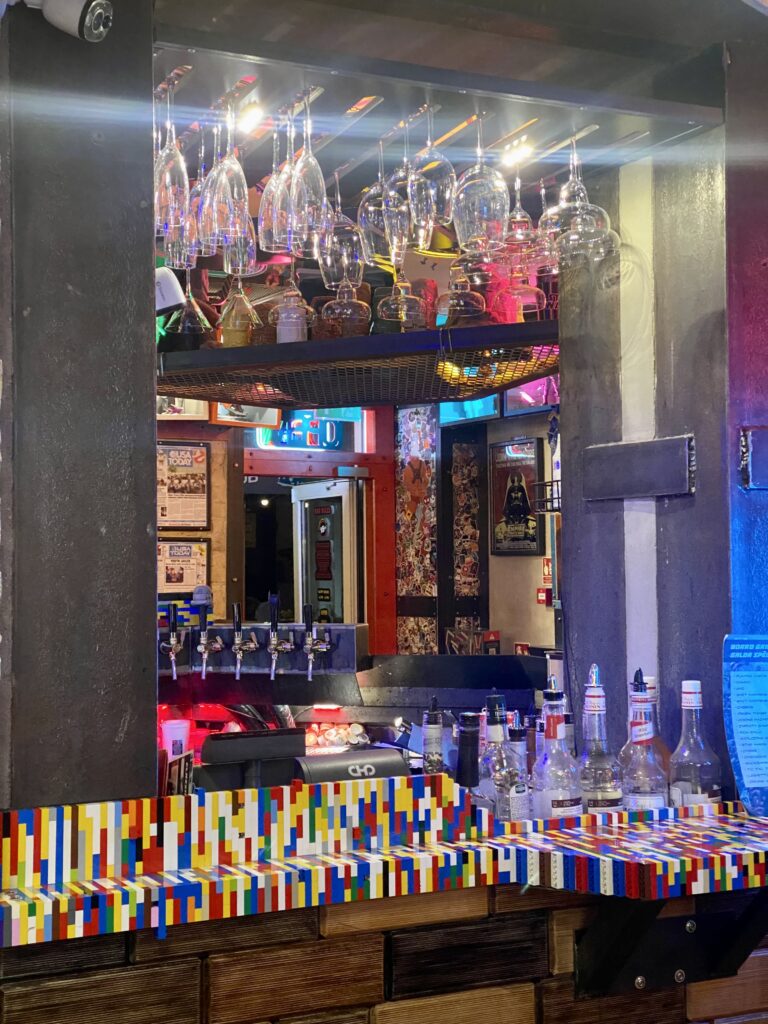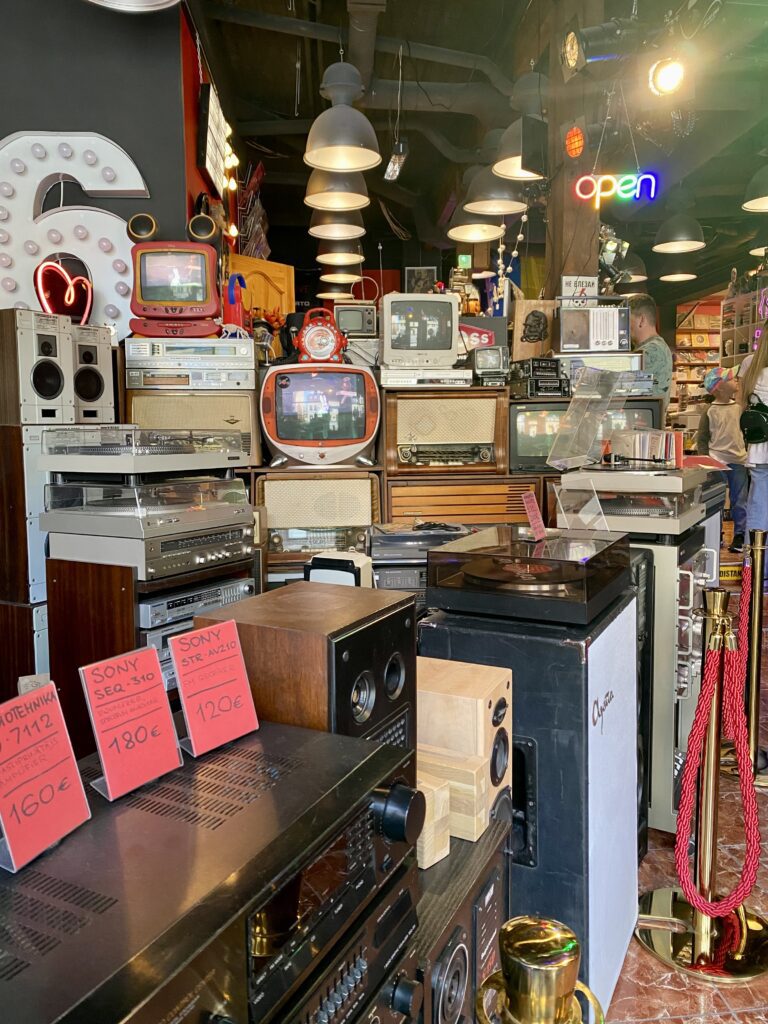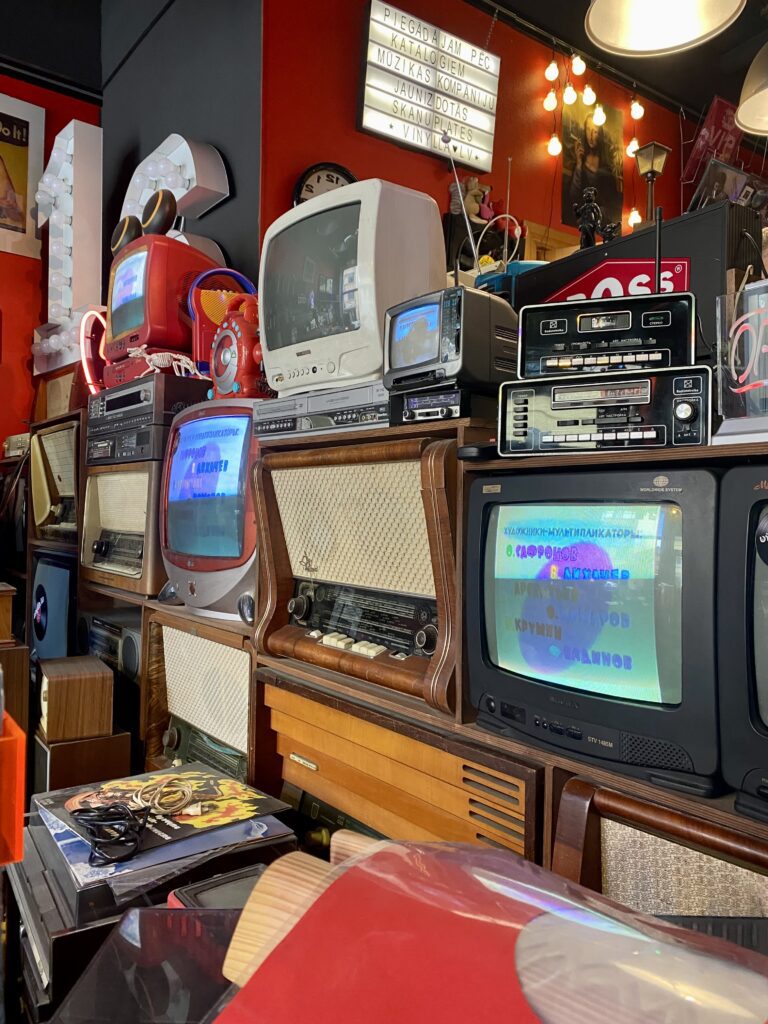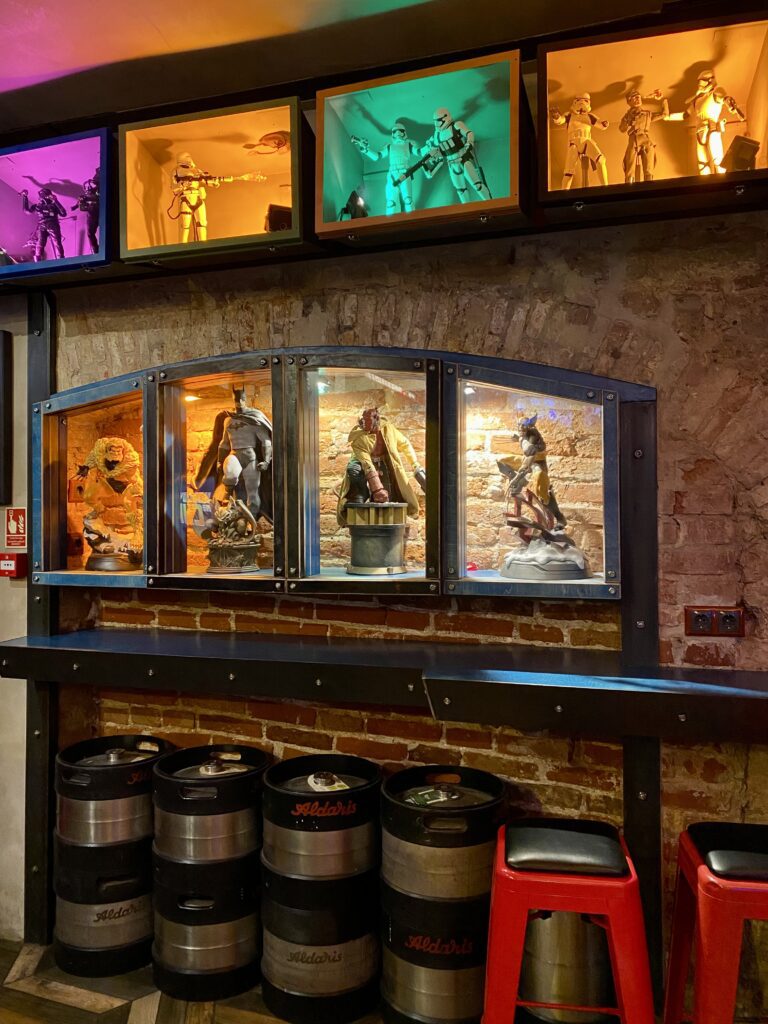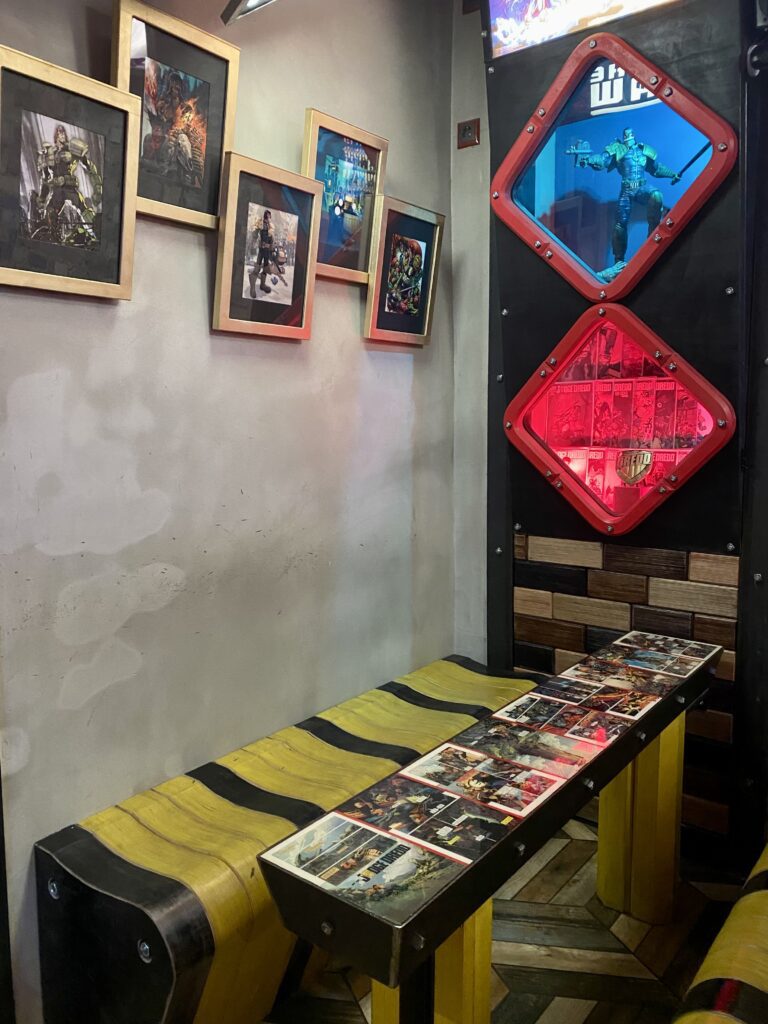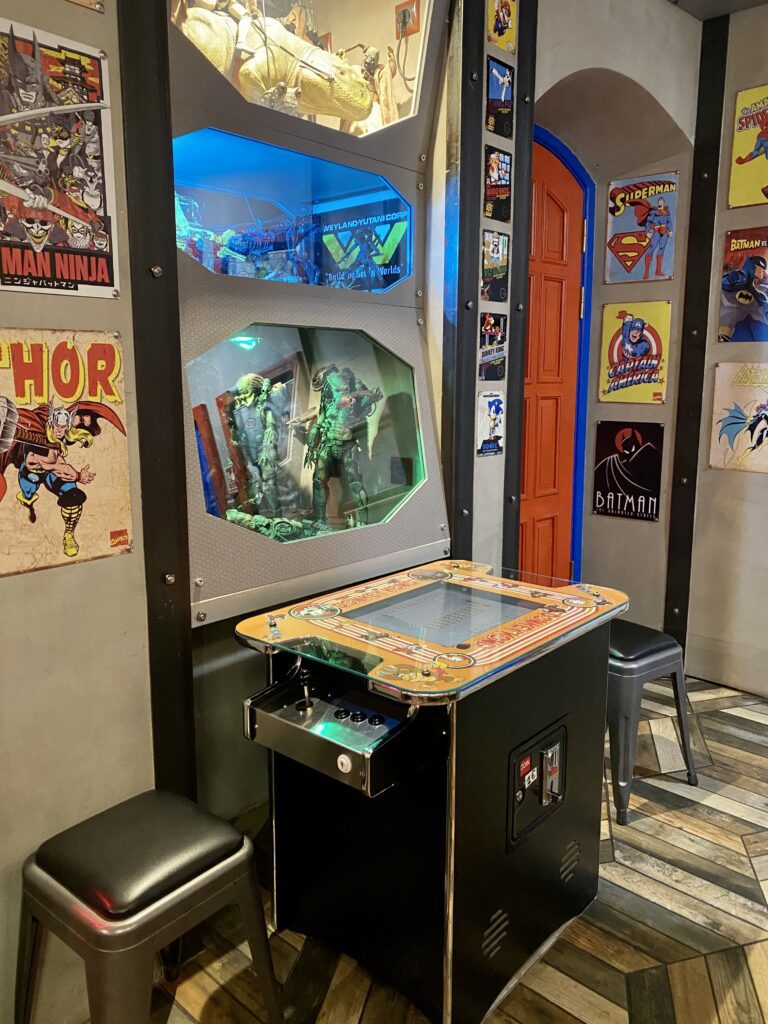Latvia (Riga)
Countless times mistaken for Lithuania or Russia, this country is located in the Baltic region of Northern Europe, where the love of nature seamlessly intertwines with the lively spirit of its people. Although it borders the aforementioned countries, as well as Belarus and Estonia, this country and its capital Riga stand out for many things, primarily for its free-spirited outlook on the world, uniqueness in food and clothing, and mutual tolerance.
How to get to Latvia
Flight:The most convenient and fastest way to travel from Belgrade to Riga, the capital of Latvia, is by plane. Several airlines offer direct flights that usually last around 2 to 3 hours. The price of a return plane ticket is around 200 euros.
Bus: There are intercity bus lines connecting Belgrade with various European cities, including Riga. However, this option may involve more transfers and longer travel times.
Car: Driving from Belgrade to Riga includes a route through Serbia, Hungary, Slovakia, Poland, Lithuania and finally Latvia. The distance is approximately 1,700 kilometers (1,050 miles) and the travel time would take about 19 hours. Road conditions are generally good, but be aware of tolls on some highways.
Tip: A visa is not required to enter Latvia.
Accommodation
Accommodation prices in Riga vary depending on factors such as location, season and generally the type of level of comfort and luxury provided. Below is a general overview of the price range for accommodation in the capital of Latvia:
Hotels: In Riga, hotel prices can range from around 30 to 300 euros or more per night, depending on star rating and location. Luxury hotels located in the center or historic part of the city tend to be more expensive, while budget or mid-range hotels offer more affordable options.
Flats and apartments: Renting this kind of space in Riga can be a cost-effective option, especially for longer stays or group trips. On average, you can expect prices to range from €40 to €150 or more per night, depending on the property.
Hostels: Hostels in Riga offer affordable options for travelers. Beds in dormitories in hostels generally range from 10 to 30 euros per night. Private rooms are also available, but at higher prices.
Tip: To find the best prices and deals on accommodation in Riga, consider booking in advance and reading reviews about the amenities offered. One of the booking sites you can explore is booking.com.
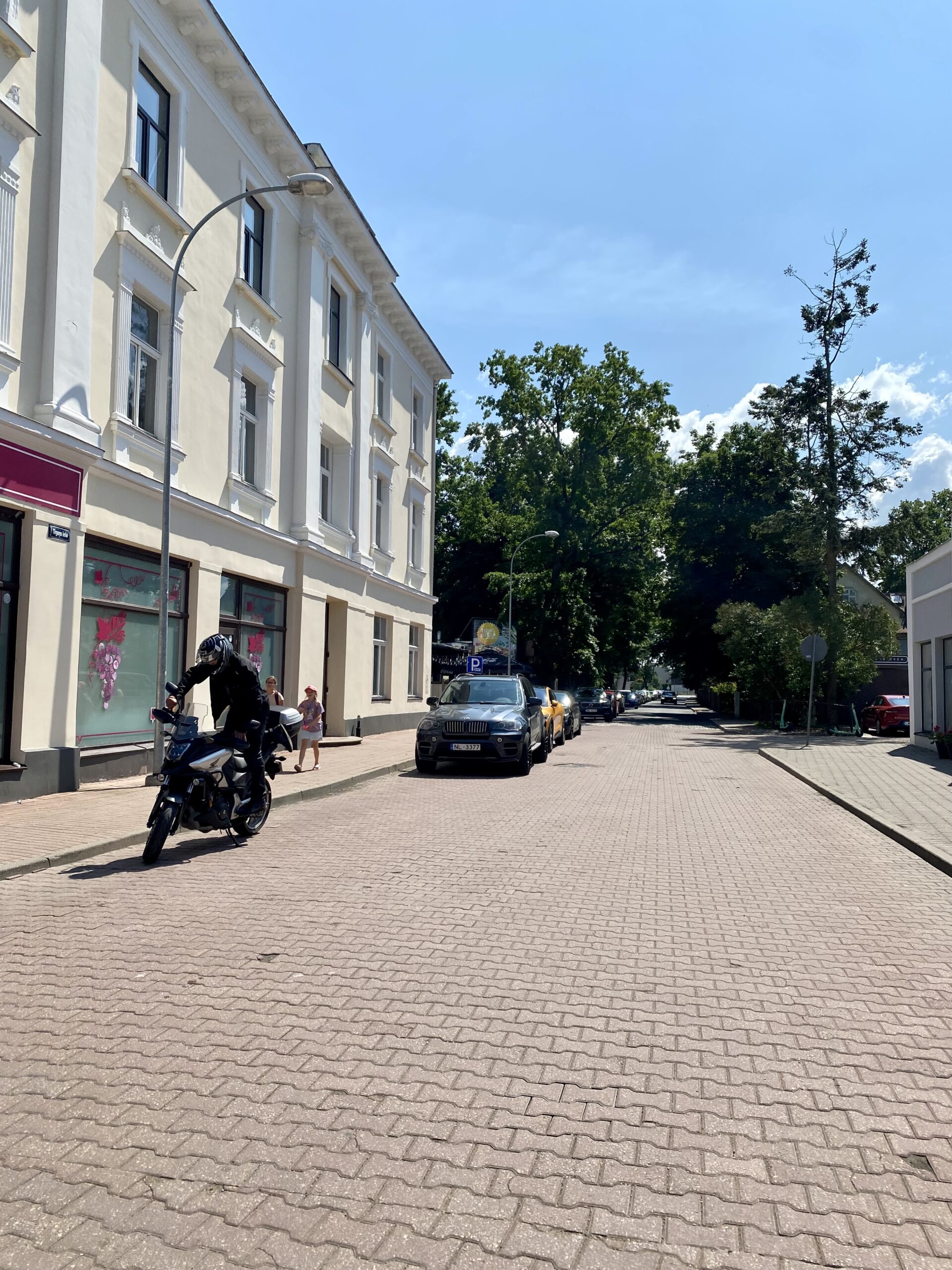

Best time to visit Riga
The best time to visit Riga is during the late spring and summer months, from May to August. This period offers the most pleasant weather and lively atmosphere, making it ideal for exploring this charming Baltic capital.
In May, colorful flowers begin to bloom in the city, and parks and gardens become attractive places for leisurely walks. Temperatures are mild, ranging from around 10°C to 20°C (50°F to 68°F), making for a pleasant exploration of Riga’s attractions.
June is a particularly exciting time to be in the Latvian capital because of the summer festival, known as “Ligo”. This traditional Latvian celebration takes place around the summer solstice (June 23 or 24), with lively festivities, traditional costumes, dancing and a warm sense of community. There is almost no better opportunity to experience the unique culture and traditions of Latvia.
July and August bring the height of summer, with temperatures ranging from 15°C to 25°C (59°F to 77°F). This is the perfect time to enjoy outdoor activities, relax in one of Riga’s many parks, or take a leisurely stroll along the Daugava River. The city’s cafes and restaurants offer wonderful outdoor dining experiences, and the longer daylight hours offer the opportunity to explore and explore this mystical country more fully.
Tip: Although summer is undoubtedly the best time to visit Riga, keep in mind that it is also the peak tourist season. If you prefer less crowds and lower hotel prices, consider visiting in May or September.
Currency
The official currency of Latvia is the euro, adopted on January 1, 2014, which replaced the Latvian lat. This transition marked a significant turning point in Latvia’s economic integration with the European Union.
With the euro as the country’s medium of exchange, travelers can explore the beauty of Latvia without any difficulty, especially since credit cards are also widely accepted, ensuring convenient transactions for both locals and visitors.
Religion and the hippie tradition in Latvia
With a fascinating history spanning centuries, Latvia’s religious landscape exhibits an intriguing blend of diverse influences. The predominant religion in the country is Christianity, with most Latvians identifying as either Roman Catholic or Lutheran. This heritage is reflected in the stunning architecture of the churches and cathedrals that dot the landscape, especially in the capital. Although Christianity occupies a prominent place in Latvia’s religious identity, the country is also home to various minority religions, including Orthodox Christianity, Judaism, Islam, and others.
At the other end of the spectrum, Latvia embraced the countercultural influence of the hippie movement. This vibrant subculture, which emerged in the 1960s and 1970s, advocates peace, love and harmony with nature.
Despite the challenges during the Soviet era, the spirit of the hippie tradition survived in Latvia. Today, you can find communities and individuals who continue to embrace its principles, promoting artistic expression, environmental awareness, and a carefree lifestyle.
Latvia uniquely combines its religious heritage with the acceptance of diverse perspectives, including the hippie tradition. Anyone who is open enough to explore the freedom in this country will have the opportunity to discover historical religious sites, witness the beauty of cultural traditions and feel the free-spirited essence of the hippie movement that still resonates in the artistic communities of Latvia.
Language
The official language of Latvia is Latvian, also known as Lettish, which is a Baltic language closely related to Lithuanian. This unique language has evolved over centuries, preserving its distinct identity despite external influences.
Latvian is renowned for its melodic tones and complex grammar, making it an intriguing challenge for language enthusiasts. Locals appreciate travelers who attempt to learn a few basic phrases, as it showcases a genuine interest in their culture.
While Latvian is the primary language, you’ll find that many Latvians speak English, especially in urban areas and popular tourist spots. This linguistic diversity makes navigating the country relatively easy for international visitors.
To immerse yourself fully in Latvia’s language and culture, consider exploring small villages and interacting with the locals. You’ll undoubtedly experience a deeper connection to this beautiful Baltic nation and create unforgettable memories during your journey.
What to wear
The general impression of Latvians is that they express their broadness and free-mindedness to a great extent through their clothing. In no country have I come across more modest and at the same time dressing with more style. Wherever you turn, you will witness the most diverse combinations of wardrobes, skillfully woven into colorfulness and uniqueness that exudes freedom. And perhaps the most important thing in this story about freedom is that no one condemns it, everyone just admires it. So don’t worry too much about the style of clothing you choose for this trip, even if you don’t have any clothes on, I guarantee you wouldn’t feel uncomfortable on the street.
However, here are some tips based on the climate in Latvia which varies significantly between seasons:
Spring (April to May) in Latvia can be unpredictable, with chilly mornings and evenings gradually giving way to mild warmth in the afternoons. Layers are essential during this period. It is advised to pack a combination of long-sleeved shirts, sweaters and a light jacket or coat. Comfortable jeans or trousers and closed-toe shoes are ideal for exploring the cities.
Tip: Don’t forget to bring a waterproof jacket or umbrella, as spring showers are almost inevitable.
Summer (June to August) is pleasant, with warm days and cooler evenings. Light and airy clothes like t-shirts, shorts, dresses and skirts are perfect for daytime. A light sweater or jacket is handy for evening classes that can be chilly.
Tip: During the summer, sunscreen, sunglasses, and a wide-brimmed hat can be helpful for sun protection, especially if you plan to spend time outdoors.
Autumn (September to November) brings cooler temperatures and colorful leaves to Latvia. Layering remains key this season as well. When packing, consider sweaters, long-sleeved shirts, and a jacket or coat of medium thickness. Comfortable, waterproof footwear is recommended, as autumn can be wet and muddy. Scarves and gloves will provide extra warmth as the season progresses.
Winter (December to February) in Latvia is cold, with temperatures often falling well below freezing. Packing warm clothes is a must. Don’t leave out the thickest winter coats, insulated jackets, hats, gloves and scarves to keep you comfortable during outdoor activities. Waterproof and non-slip footwear is essential for walking on often icy sidewalks.
Tip: Don’t forget to pack a bathing suit if you plan to visit Latvia’s beautiful beaches or relax in its famous saunas.
How to move around Riga
One of the main characteristics of Latvia is its flat terrain, which allows easy movement for all lovers of a healthy life, so the majority of the population is used to walking and prefers this type of movement, regardless of the distance to the final destination.
The next and again very widespread option is the rental of electric scooters, scooters and bicycles. The prices of such services are affordable, and payment by credit cards is widely accepted. You can find these means of transport all over the city and it is generally necessary to download the application on your phone, through which you will then be able to start the vehicle very simply.
Riga’s public transport network includes trams, buses and trolleybuses, which are known for their efficiency and affordability. You can buy one ticket for 1.5 euros or a one-day pass for 5 euros to access an unlimited number of rides during 24 hours.
Taxis are readily available throughout Riga, offering a comfortable and convenient option for getting around, especially during late night travel. There are a number of ride hailing apps, Uber, Bolt and other local taxi apps provide safe and convenient transportation options.
Tip: Pay attention to the payment options required by a particular vehicle before you order it, sometimes it’s cash only.
So hop on a tram, grab a bike or take a leisurely stroll – transport options in Riga are as varied as the experiences that await you in this enchanting Baltic gem.
Food and drink
With its rich culinary heritage that reflects the region’s history and natural bounty, Latvian dishes offer a wonderful blend of simplicity and sophistication. Here are a few Latvian foods to try during your visit:
Green Peas with Bacon (Pelēkie Zirņi ar Speķi), this iconic Latvian dish combines tender grey peas with delicious lard, creating a hearty heart-warming combination. This dish is usually served on Christmas evening.
Riga black balsam is not only a drink, but also an entire tradition. This is a herbal liqueur with a unique mixture of over 20 natural ingredients, and sipping it you will feel the taste of Latvia’s storied past.
Latvian rye bread (Rupjmaize) will make you indulge in the hearty flavors of the Latvian tradition, characterized by a dense texture and healthy taste. If you pair it with local cheeses or spreads, you will have a real and complete experience.
Herring with potatoes (Silke ar Kartupeliem) is a real Baltic delight that contains marinated herring served with boiled potatoes and a dollop of sour cream, creating a harmonious combination of flavors.
Janu cheese, often enjoyed during the festive Janu celebrations, is a creamy confection with a touch of spiciness to try with honey and fresh berries.
While in Riga, embrace the opportunity to enjoy the culinary treasures of this enchanting city, and the right place for that can be the self-service restaurant Lido, which with several locations in Riga, delights visitors with a rich buffet table and affordable prices, presenting a variety of traditional dishes. At this place, you will have the opportunity to explore the abundance of flavors, from soul-warming soups to delicious desserts.
If at some point you want the delicious traditional food of another country, the Italian restaurant “O Sole Mio” will take you from the charming streets of the capital of Latvia on a culinary journey to Italy with its delicious pizzas. With a warm and inviting atmosphere in a good location, O Sole Mio restaurant conveys the essence of Italian hospitality, and every bite is a celebration of traditional Italian recipes and the art of pizza making.
Līgo festival
The most anticipated event in Latvia, the magical and vibrant summer solstice festival (a phenomenon that occurs twice a year when the Sun in the celestial hemisphere describes the highest or lowest path relative to the celestial equator) is celebrated with great joy and enthusiasm. Rooted in ancient pagan traditions, this summer festival marks the longest day of the year, heralding the arrival of the summer season.
During the Ligo festival, which usually takes place around June 23, families go outside the city to enjoy the beauty of nature. Bonfires are lit on this day, symbols of the sun and its life-giving warmth, and then all family members gather around them singing traditional songs and performing folk dances until late at night. One of the most famous songs sung during the Leagues is “Put, vejini” (Blow the Winds), a melodic tribute to the joys of summer.
The central element of the League is the knitting and wearing of flower crowns and wreaths made of field flowers and herbs. These crowns have great significance, they represent the connection between man and nature, as well as the cycle of life and renewal. Both young and old wear floral decorations, thus adding a sense of equality and unity to the entire festive atmosphere.
Some also follow the centuries-old tradition of searching for the mythical fern flower, which is said to bring good luck and well-being to those who find it, although it remains elusive to this day.
Ligo is not just a festival; it is a celebration of Latvia’s identity, tradition and unity with nature; it embodies the spirit of community and serves as a reminder of the deep connection between people and the land they call home. If you ever wish to visit Letoia during this enchanting time, the magic of the League will help you fully experience the rich cultural tapestry that defines this extraordinary celebration.
Tip: Although it is best to learn about such events from the host personally, a good part of the tradition can also be experienced at concerts always organized in nature, mostly among trees, where people dance, love and celebrate nature until the morning hours.
Bar ,,Piana Vyshnia''
Away from the bustling city center, the Piana Vishnia bar is a real paradise for all those who want to explore the traditional Latvian liquor culture. Upon entering, you will be greeted by a warm decor framed by walls made of glass bottles, in which this very drink is located, and the aroma of cherries permeating the air will hint at the wonderful drink that awaits you.
The star of the show is, of course, the “Piana Vishnia” itself – a homemade cherry liqueur made with love and expertise and this is actually the only drink you can order at this place. If you give in to it, you will find an extraordinary result – a sweet but spicy nectar, which captures the essence of the Baltic summers in every sip. Each glass tells the story of Latvia’s centuries-old traditions and the deep-rooted connection between the country and its people.
So if you find yourself in Riga, raise a glass, enjoy the flavors and toast the spirit of “Piana Vishnia” and the wonderful memories it creates. Dzīvoja!
Black Magic Bar
Centrally located in the main street of the old part of town, “Black Magic” bar is a place where the modern history of the bar intertwines with the legends of “Riga Black Balm” and its creator, pharmacist Abraham Kunze.
The story goes that the ancient pharmacy where Abraham developed the secret of his healing elixir in the 18th century was located right in the basement of the bar. He first made it as a medicinal remedy for the Russian Empress Catherine the Great. Over the centuries, its recipe has been carefully preserved, passed down through the generations, and has become a symbol of Latvian pride, preserving its traditional essence, and has also managed to gain popularity as a favorite national drink.
Once upon a time, it is believed that sweets filled with “Riga black balsam”, chocolate and coffee, glazed plums and nuts could be bought in this place, so symbolically that tradition has survived to this day. If you want to try them, there is a possibility to reserve a balsam tasting, but even without it you can visit this place and experience an unforgettable experience in a magical environment full of secret passages, mystical characters and quality flavors.
The charm of ancient legends stems from the fact that they have inspired us for centuries, causing us to want to see, taste and even for a few hours be a part of a fairy tale that may have saved many lives long before our time, and this bar is a great place to start.
Baltic sea
To escape from the hustle and bustle of the city, you can head to the coast and the peace of untouched Latvian beaches near Riga. Just a few minutes’ drive from the bustling capital lies a world of magical natural beauty and seaside bliss.
One of the favorite destinations, both for locals and tourists, is the city of Jurmala and its beautiful sandy beaches surrounded by pine forests and thermal springs. This place is located about 25 km from Riga and can be easily reached by train. The ride lasts about 30 minutes, and the price of a one-way ticket, which you can buy either at the train station or on the train itself, is one and a half euros.
The temperature of the Baltic Sea is quite low throughout the year, in the summer months, for example, it can reach up to 20 degrees Celsius, which certainly does not sound like a perfect summer idyll, but those who are a little more daring can take it into consideration when it comes to swimming. For this very reason, entering the water is not the main motivation for visitors to visit the beautiful beaches, but they go there ready for a picnic and spend the day sunbathing, playing volleyball by the water or building sandcastles with family and friends. And the greatest spectacle comes only when the sun begins to set, as the sky turns into a canvas of hues, creating the perfect backdrop to end a day at the beach.
If, however, like me, you enjoy swimming immensely and have a strong desire to “make a splash”, within reach of this place there is a solution for that too, the Aqua Park, which we will talk more about below.
Līvu Akvapark
Located just a few minutes’ drive from the lively city of Riga, Livu Aquapark with an impressive array of water attractions and endless entertainment possibilities awaits all water lovers and with its tropical temperature is an ideal substitute for the cold Baltic Sea.
Tip: You can organize your day so that you visit one of Jurmala’s beaches and the water park in the same day, because the distance between them is only about 4 km.
What sets Livu Waterpark apart is its commitment to providing something for everyone. Families with little ones can enjoy dedicated children’s zones, filled with playful water features and mini slides, there is also a section with exciting slides for adults only, and there is also the popular lazy river – a pool that will take you through the entire complex inside and out with its slow water flow. There is also a spa center for all lovers of saunas, steam baths and jacuzzis.
Ticket prices for adults range between 20 and 40 euros, depending on whether you want to spend 2 hours or the whole day at the water park.
At the very entrance you will receive a wristband with which you can lock your locker and which you can use when ordering food or drinks inside the complex, giving you the option to pay for them when you leave, so you don’t have to carry your wallet with you all the time.
An interesting thing is that the water park, in addition to hair dryers, also has a dryer for swimwear as well, something not many swimming pools can boast of. Also, at the very entrance there is a mini shop where you can get all the equipment necessary for bathing if you need it.
Comic book stores, retro cafes and antique treasures
Riga is not a huge city and you can get to almost every place relatively quickly, and my warm recommendation is to allow yourself to get lost in its streets for a few hours without a plan or map. This is the best way to discover all the hidden gems you wouldn’t even think she’s hiding inside.
Among these treasures I include fantastic retro cafes that describe the perfect combination of delicious cuisine and a sentimental journey through time. In places like this, you won’t be able to control your gaze, which curiously flies through every corner of these art rooms, not knowing where to stop first.
Also, whether you’re a fan of comics or not, if you come across the sprawling comic shops, don’t skip them. The opportunity to witness a living haven for all pop culture lovers and perhaps ignite a new love within yourself by engaging in discussions with fans of this art in a place like this can make you embrace and love the nostalgia of reviving your childhood heroes.
Another pearl that this city hides are shops that can easily be classified as antique shops, but are actually only dedicated to preserving all quality things that are threatened by the wave of oblivion. In such places you can find objects of extraordinary value and weight, of course those that cannot be measured with money, such as gramophone records, timeless clothing creations or stickers whose messages aim directly at the heart and never miss.
Questions?
Feel free to ask any question, send a suggestion or just share your opinion.
I look forward to your message!

